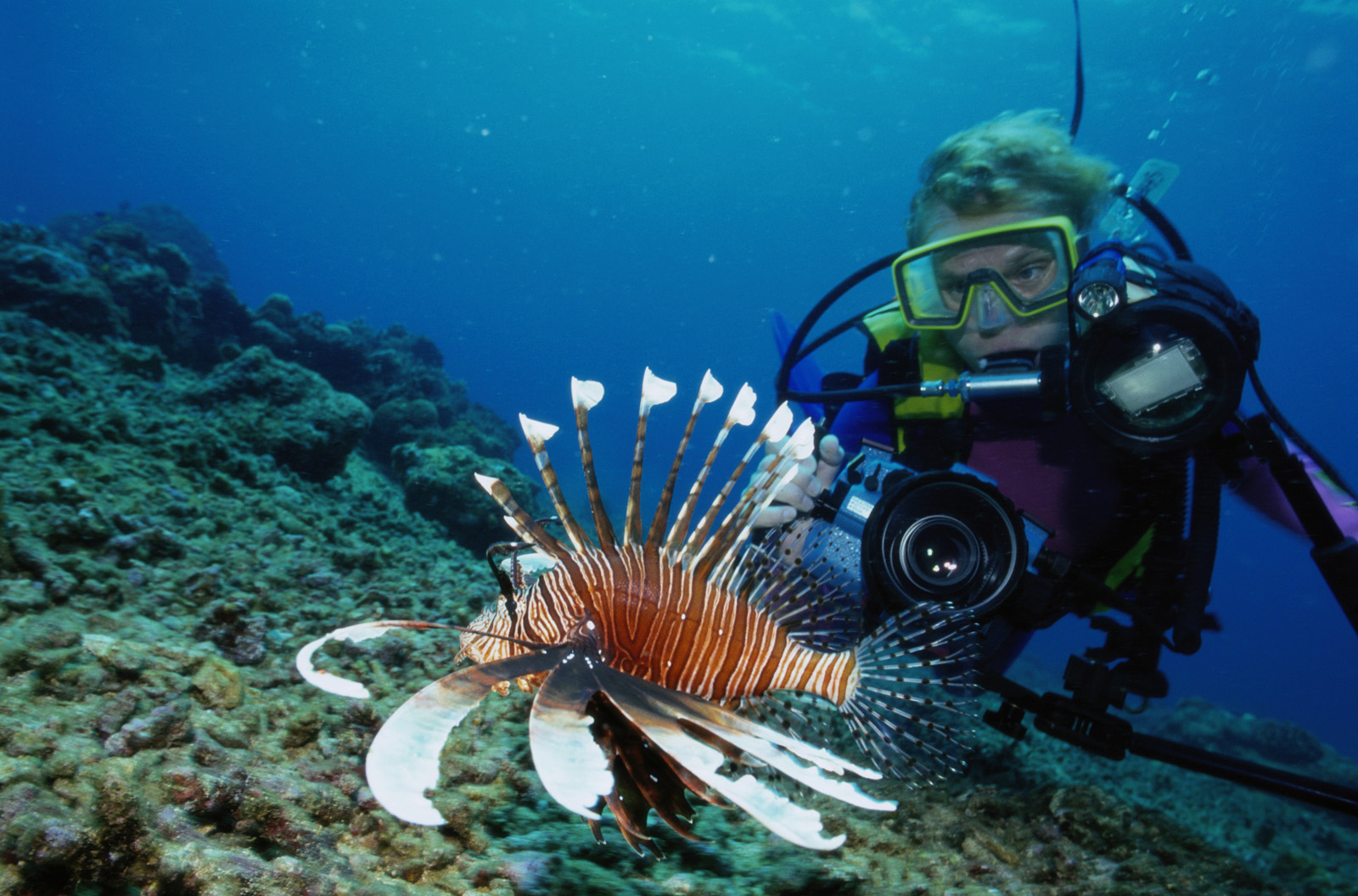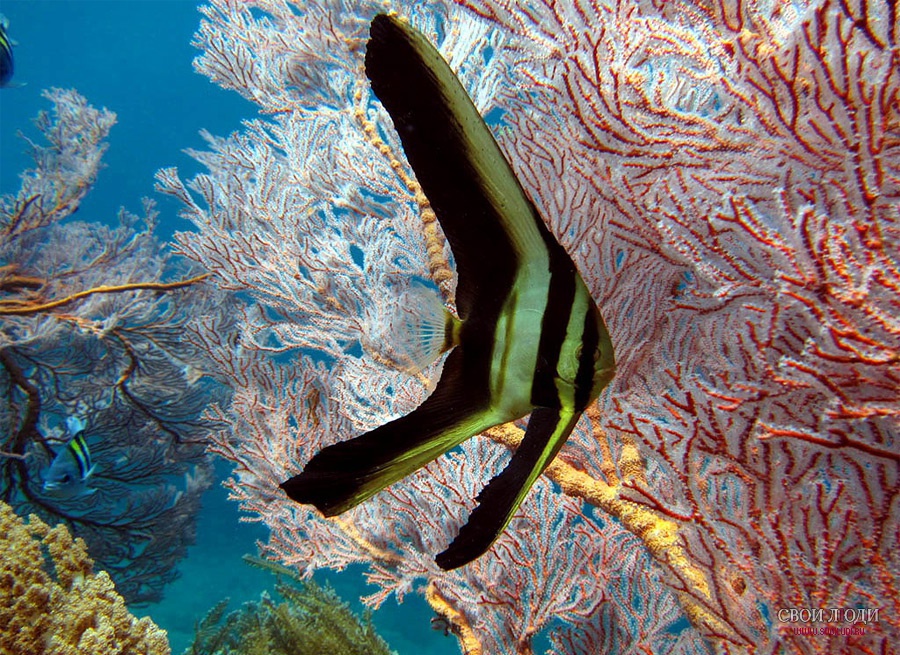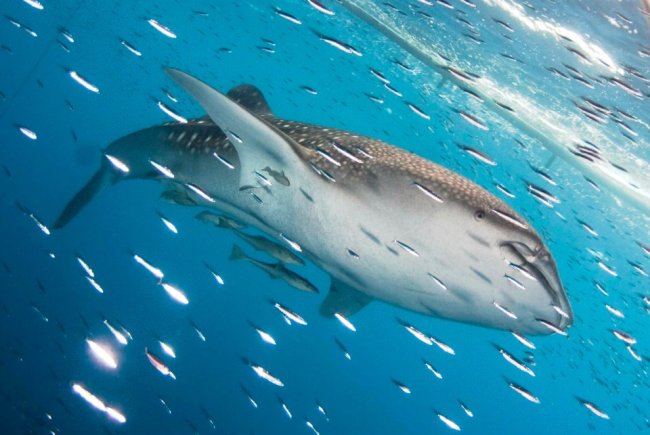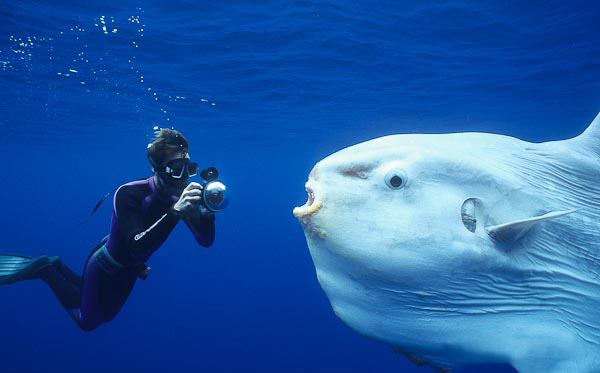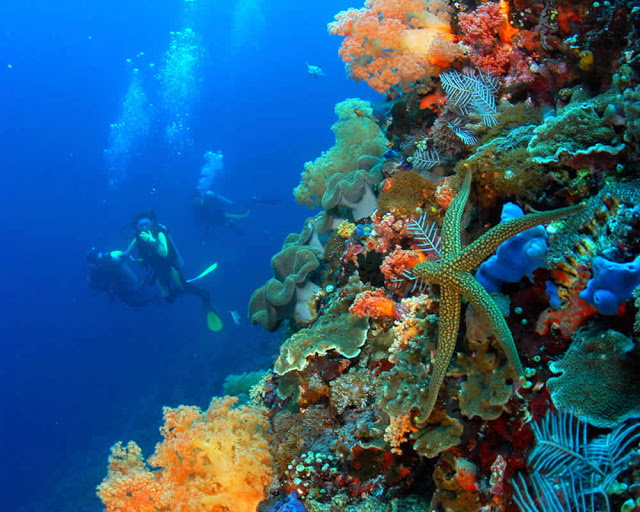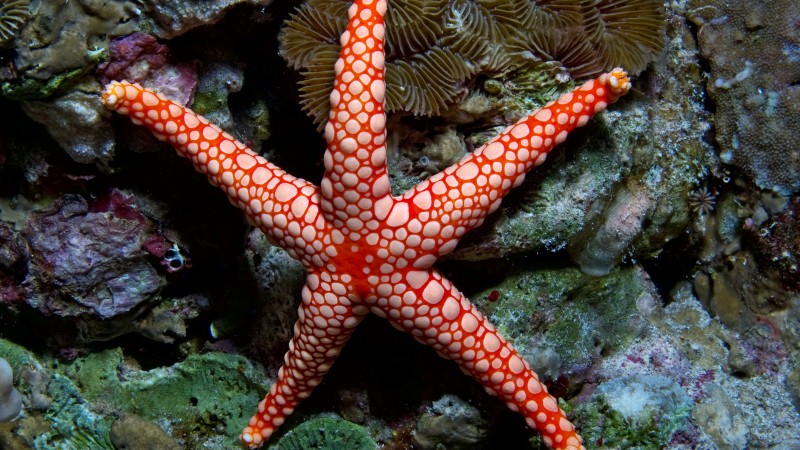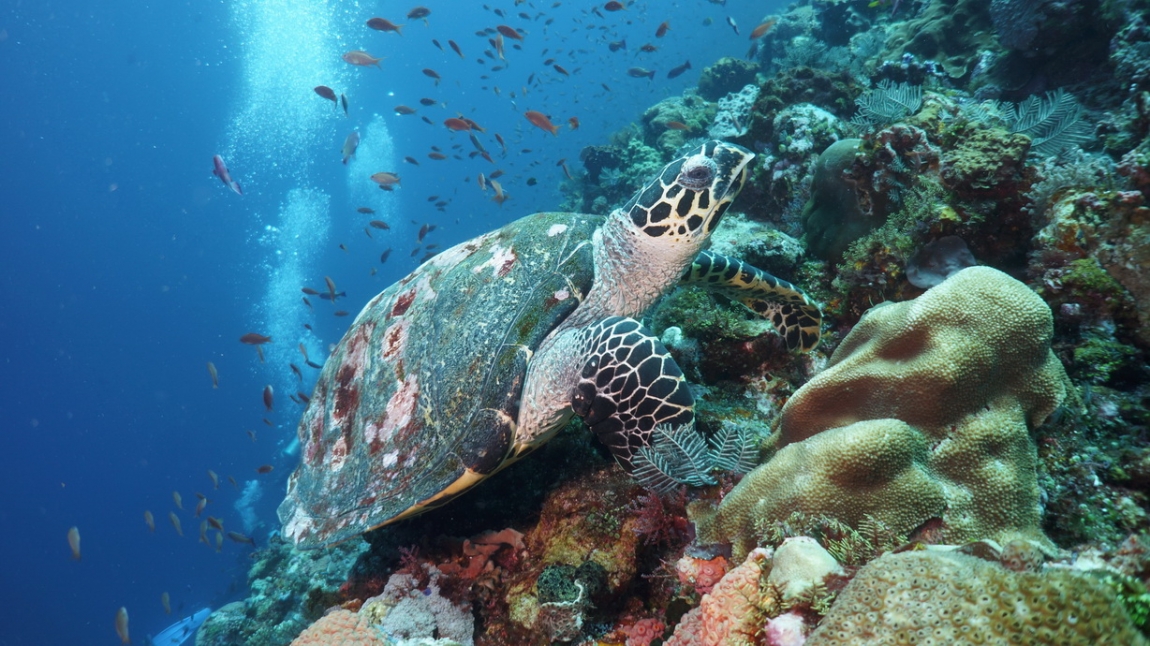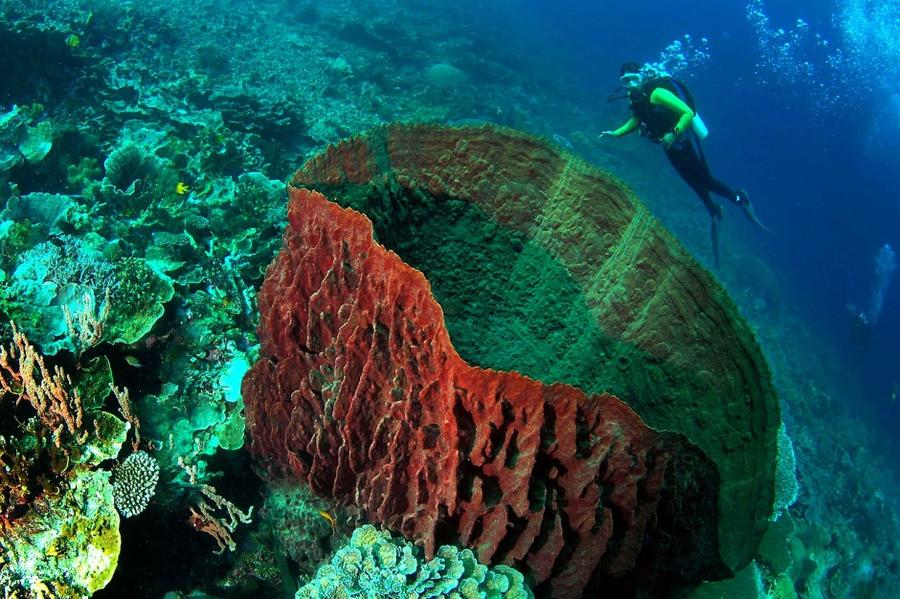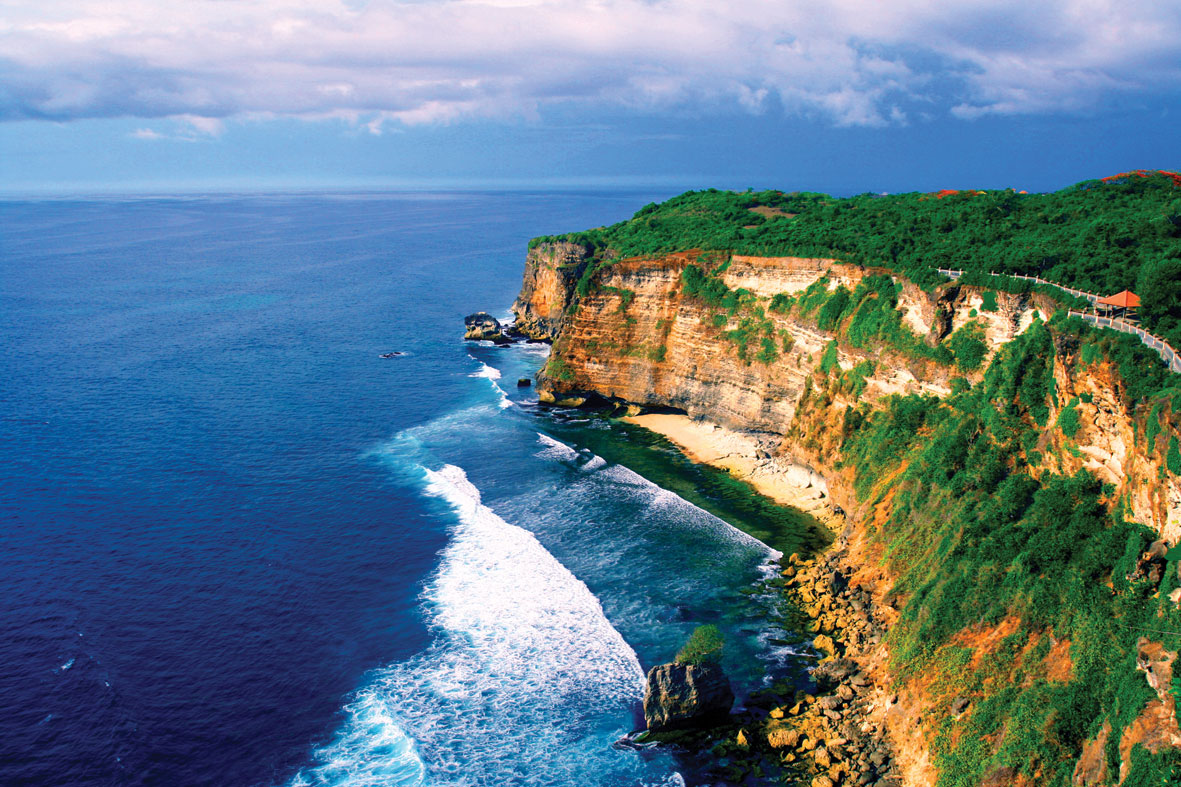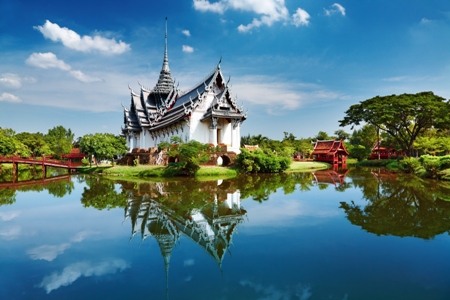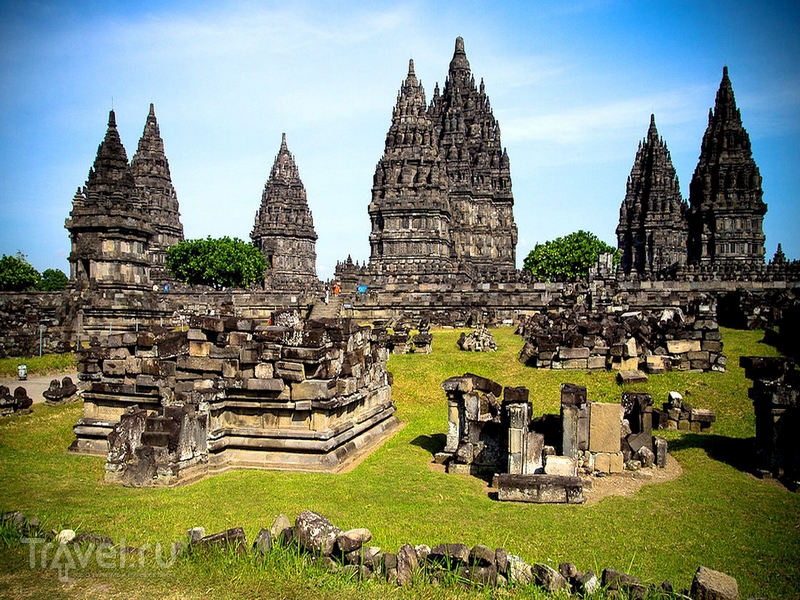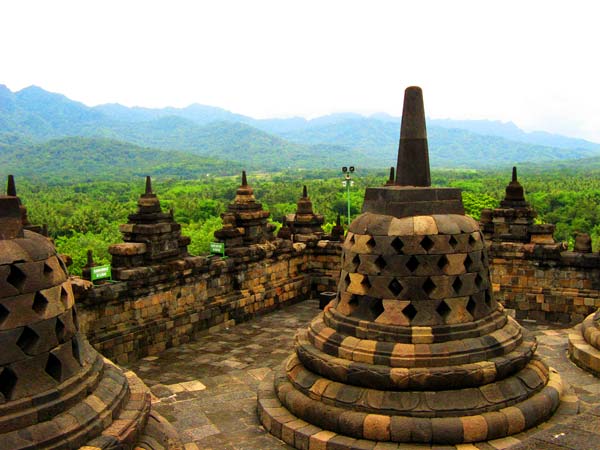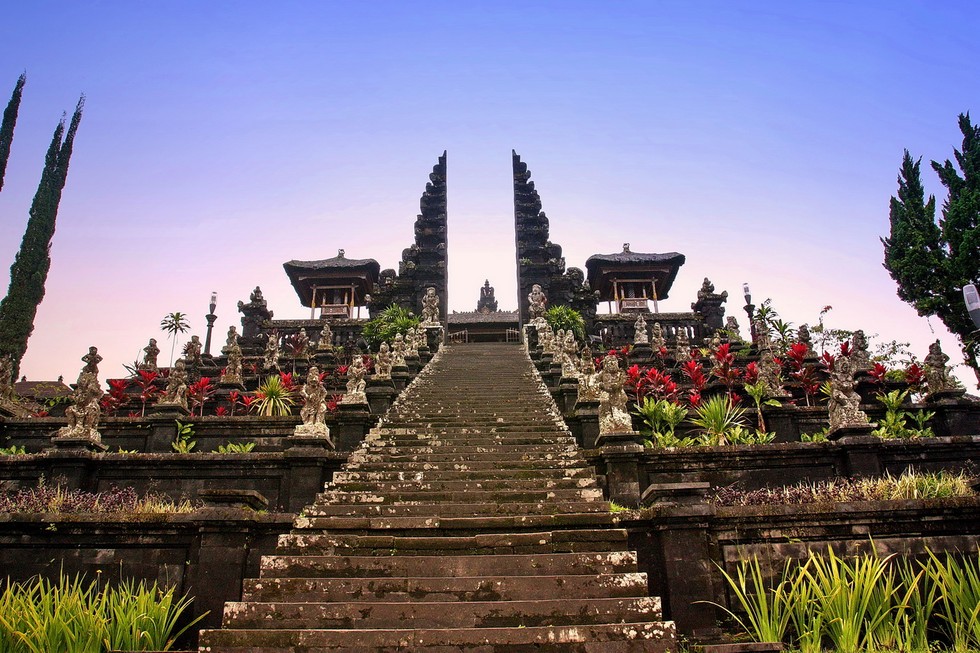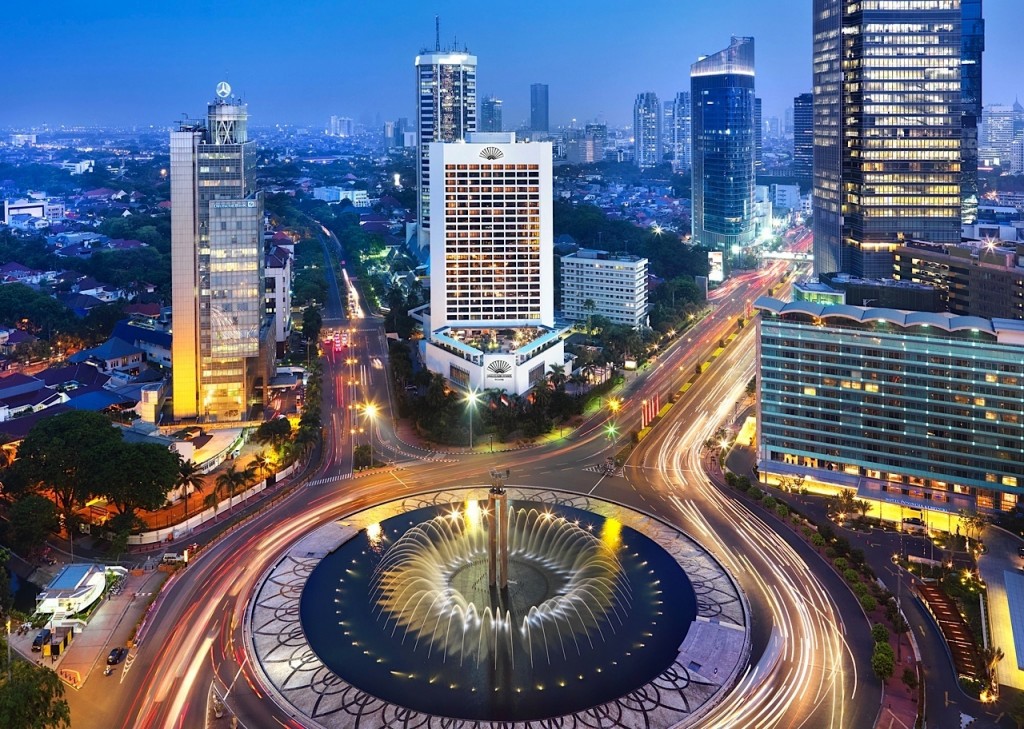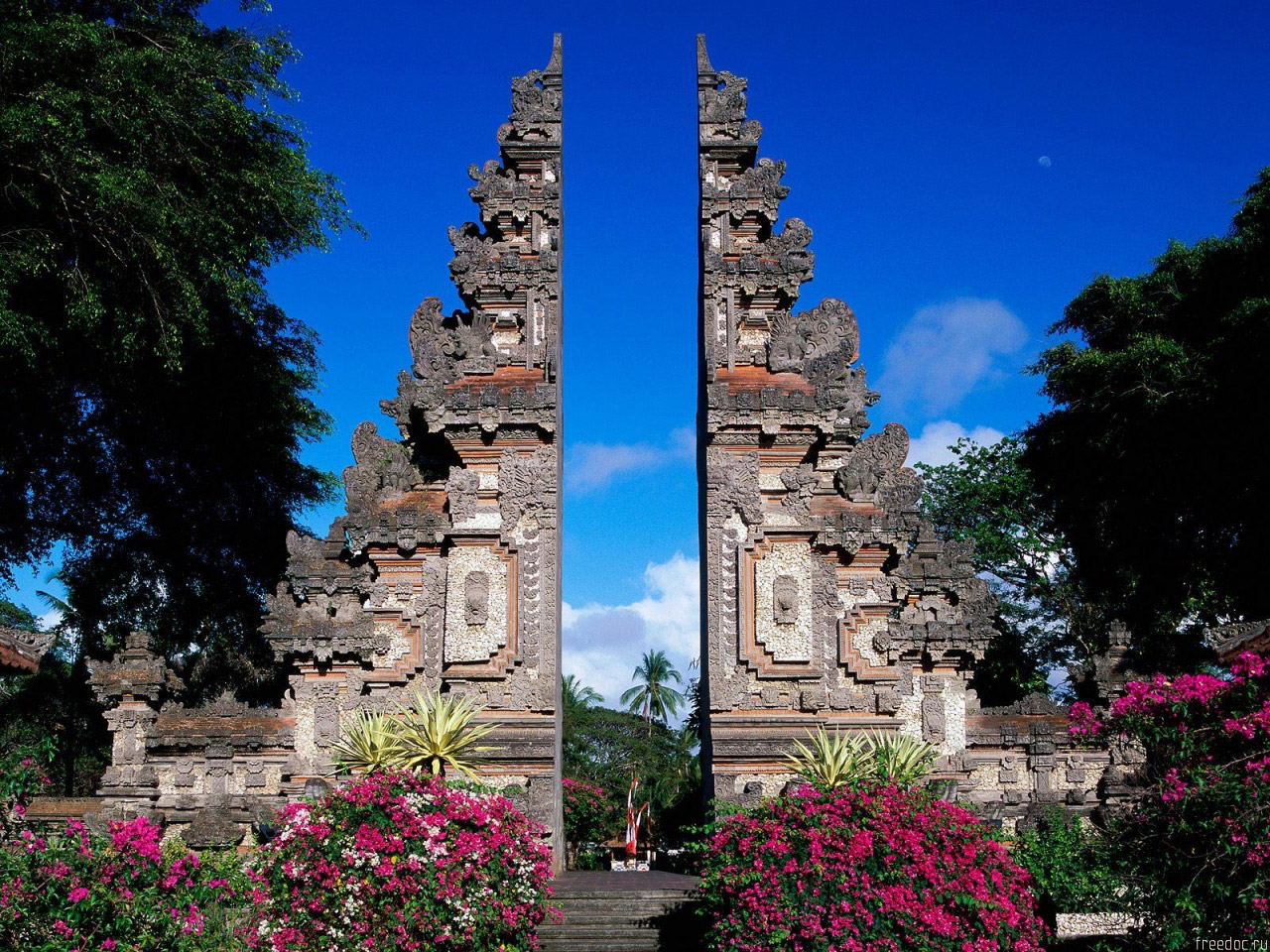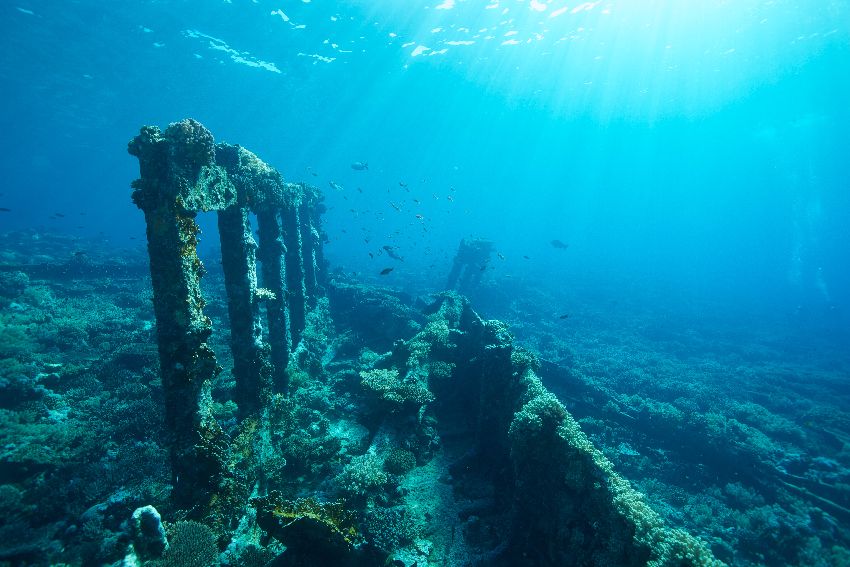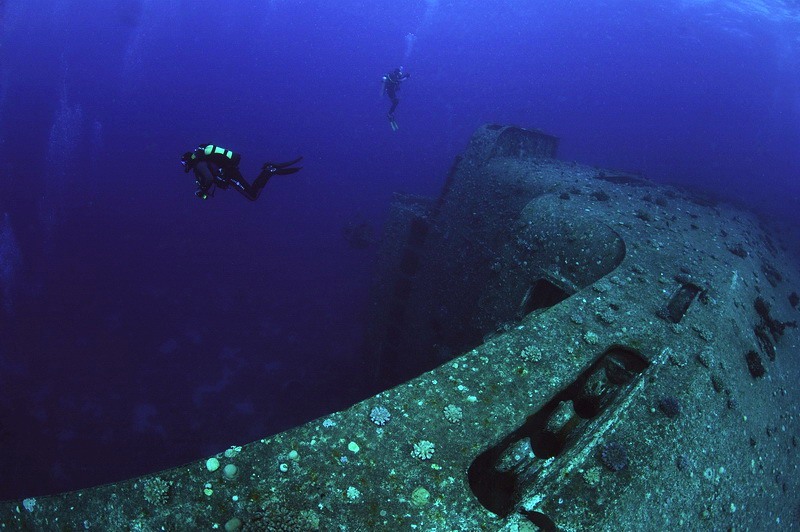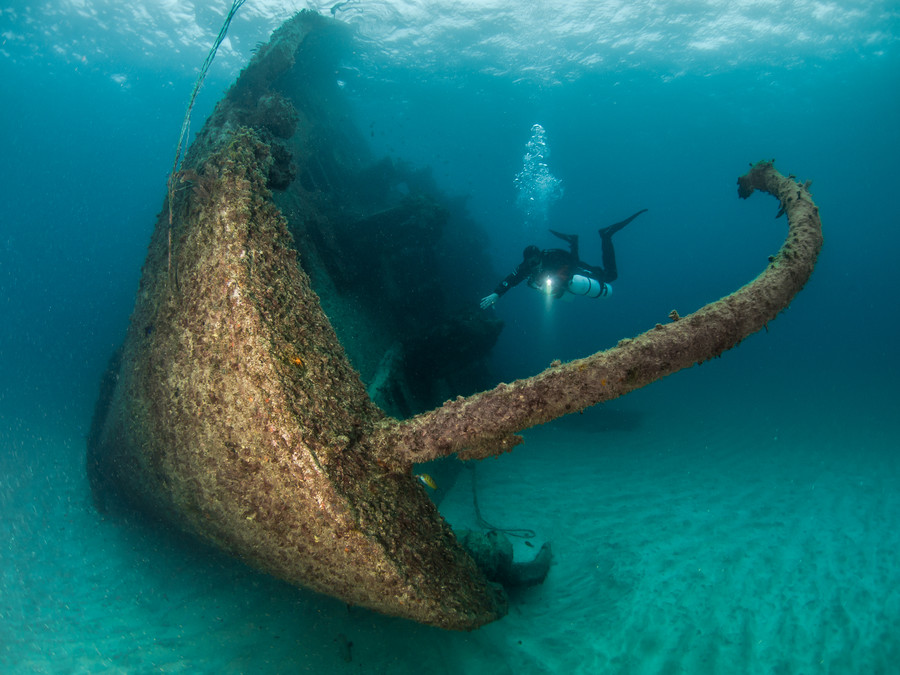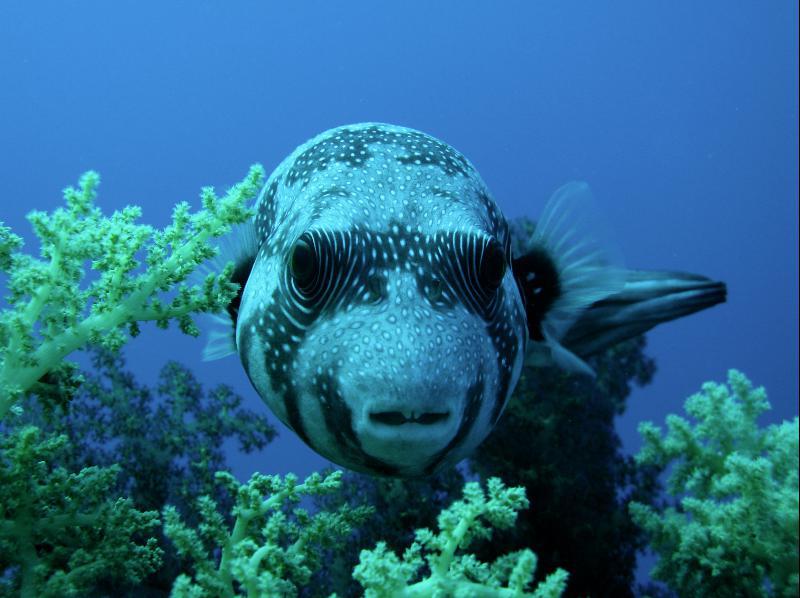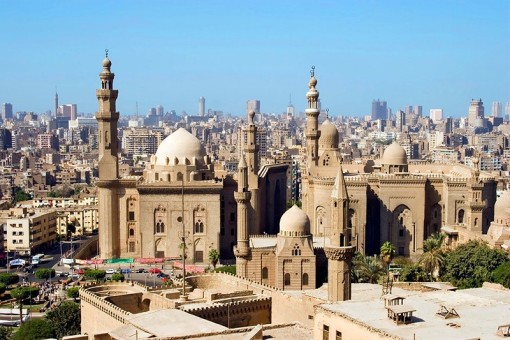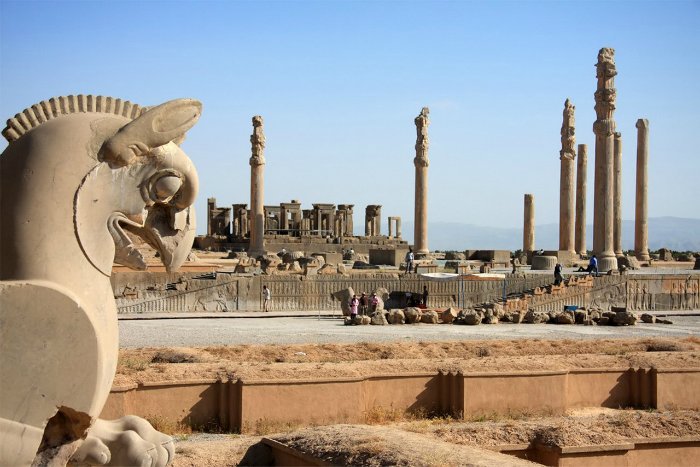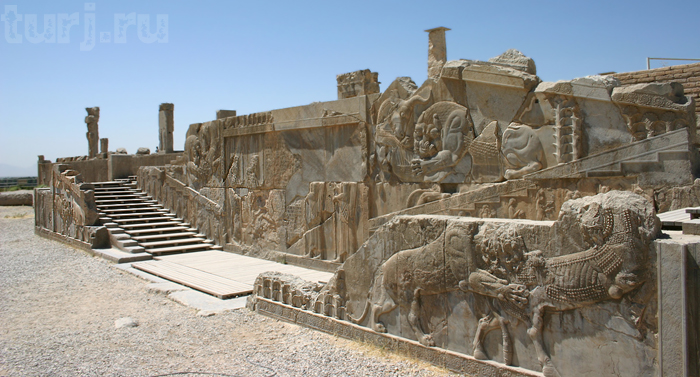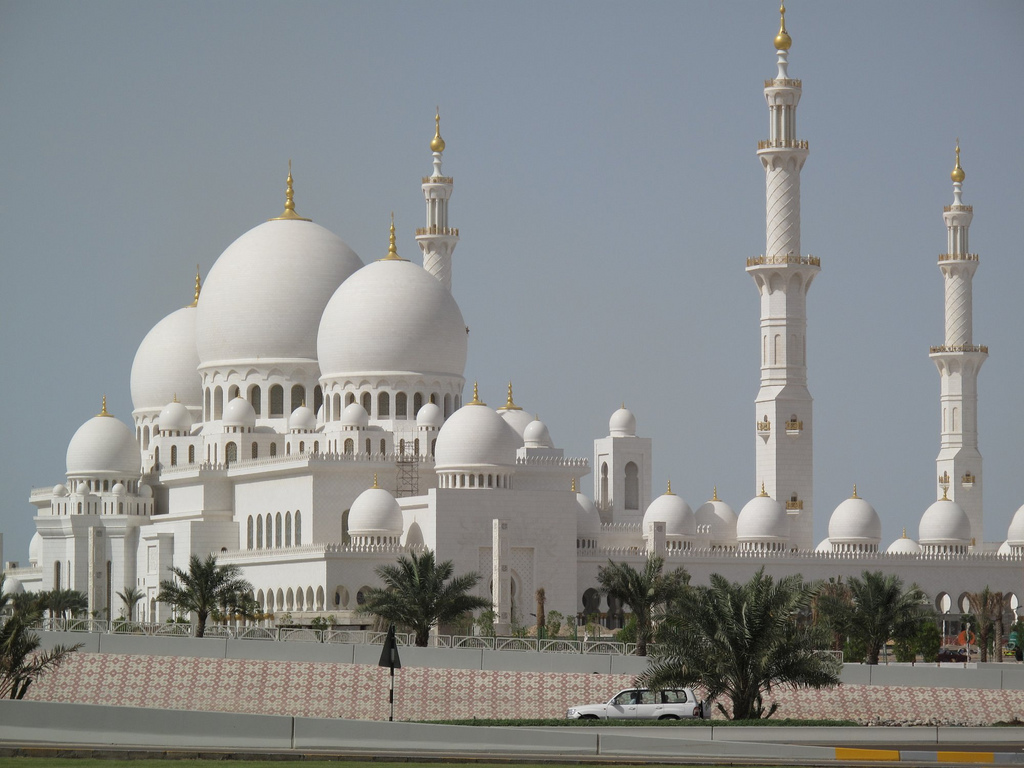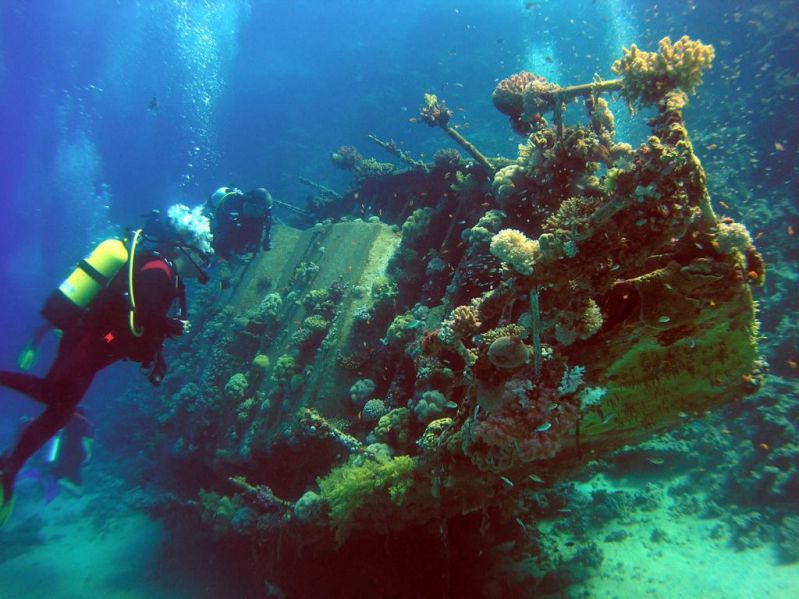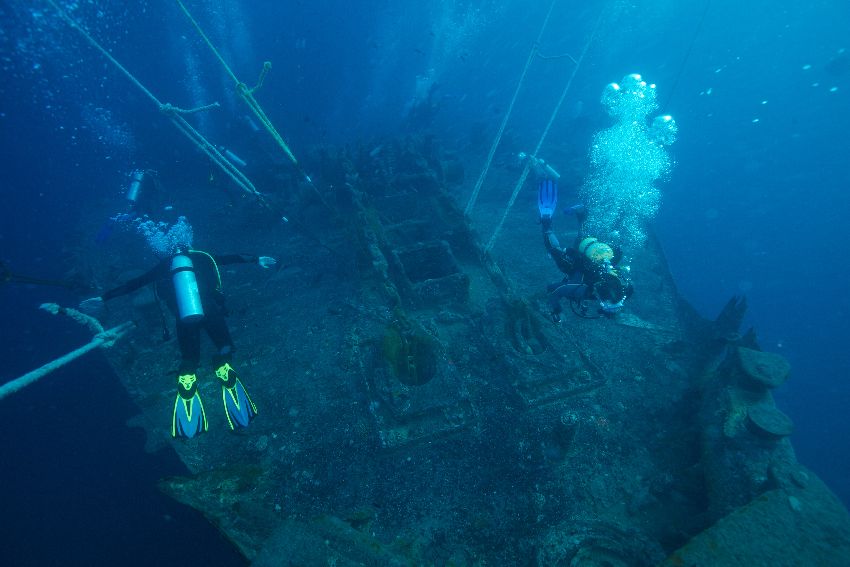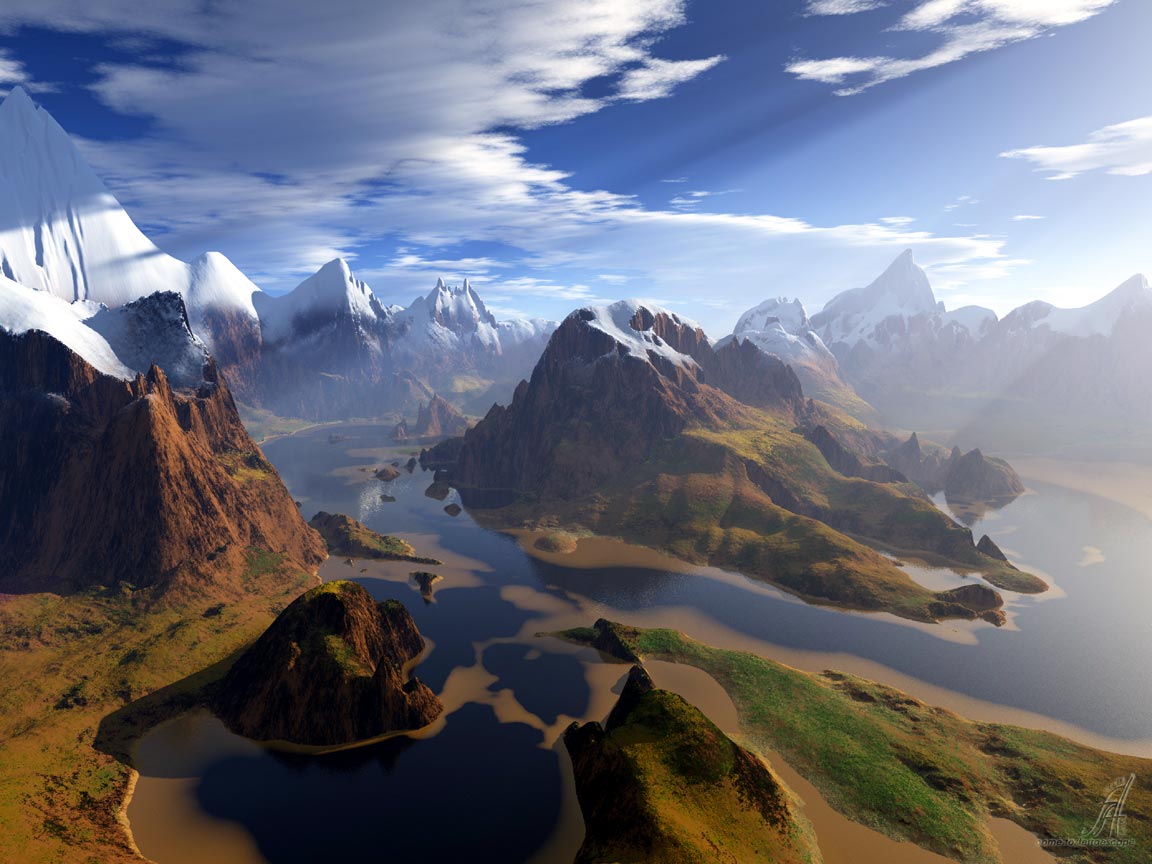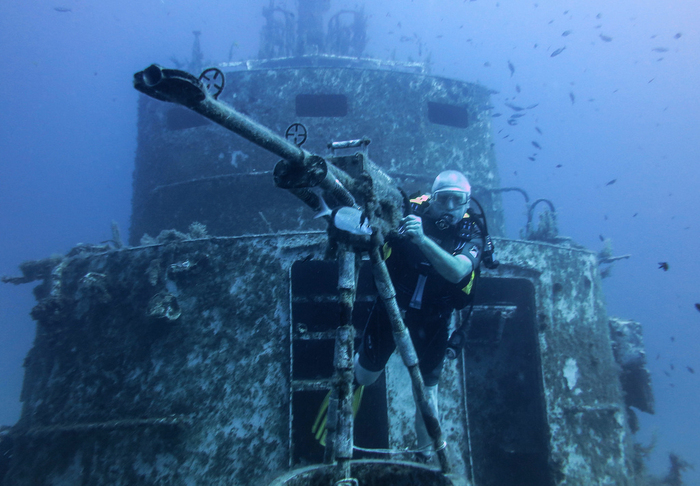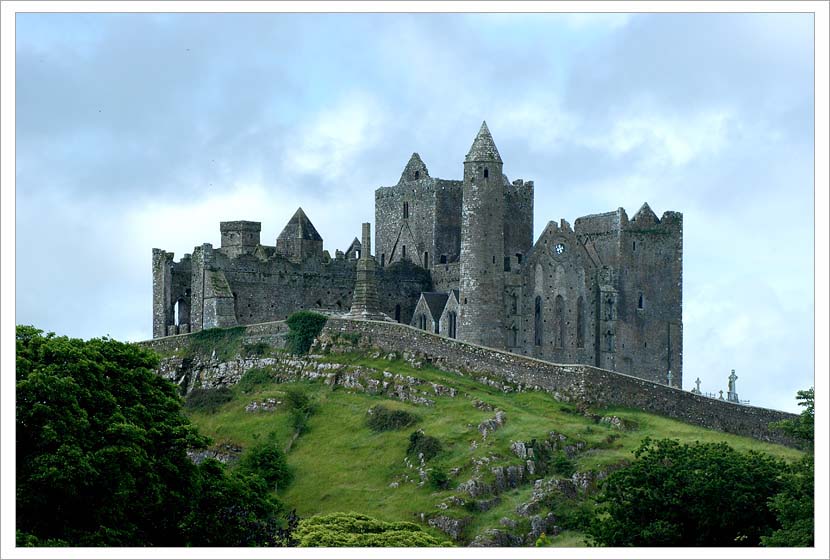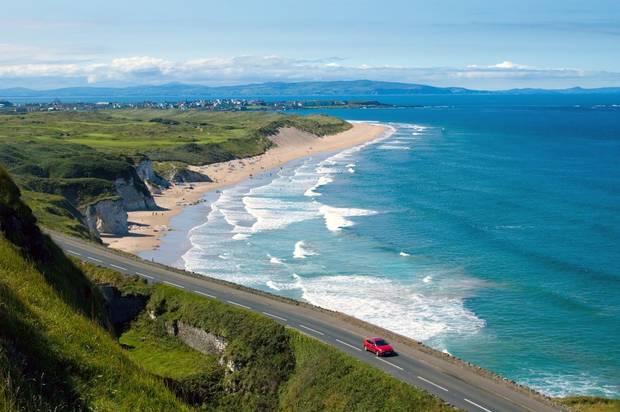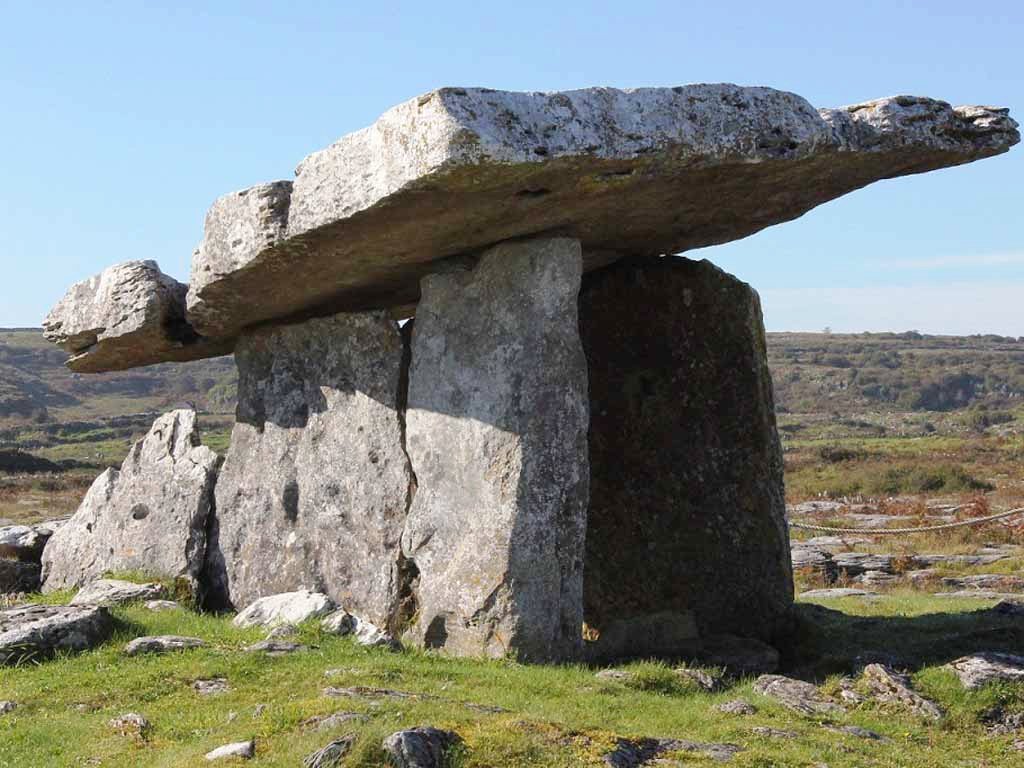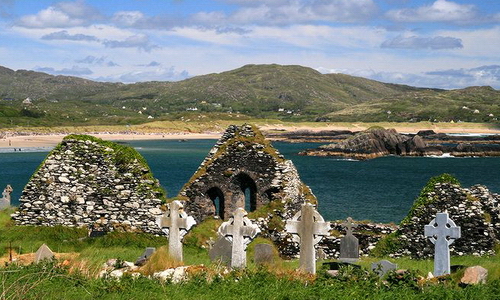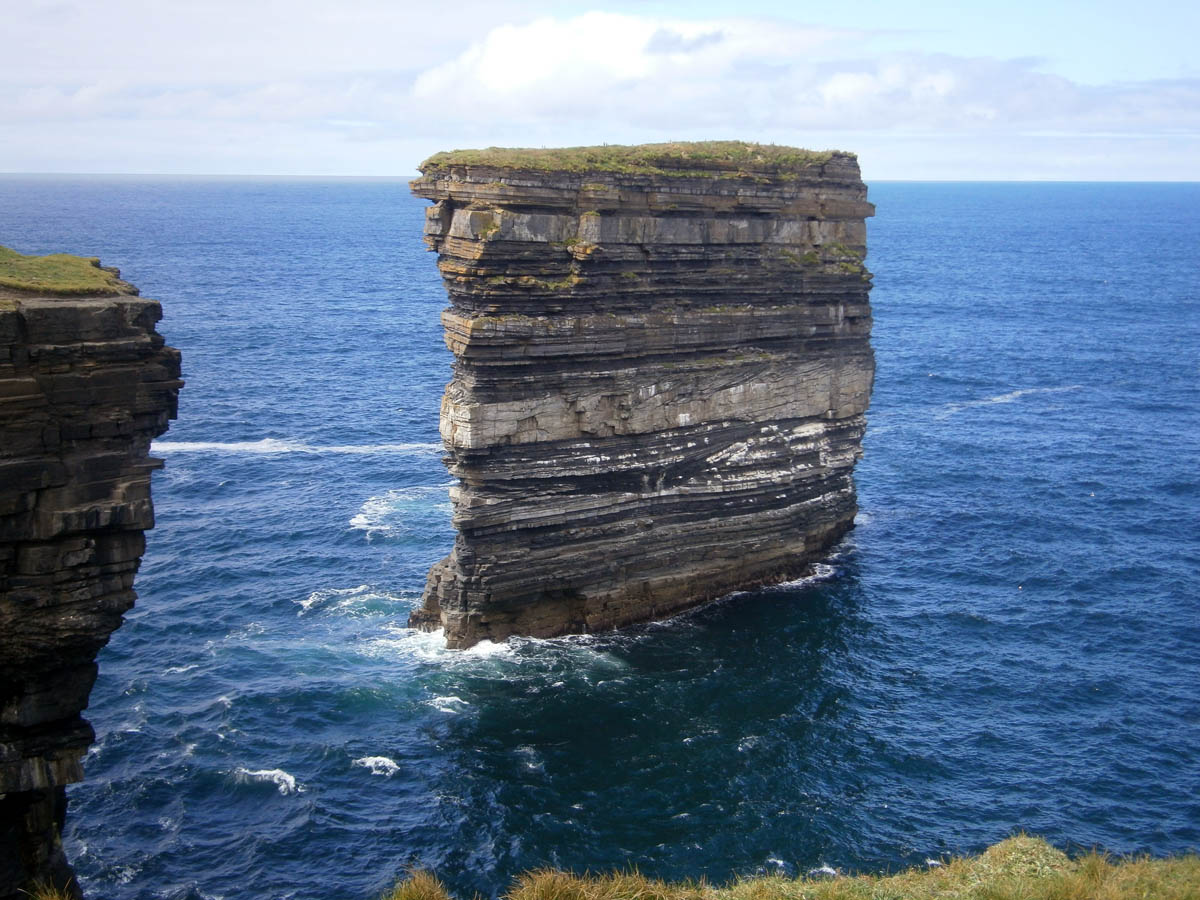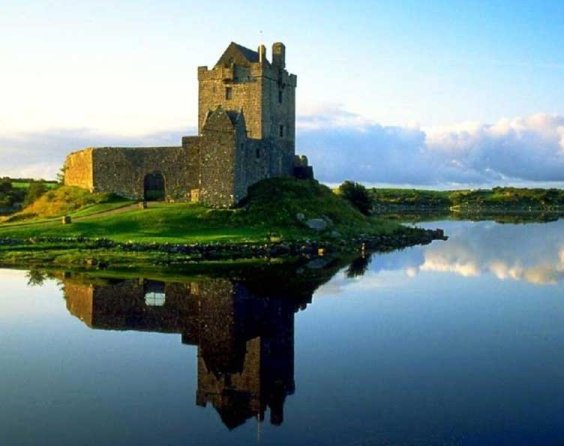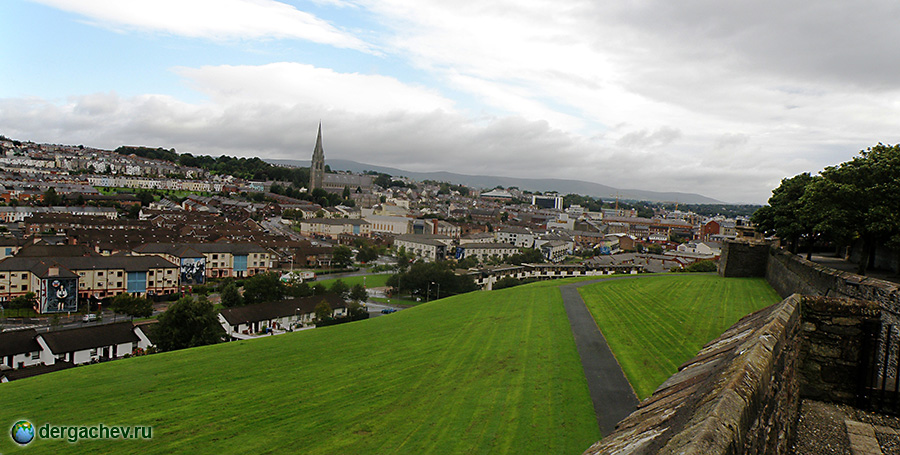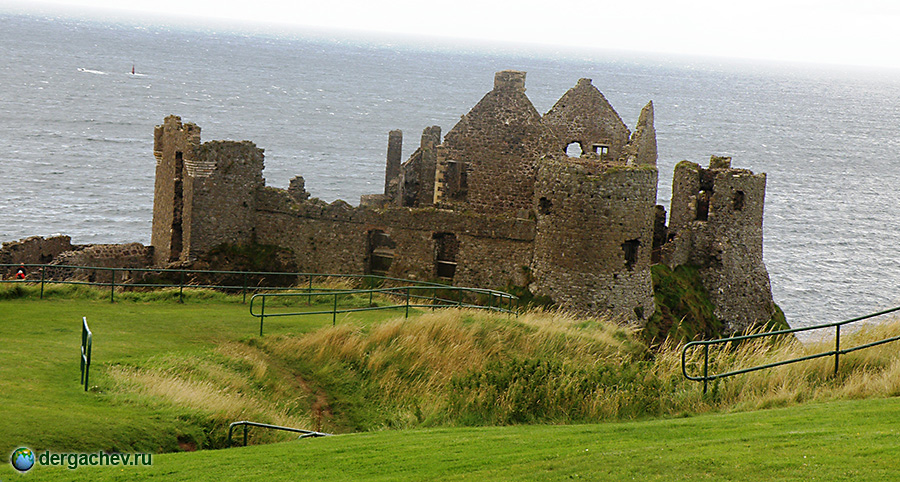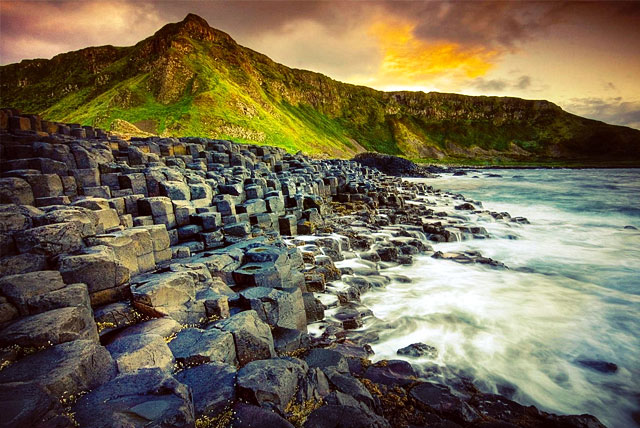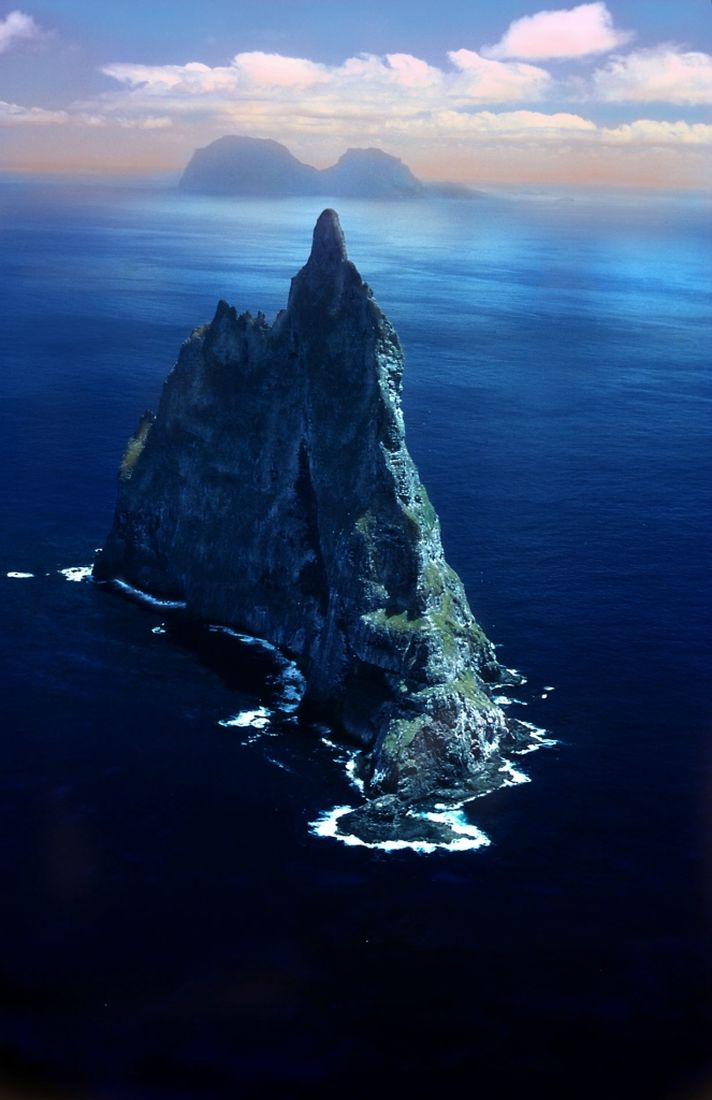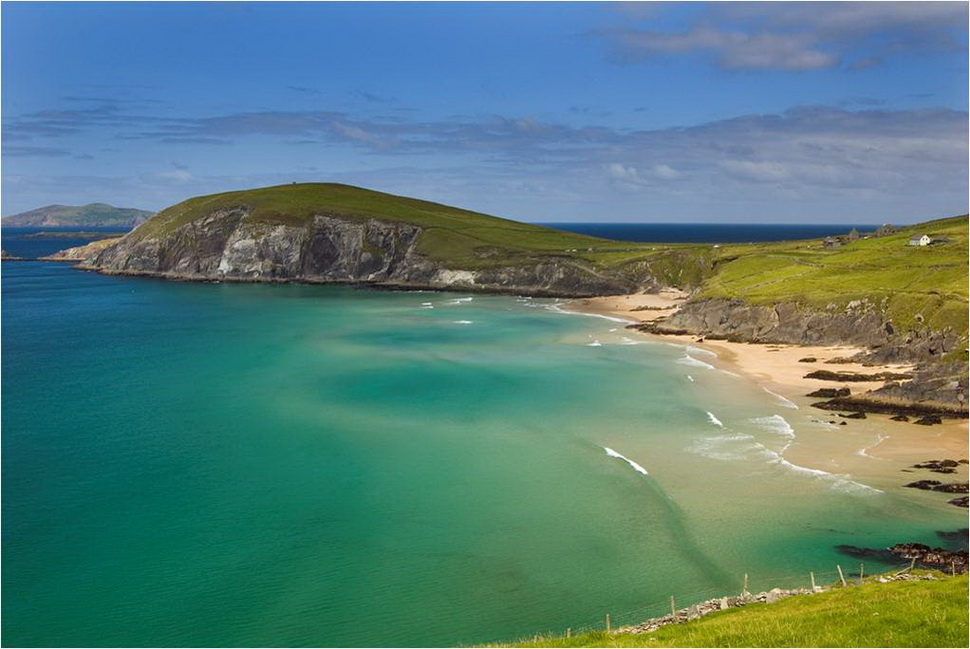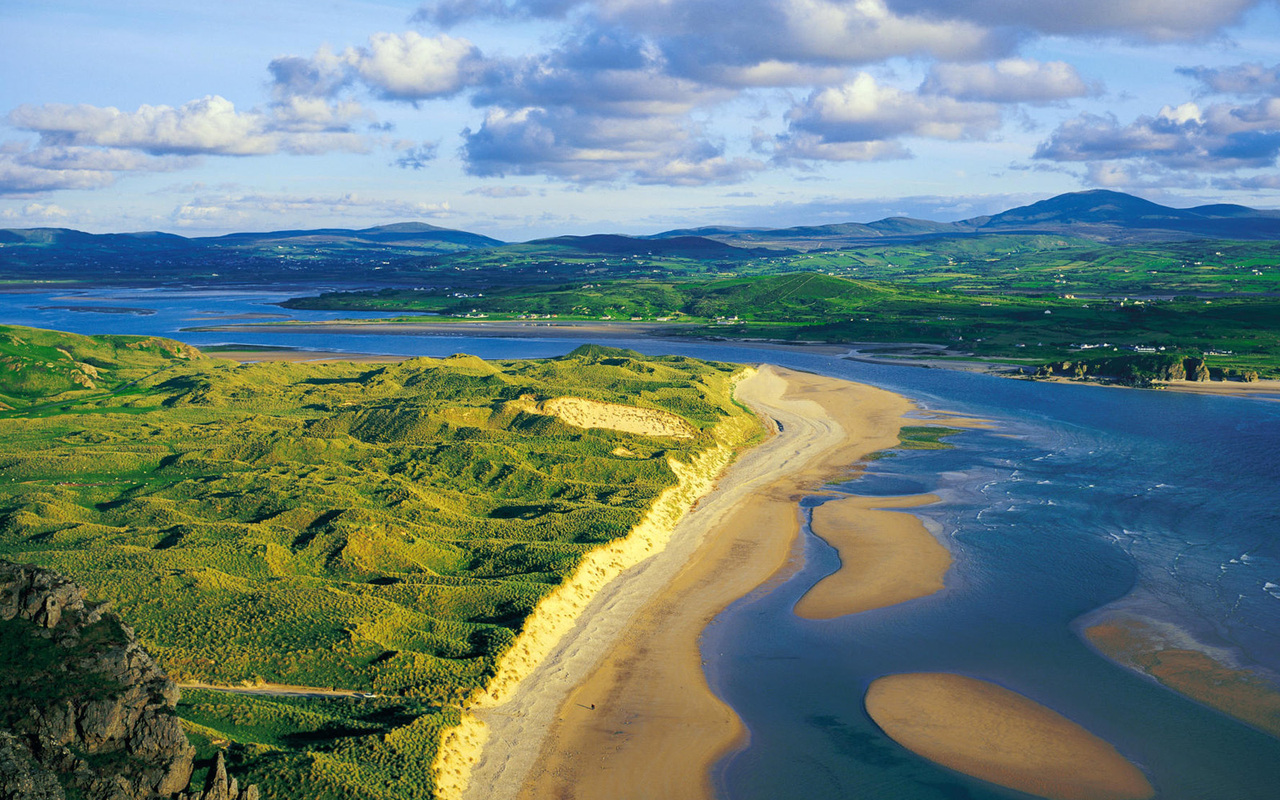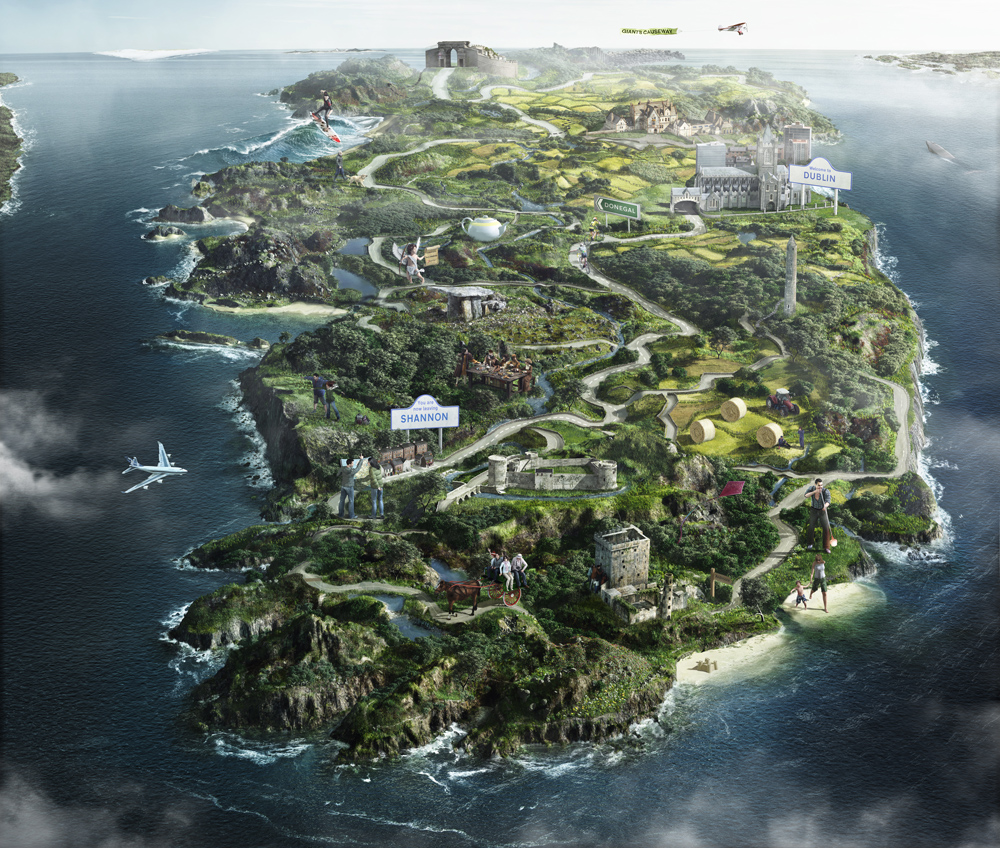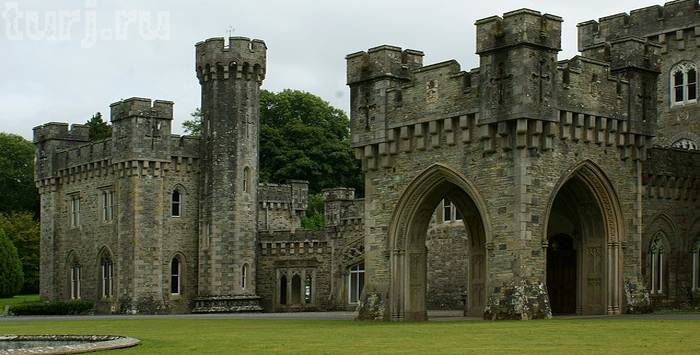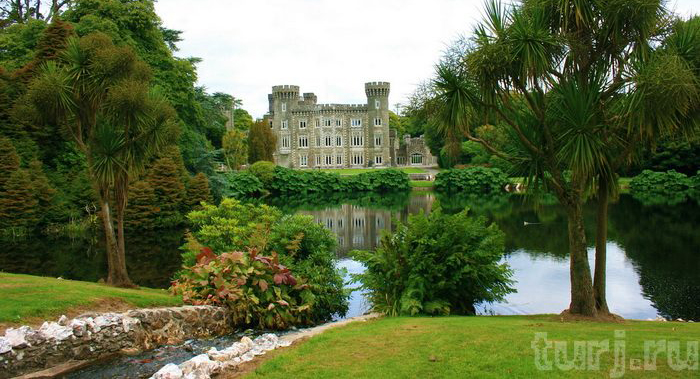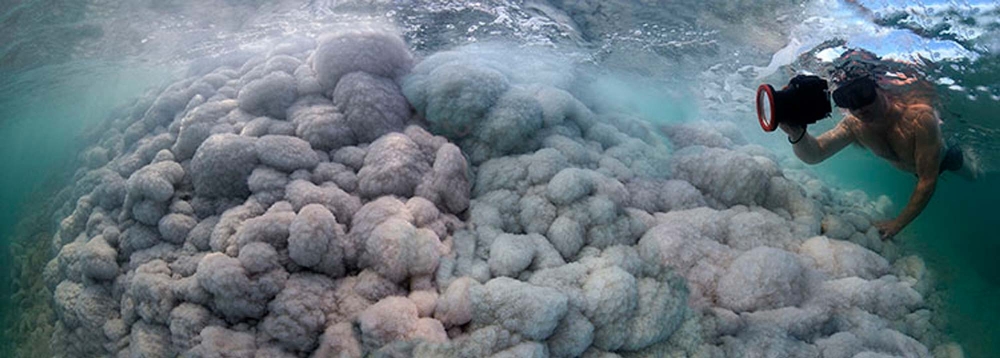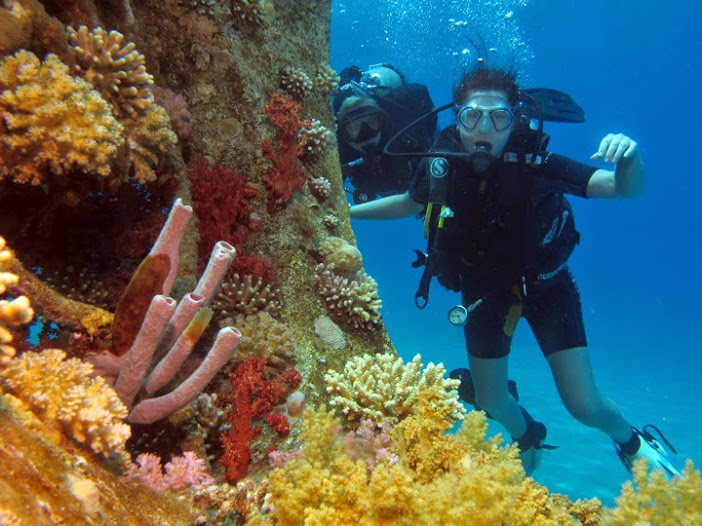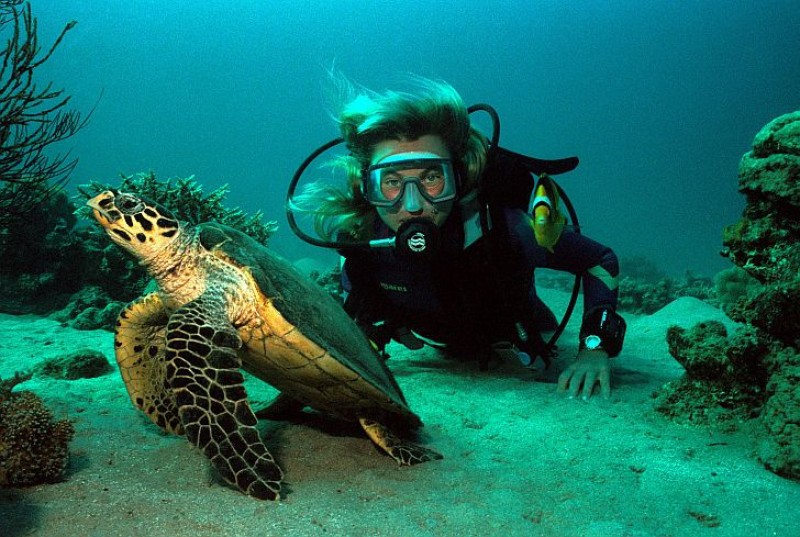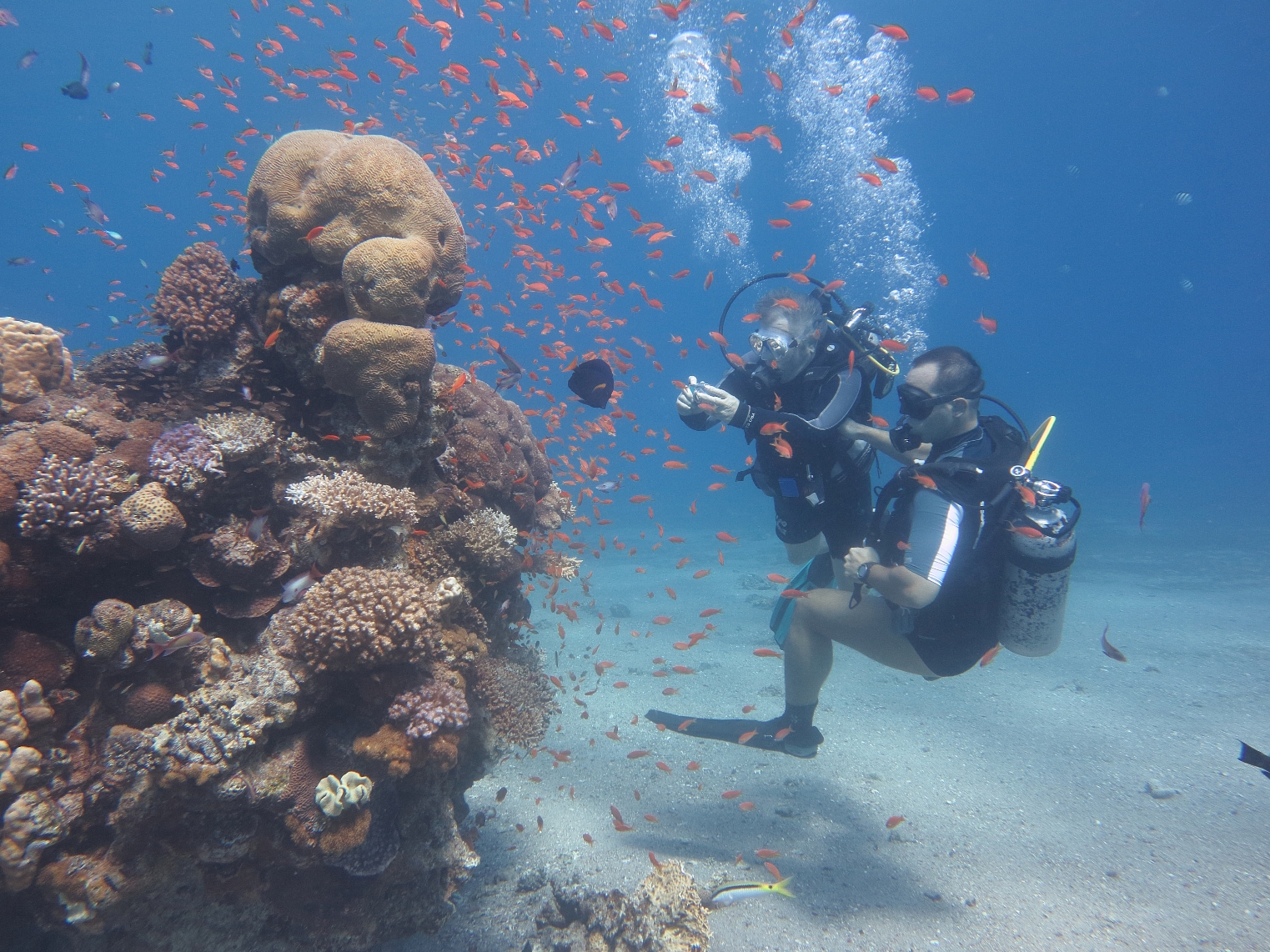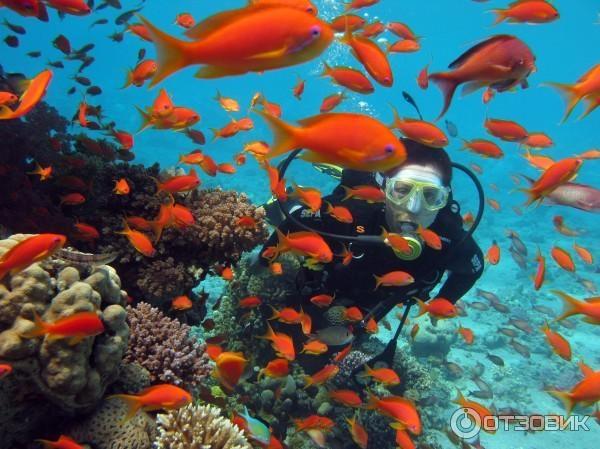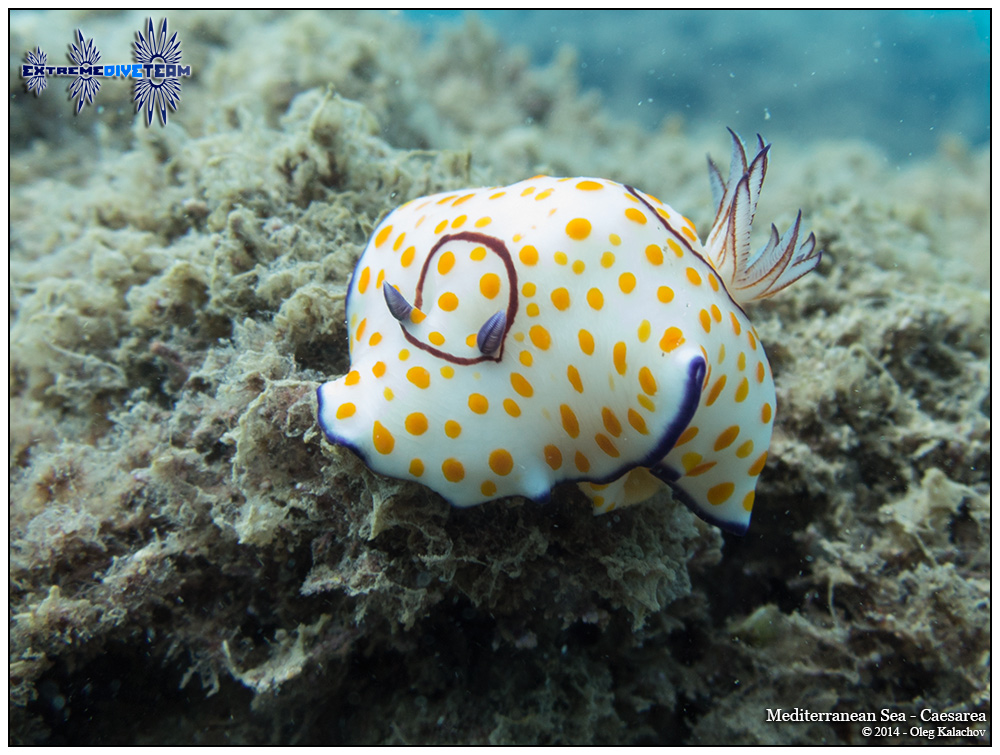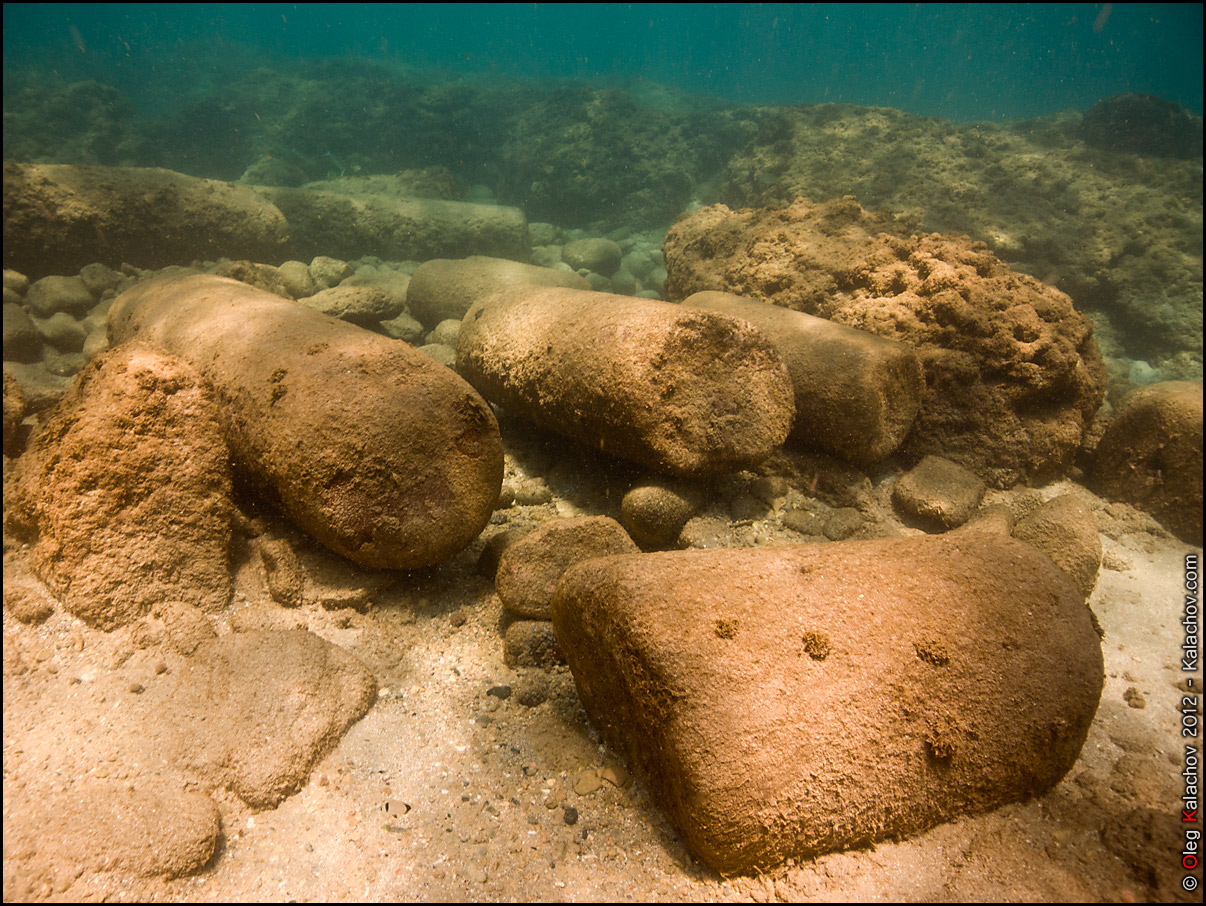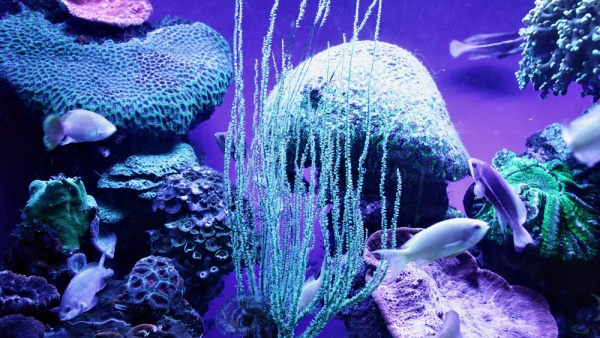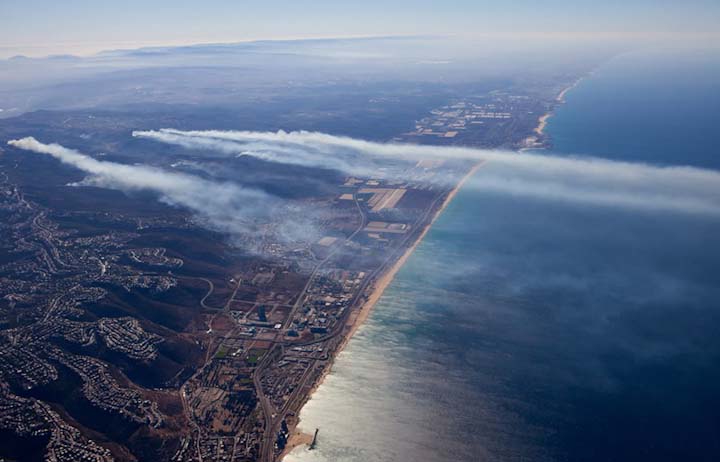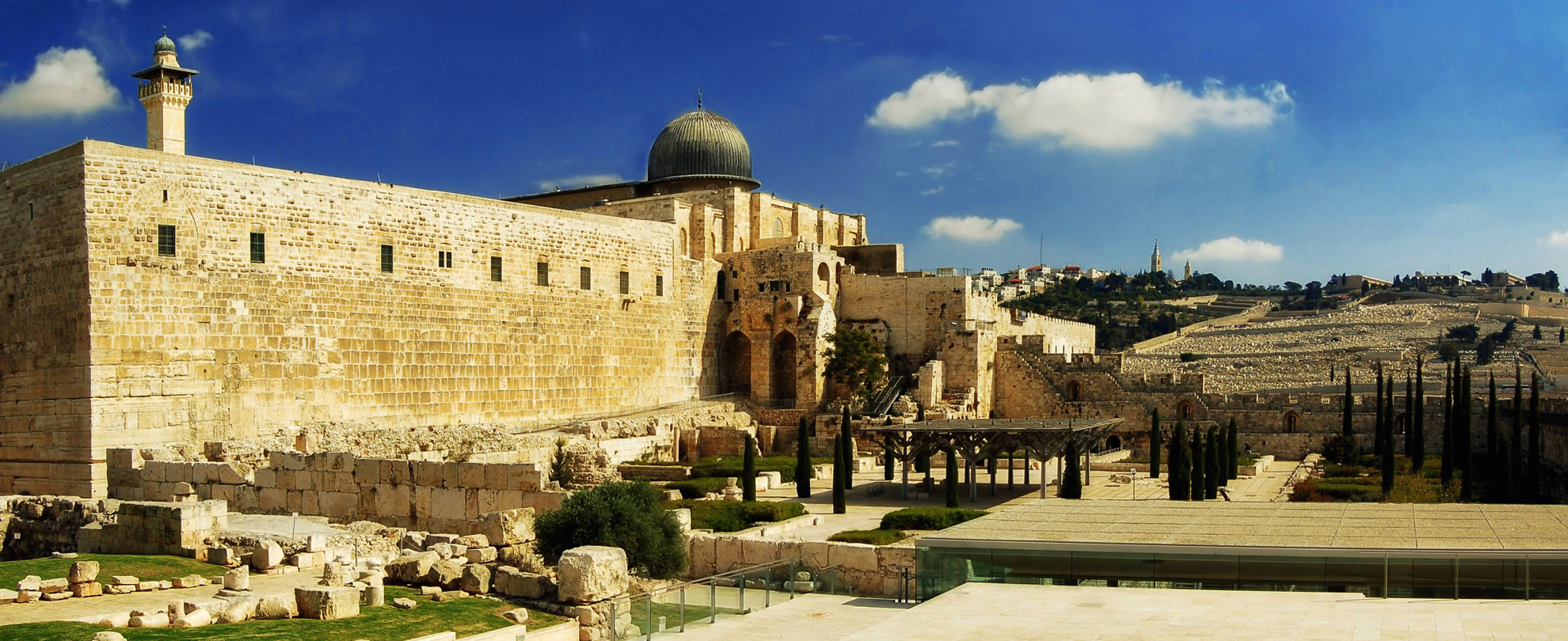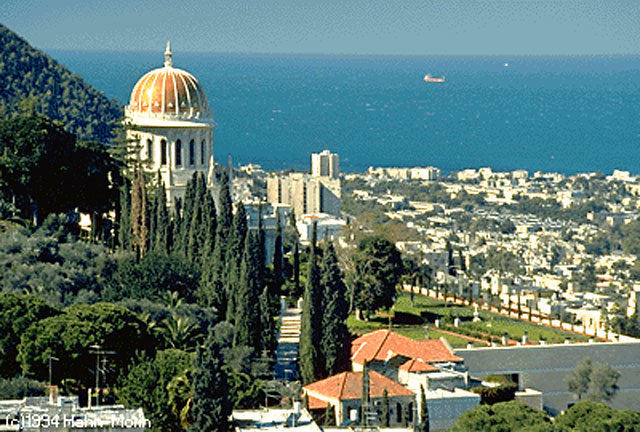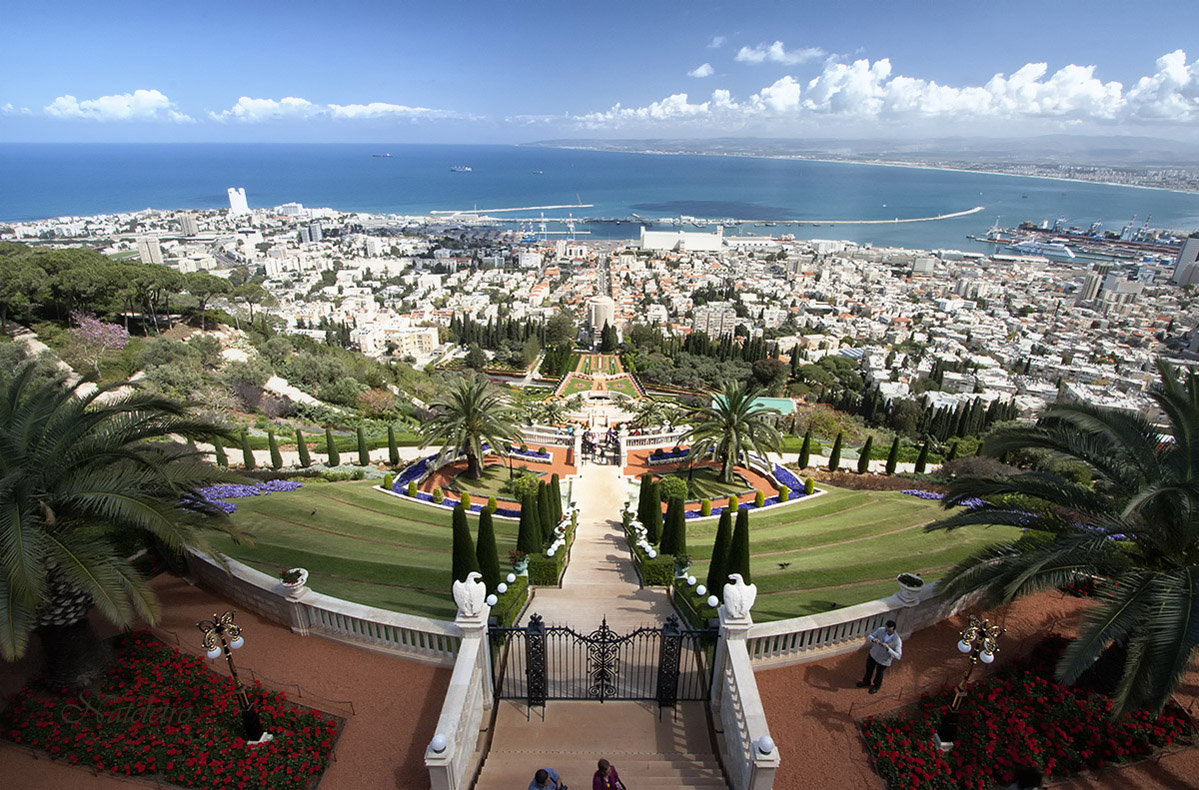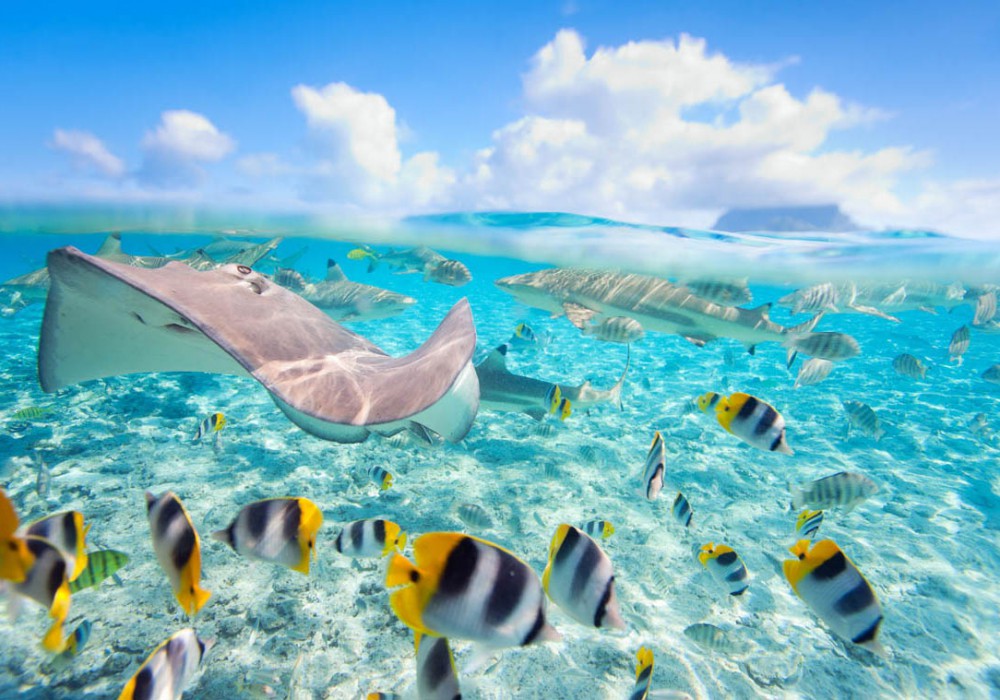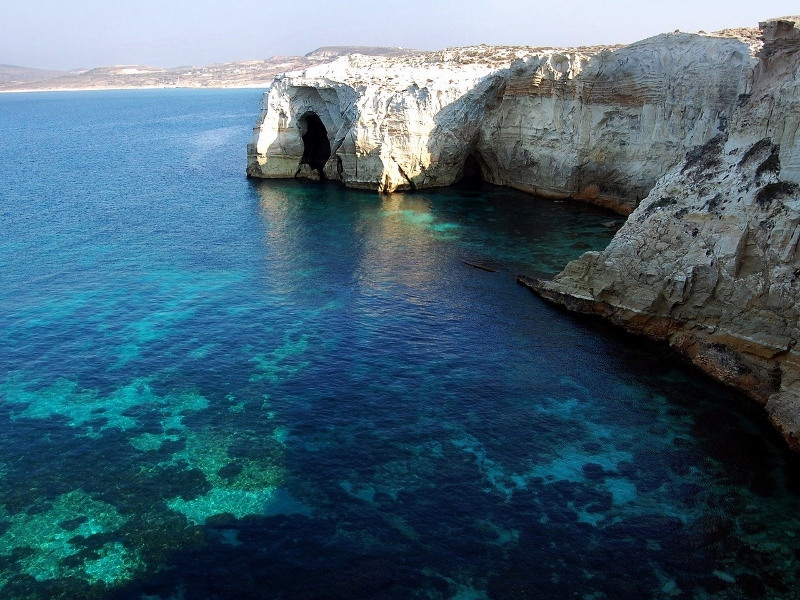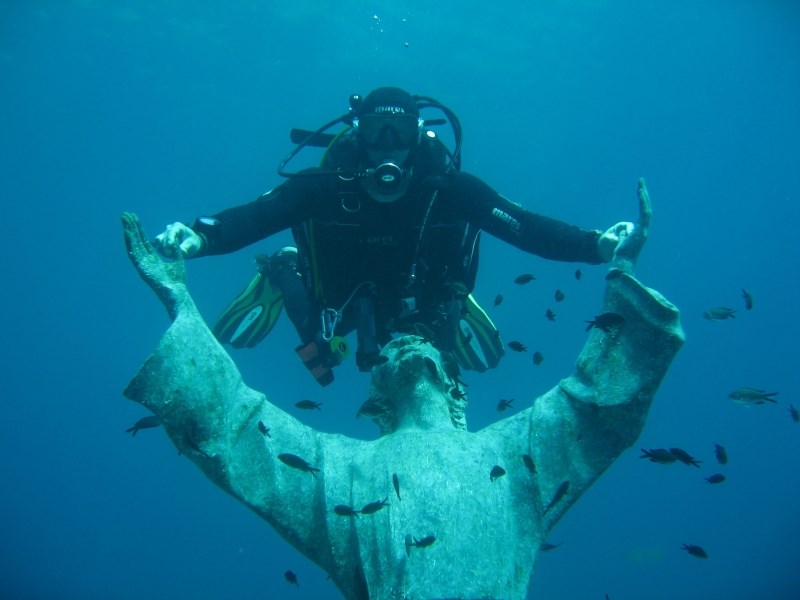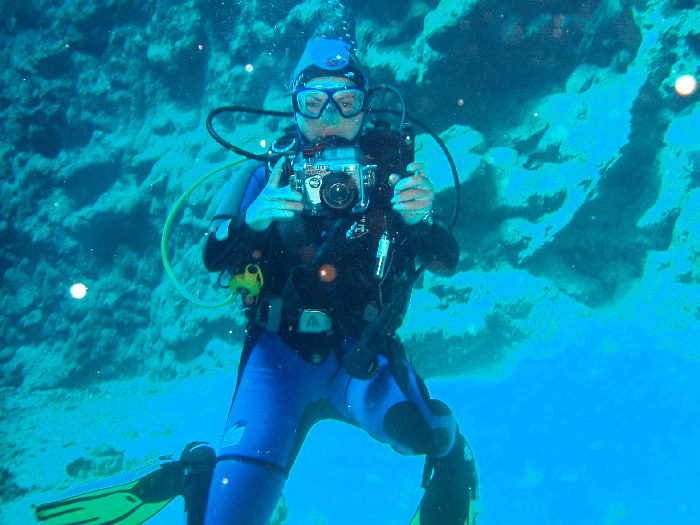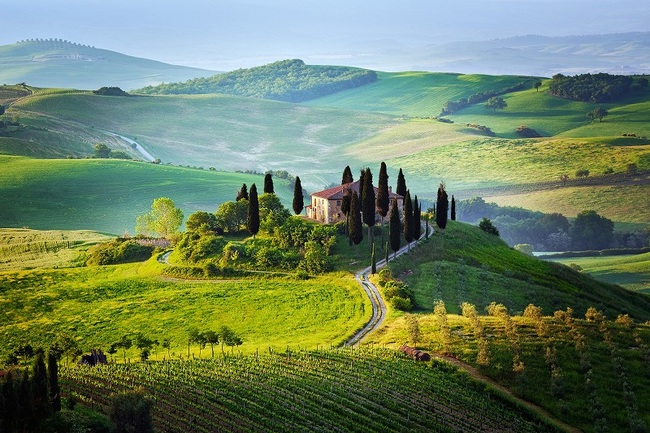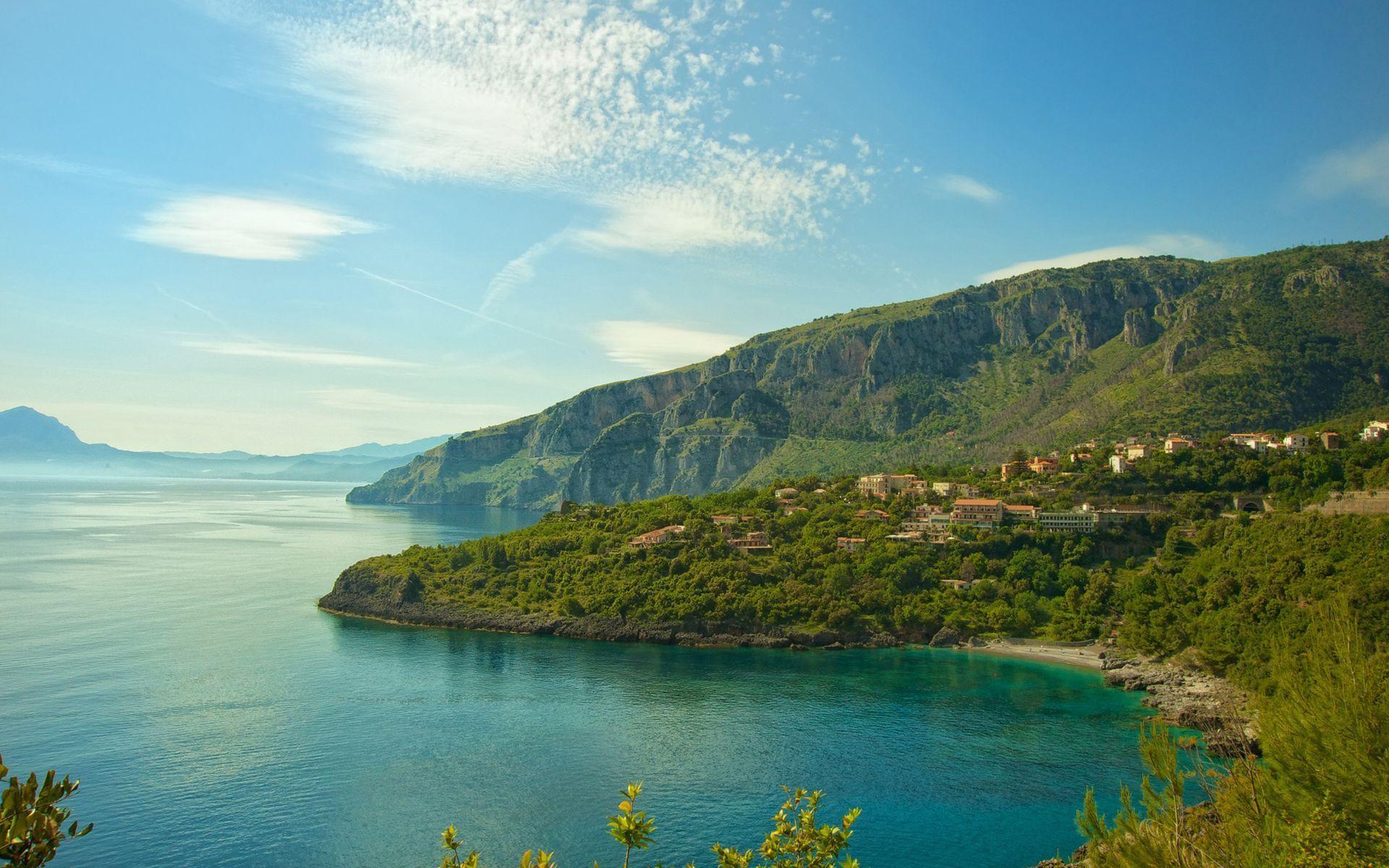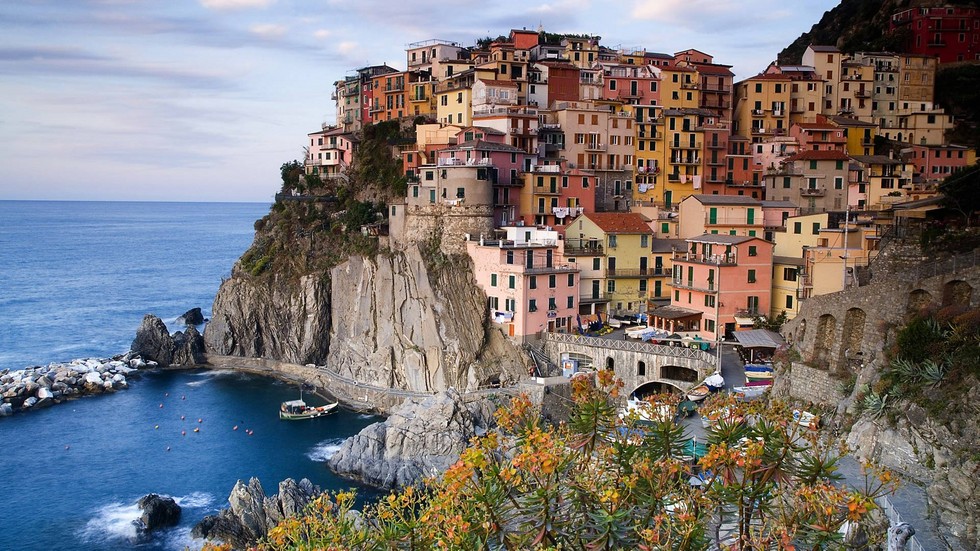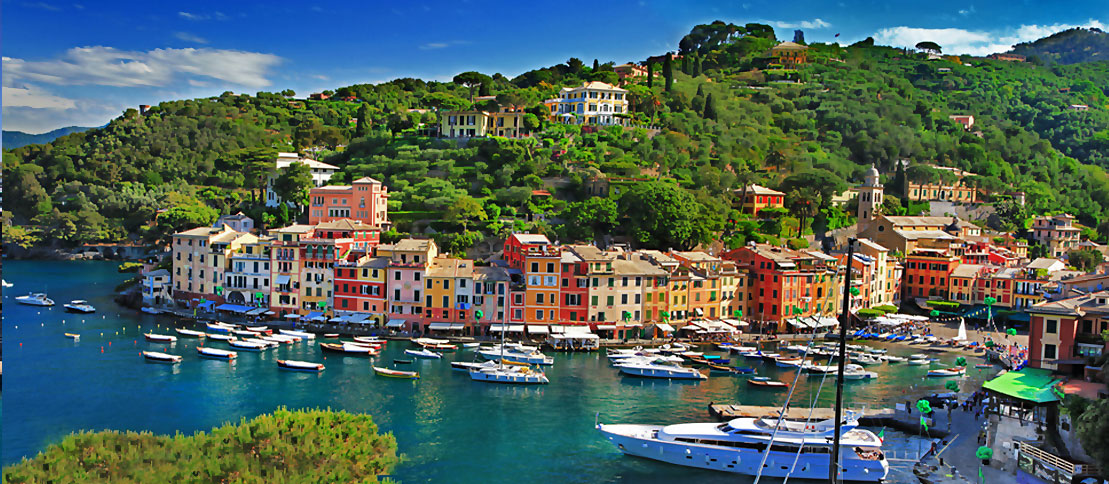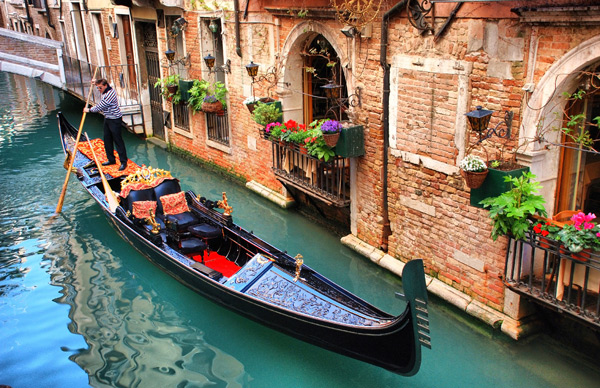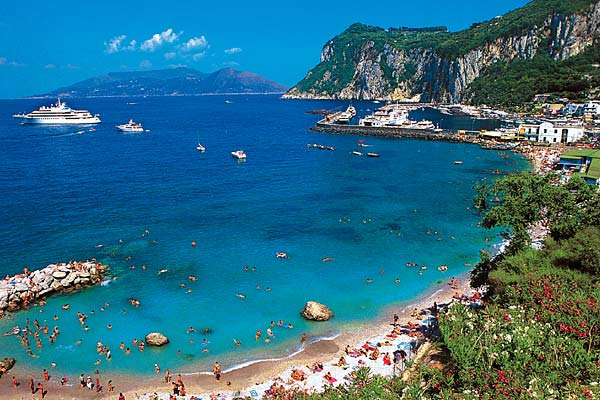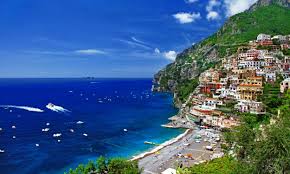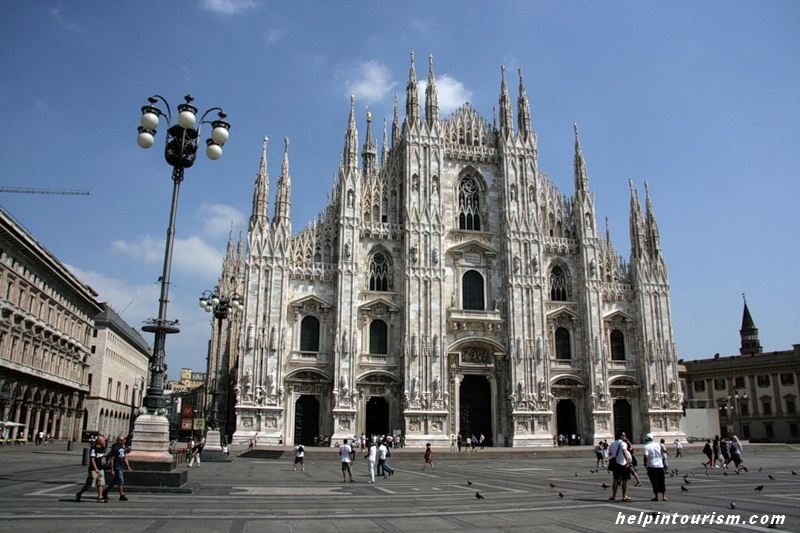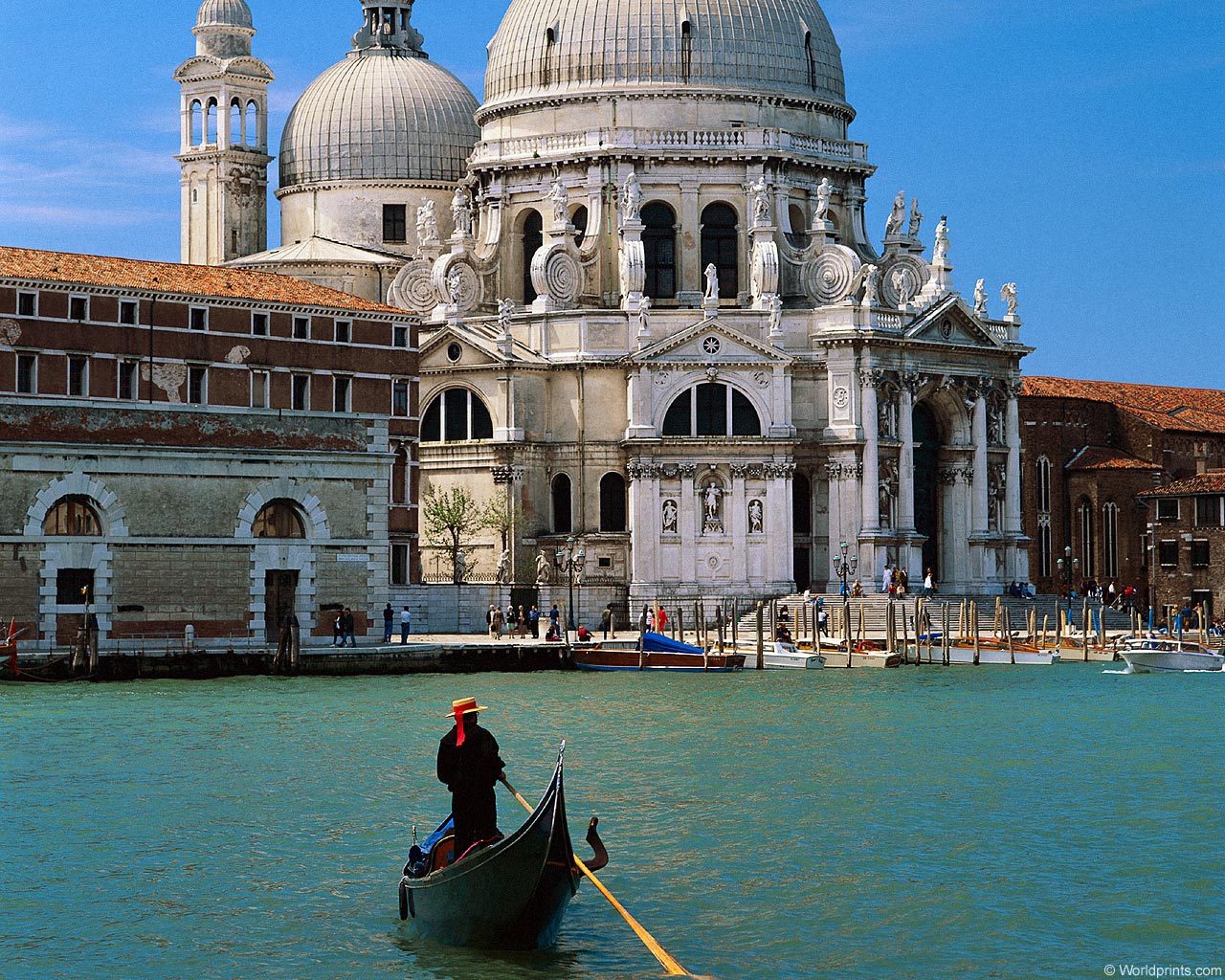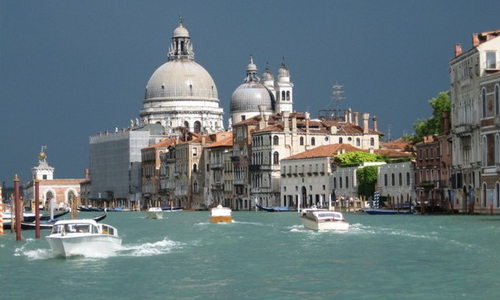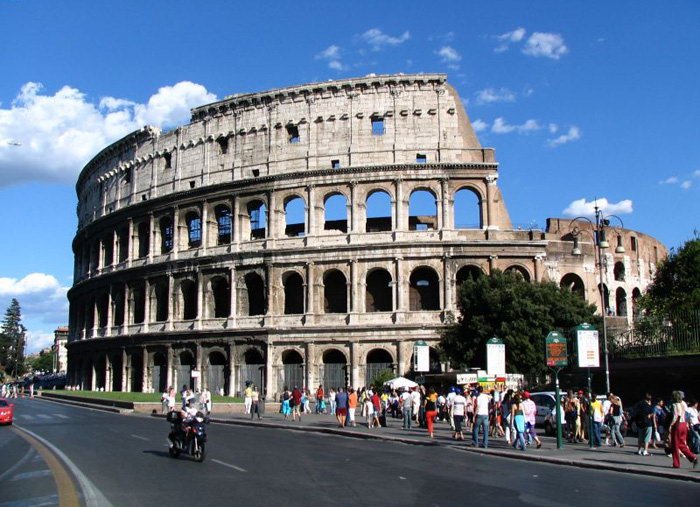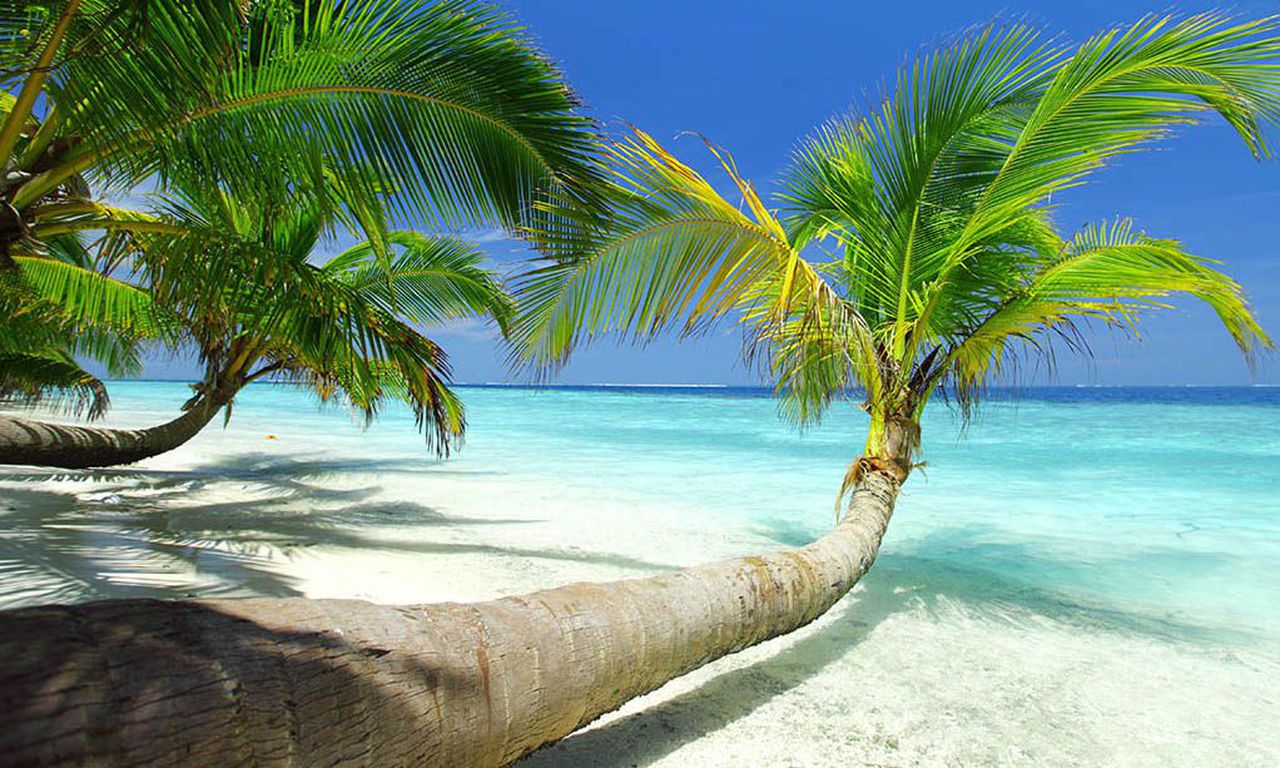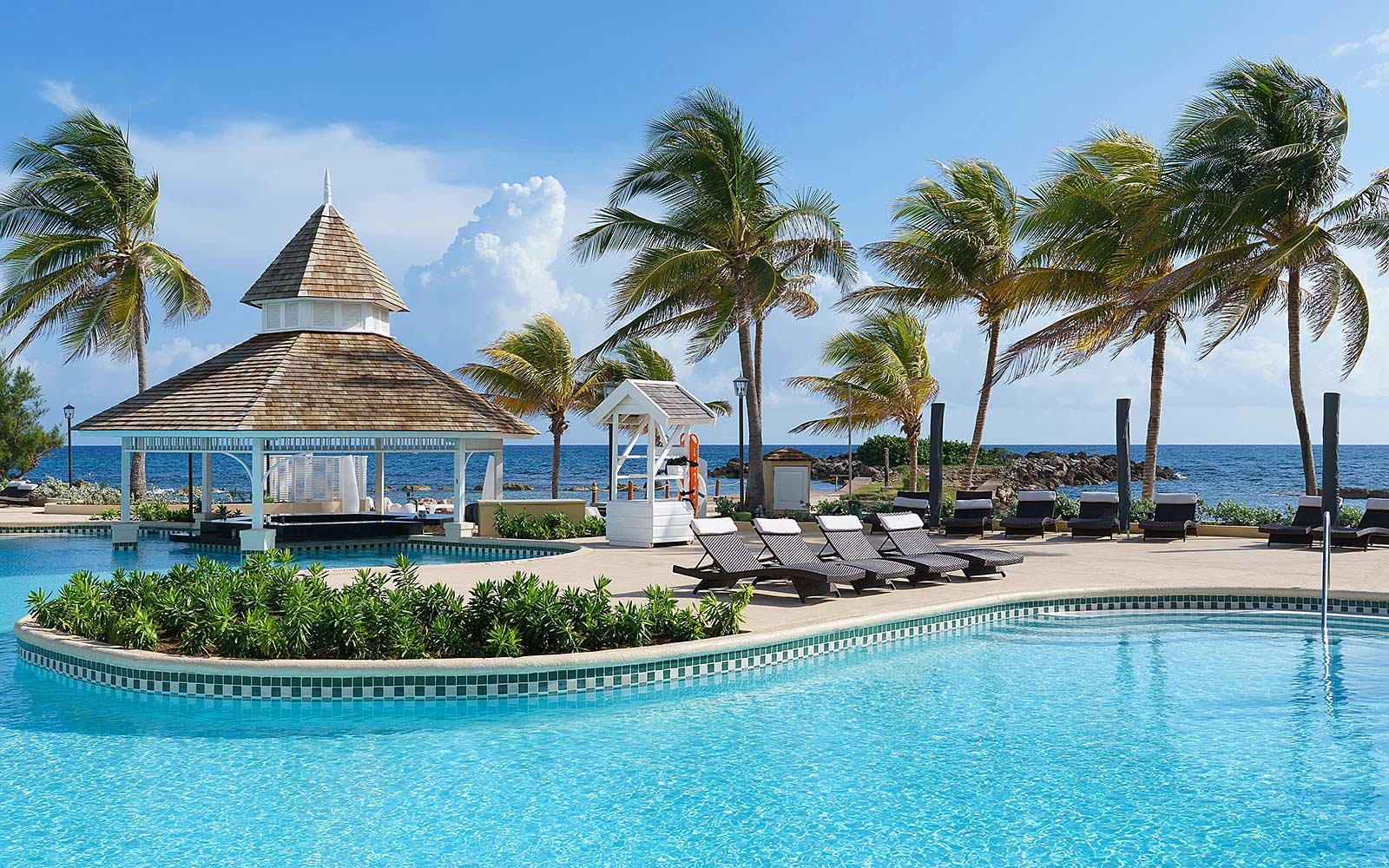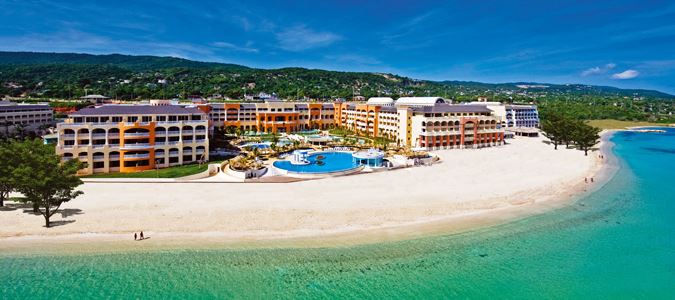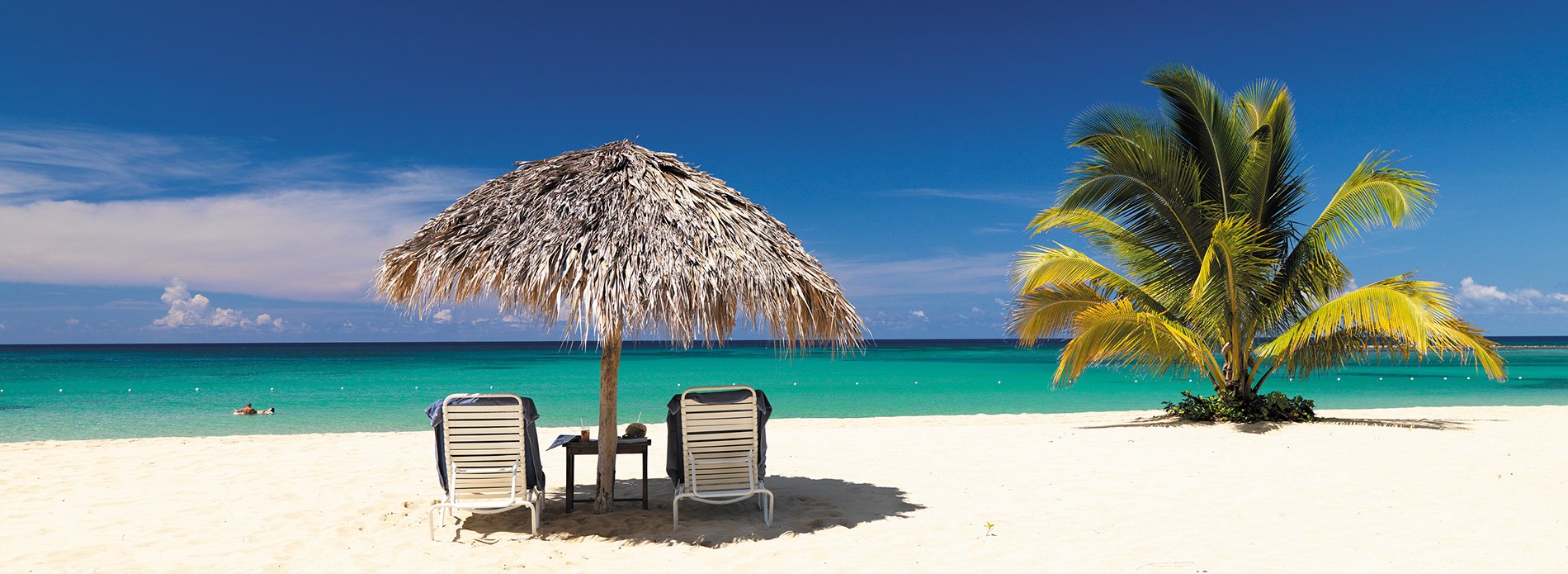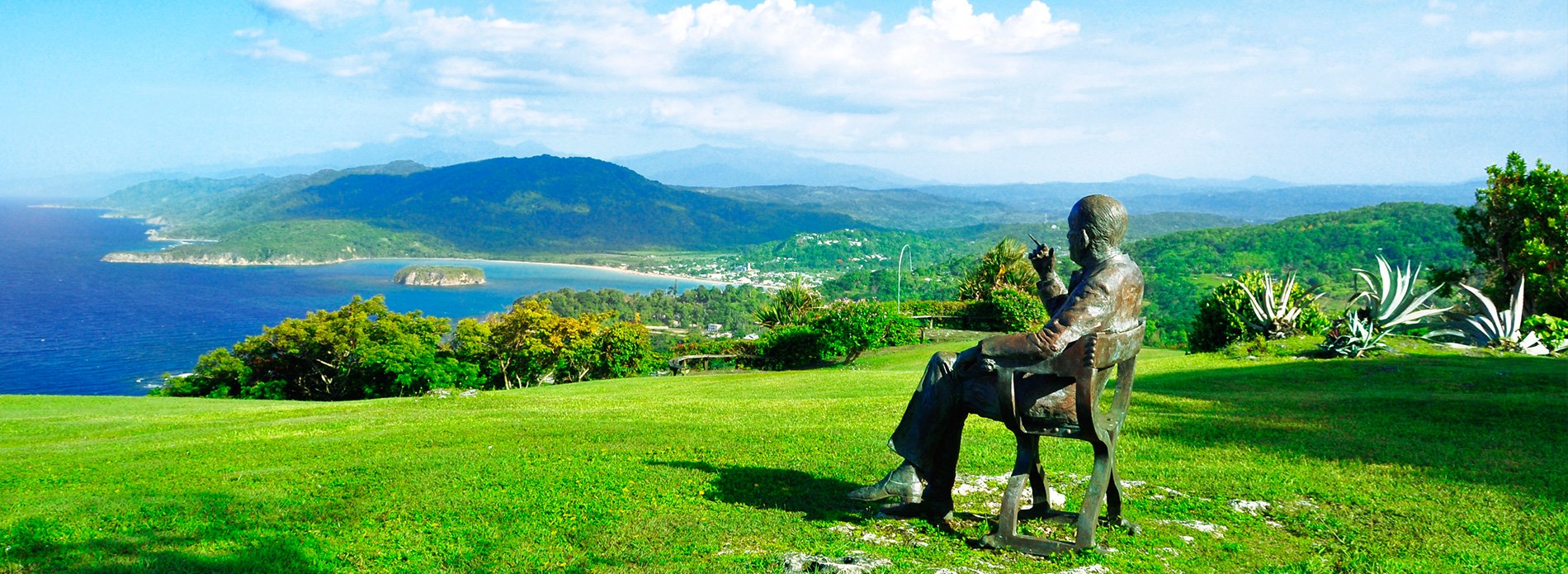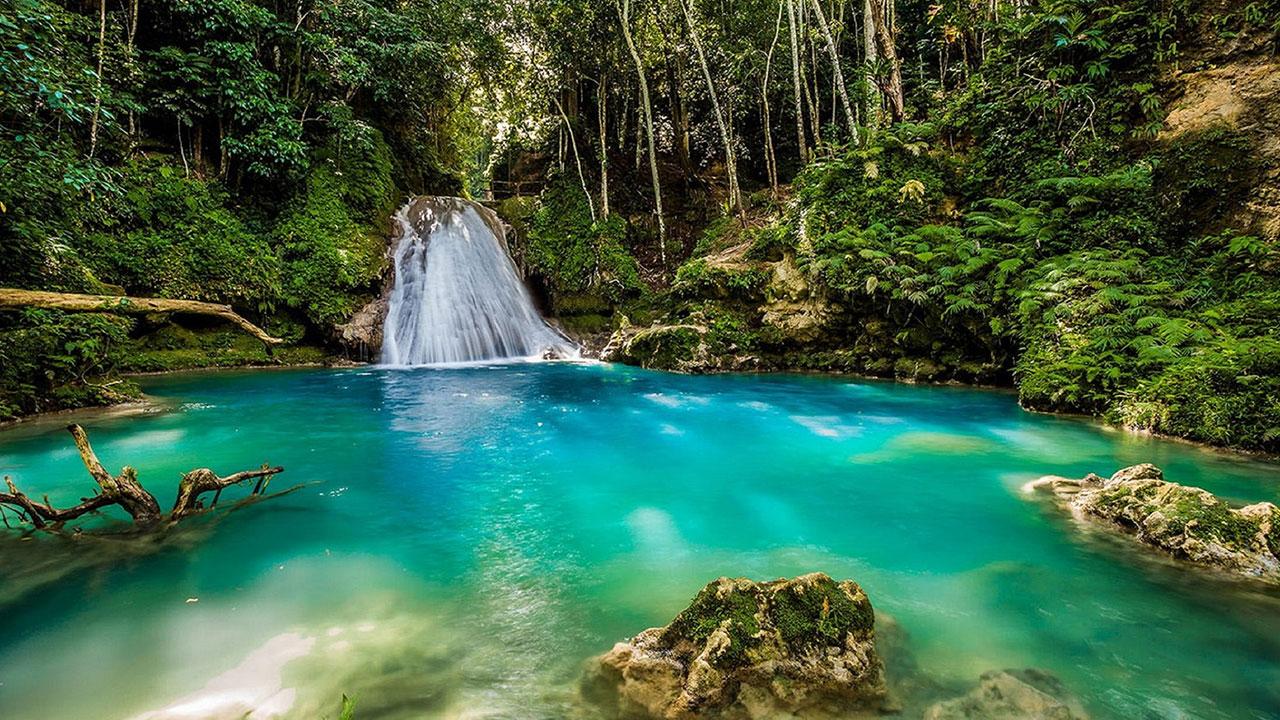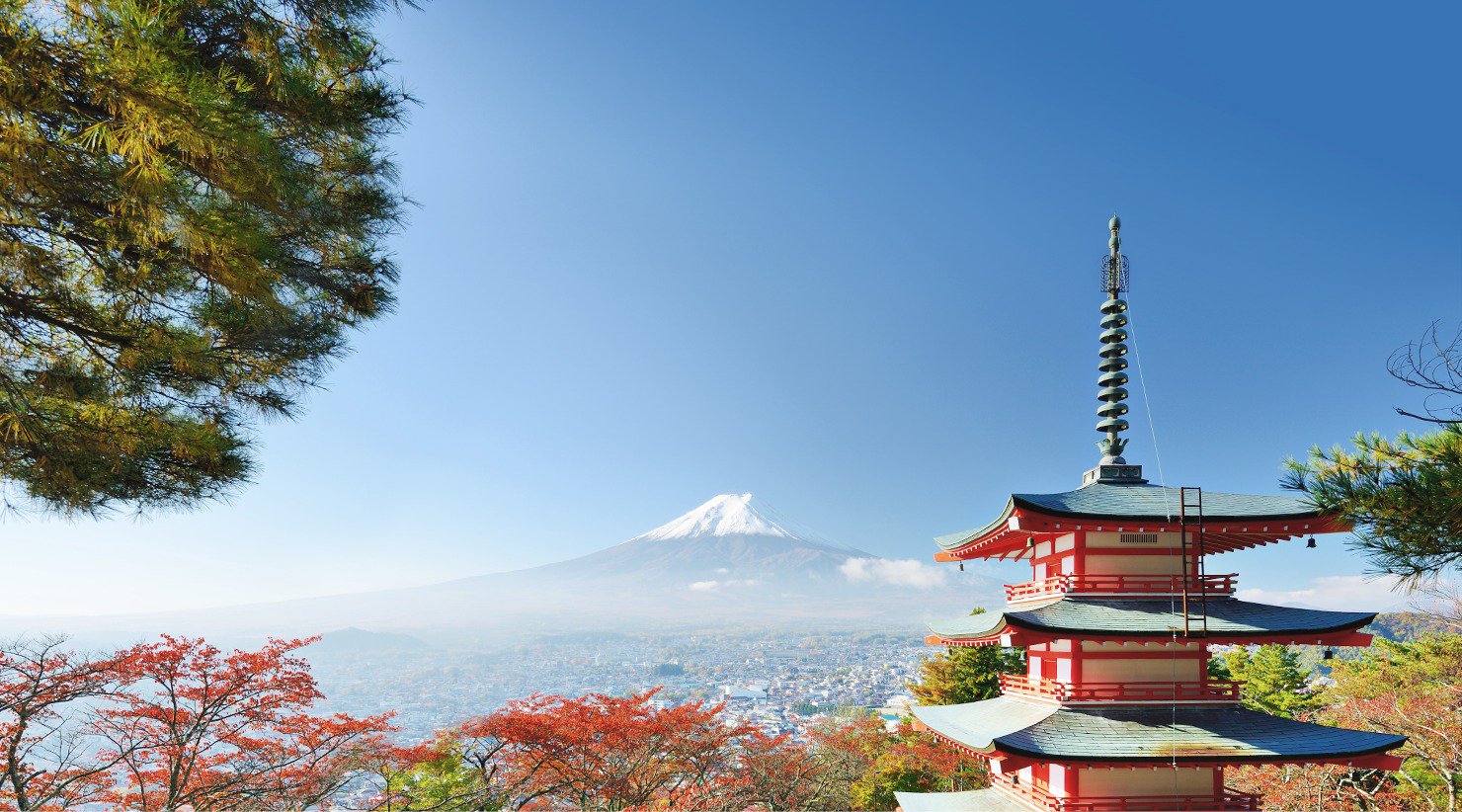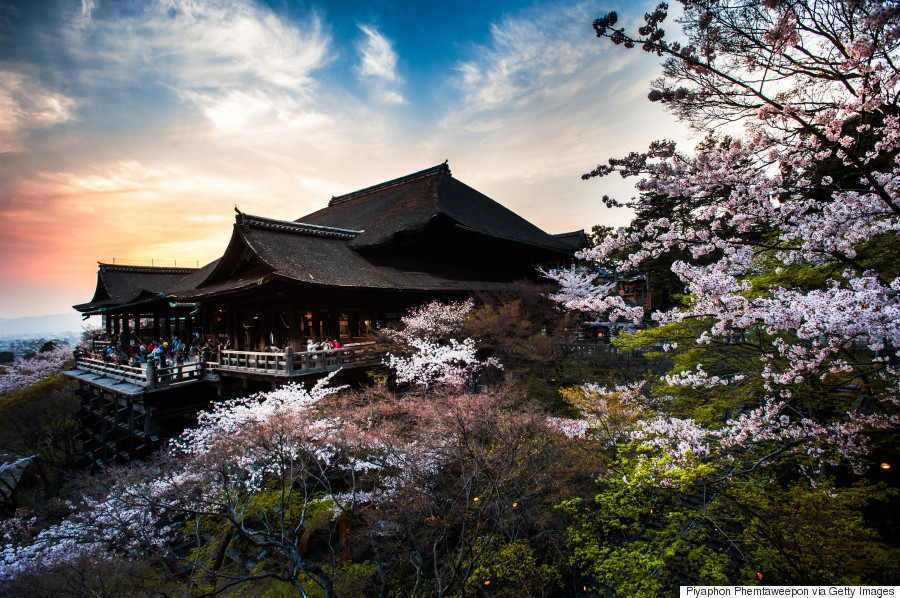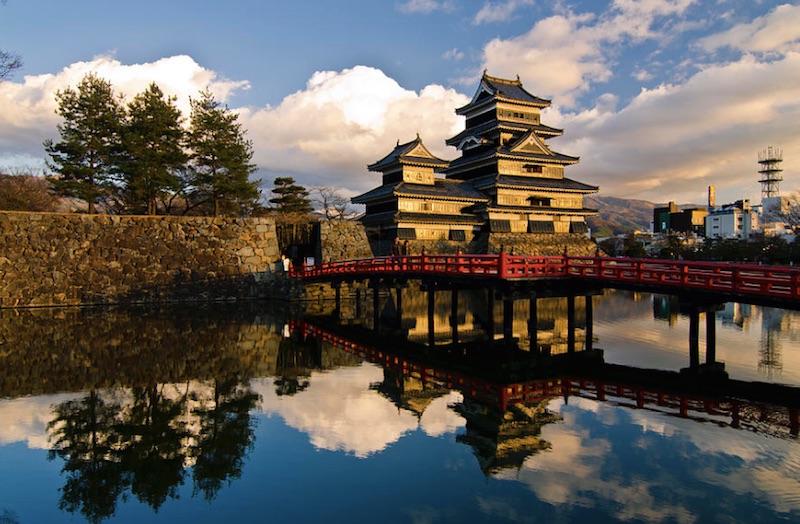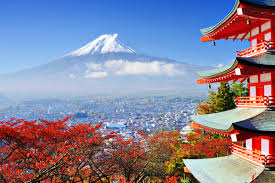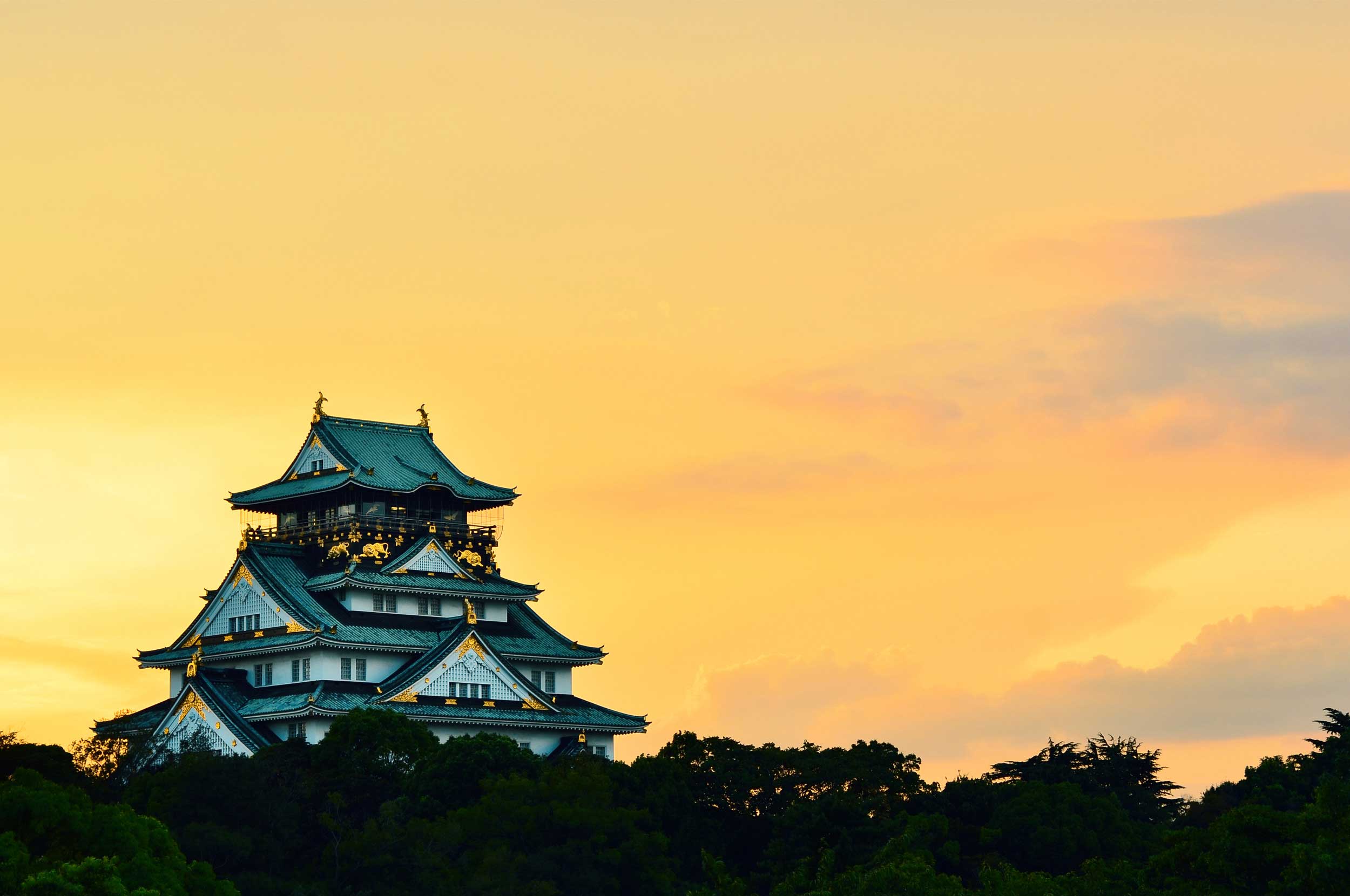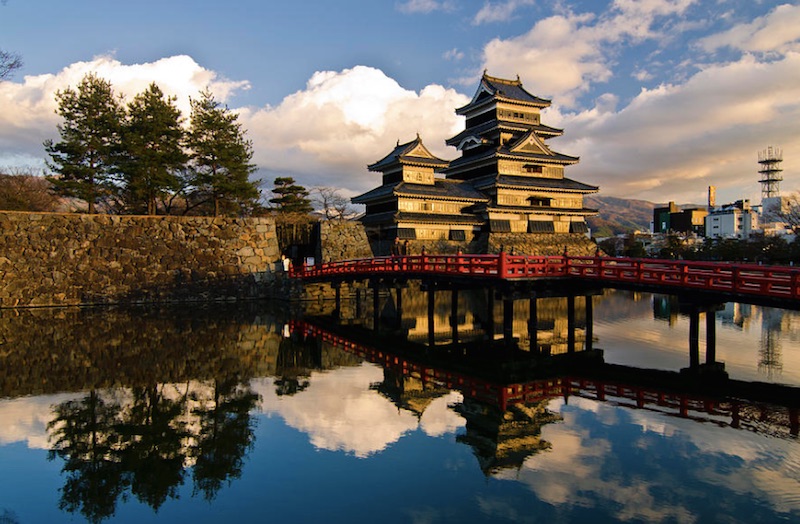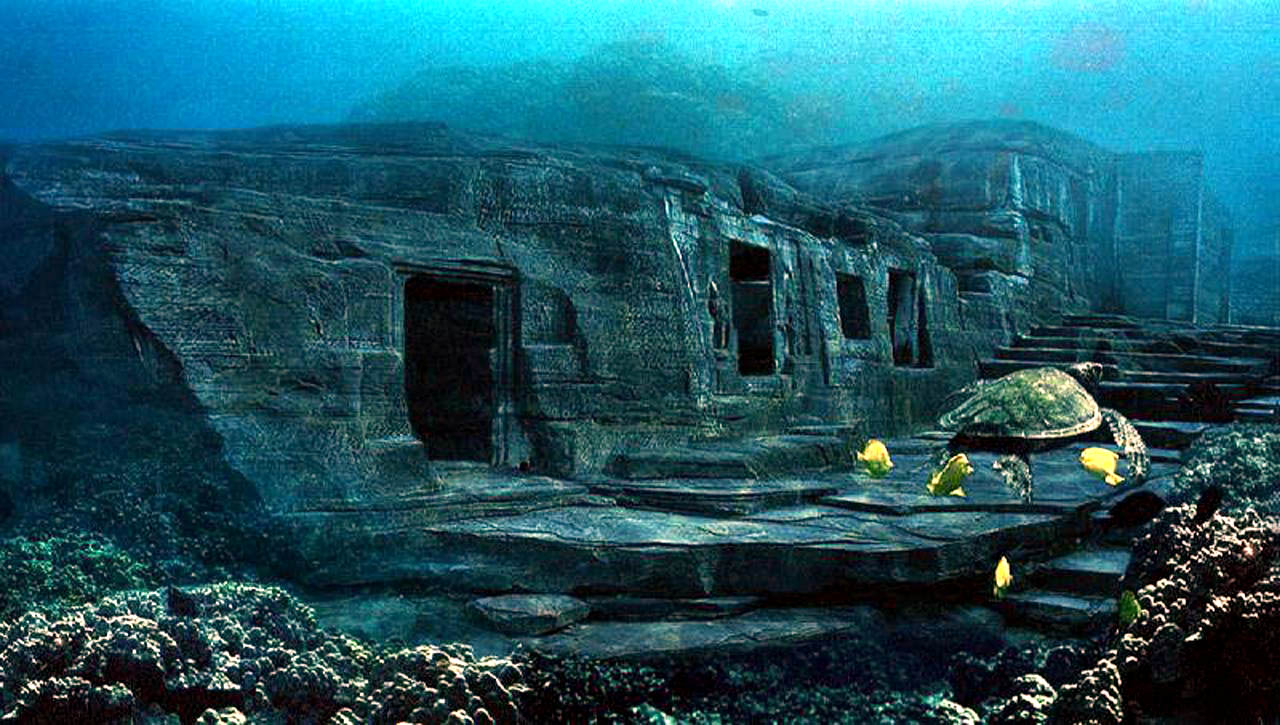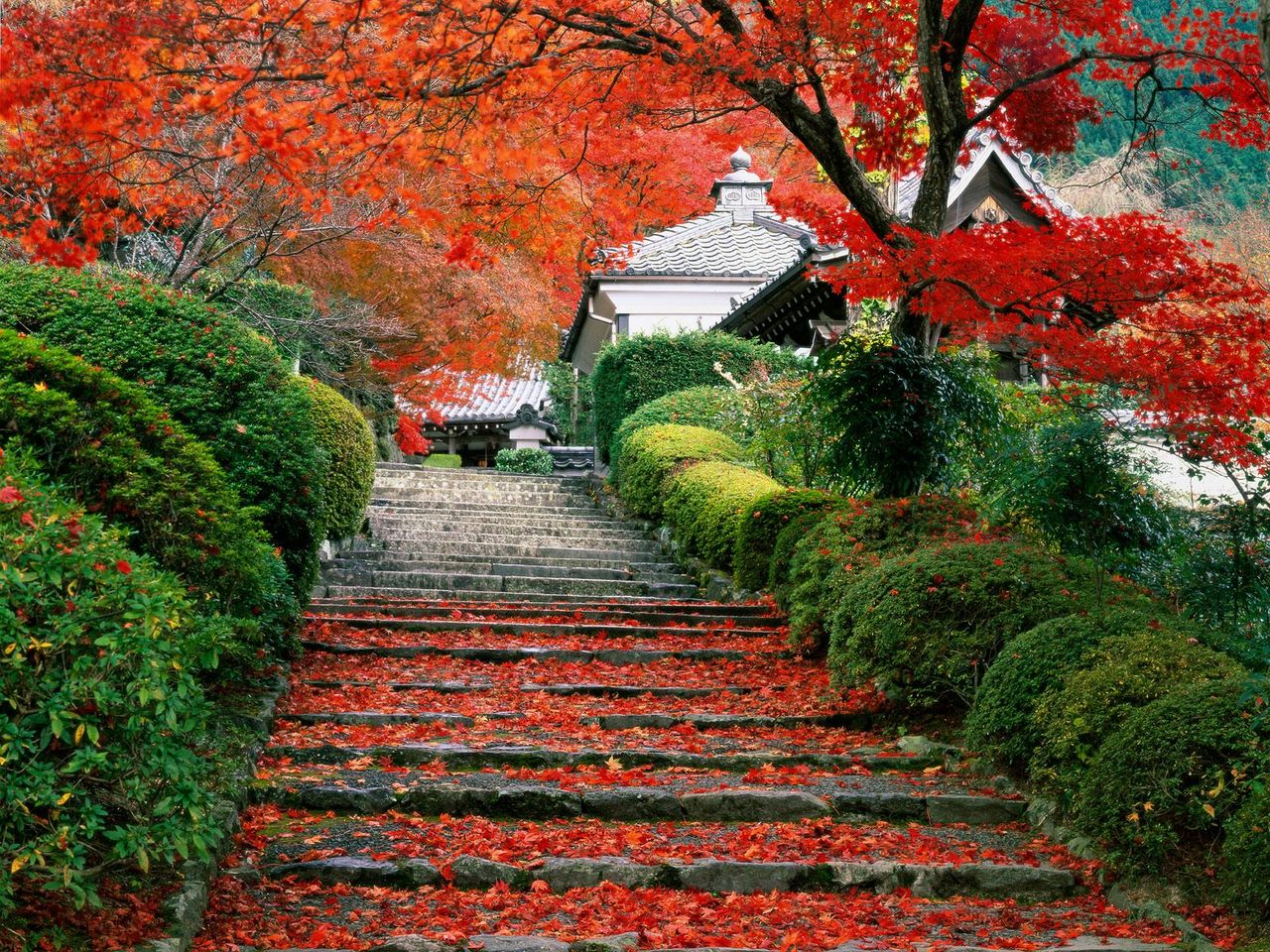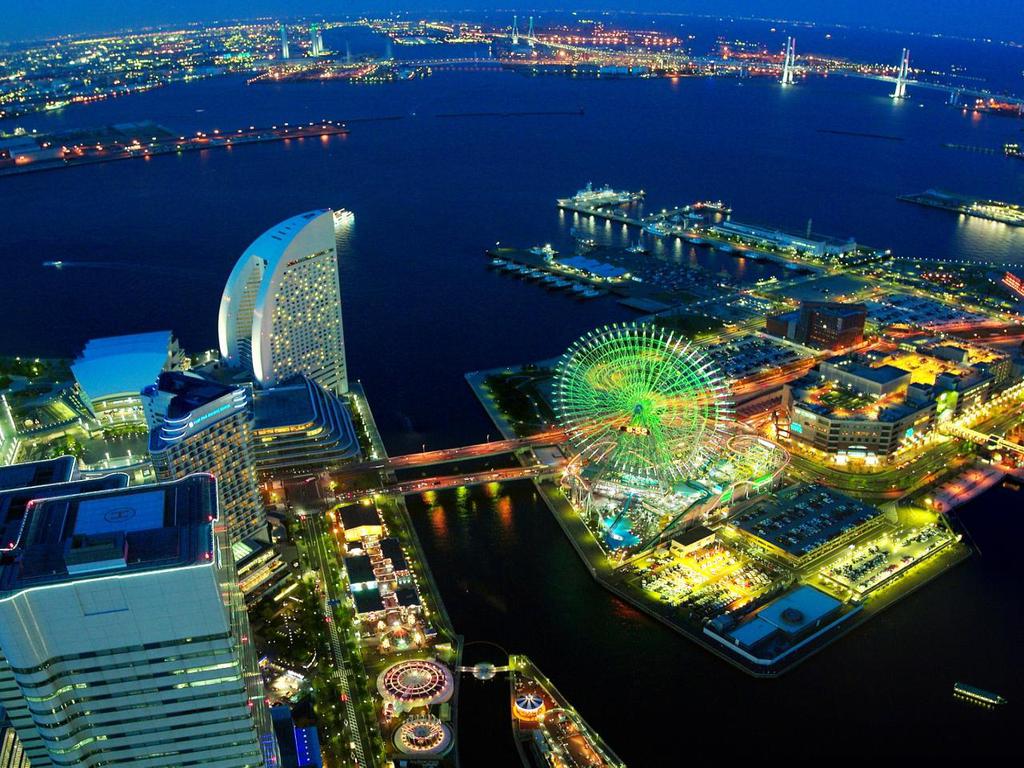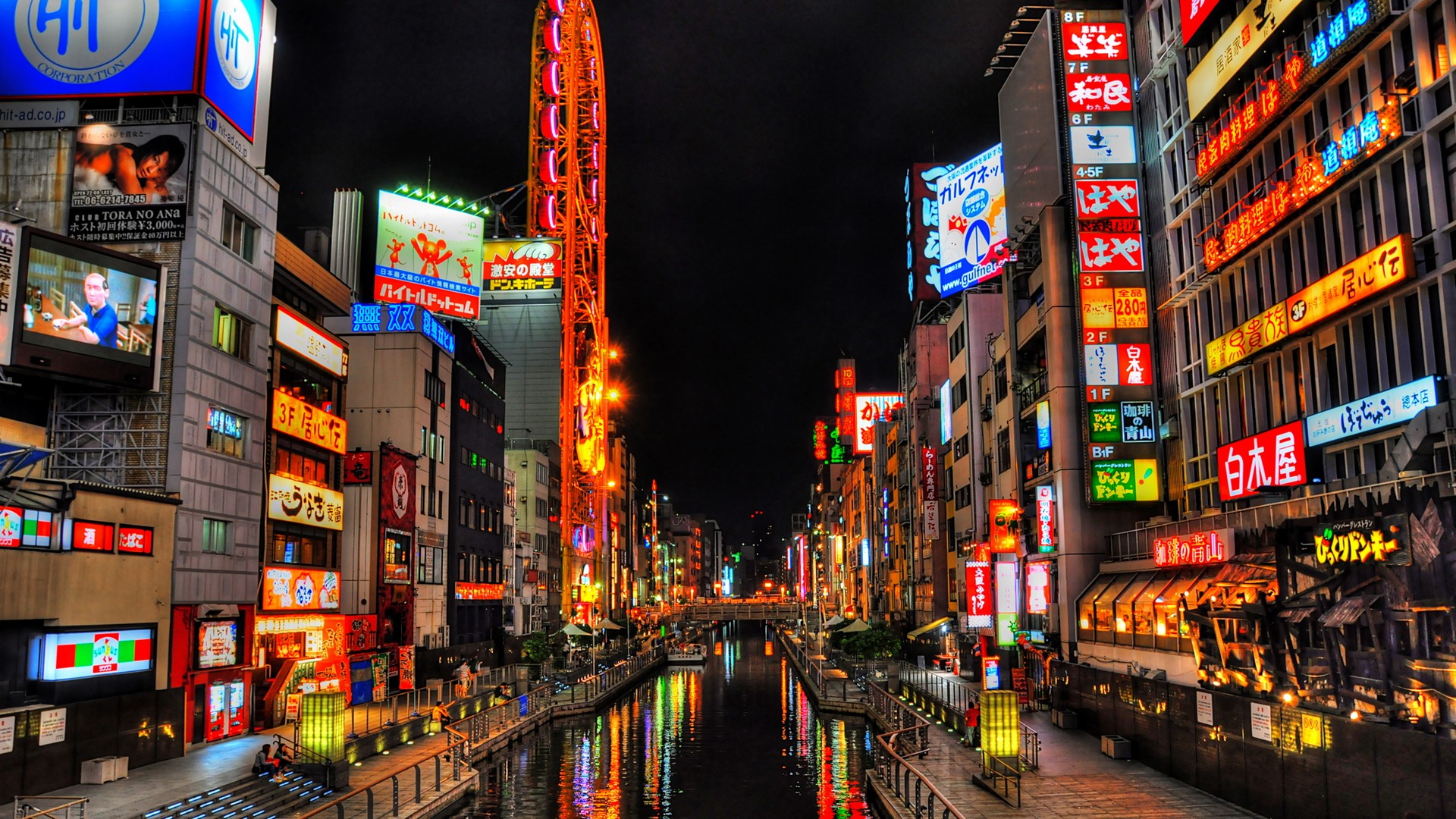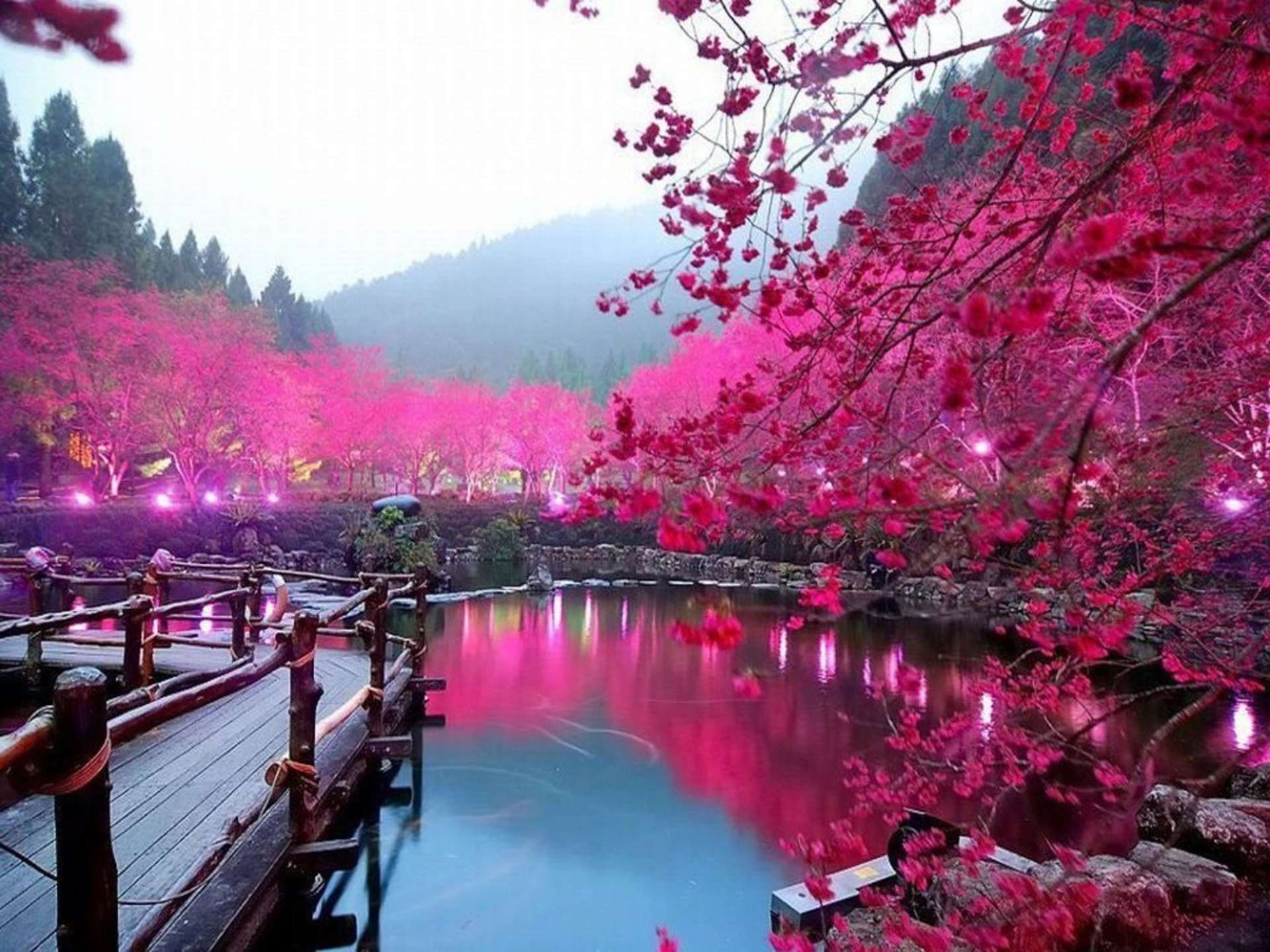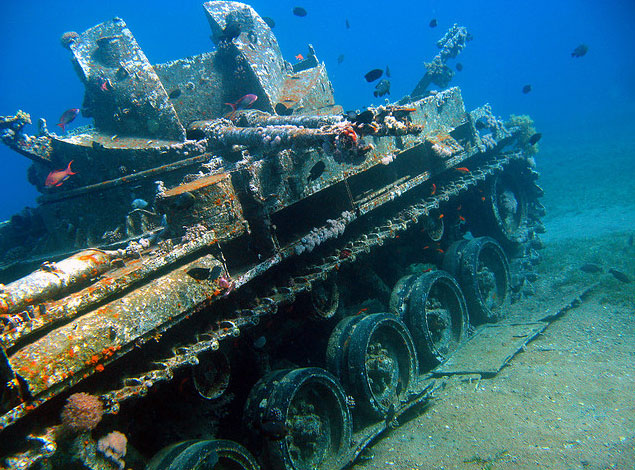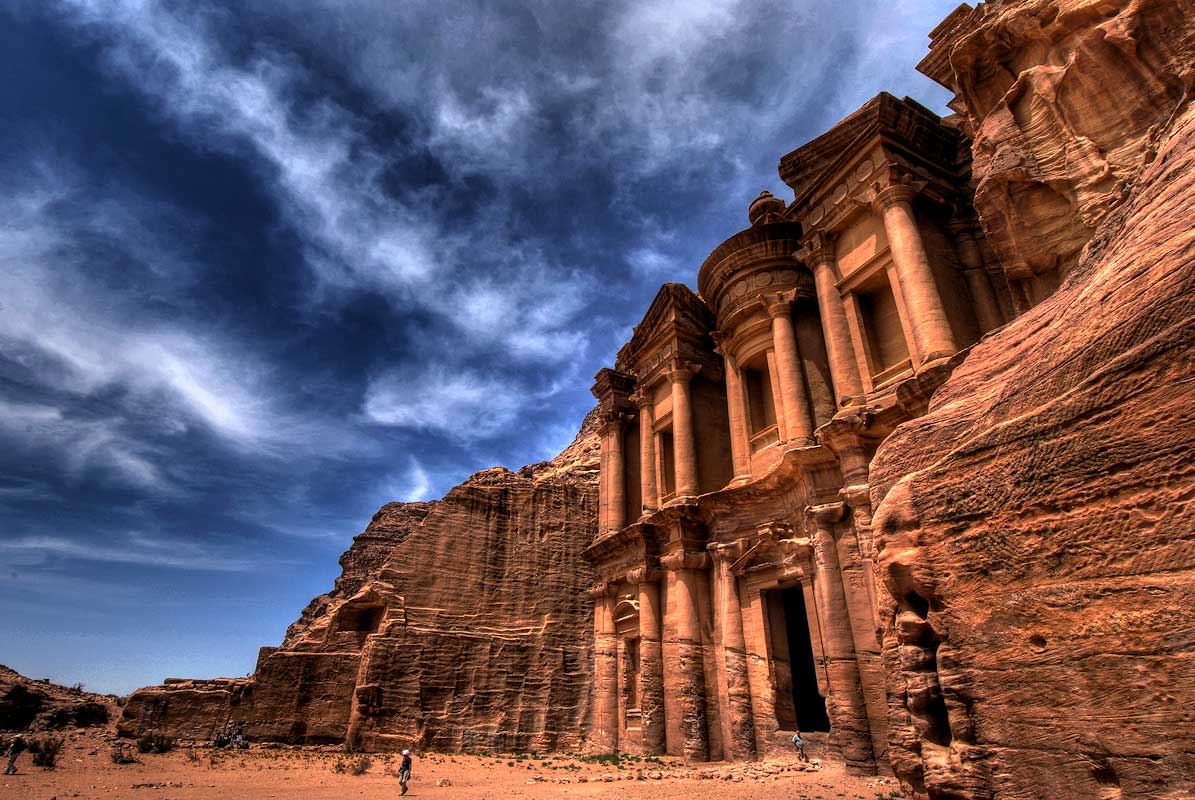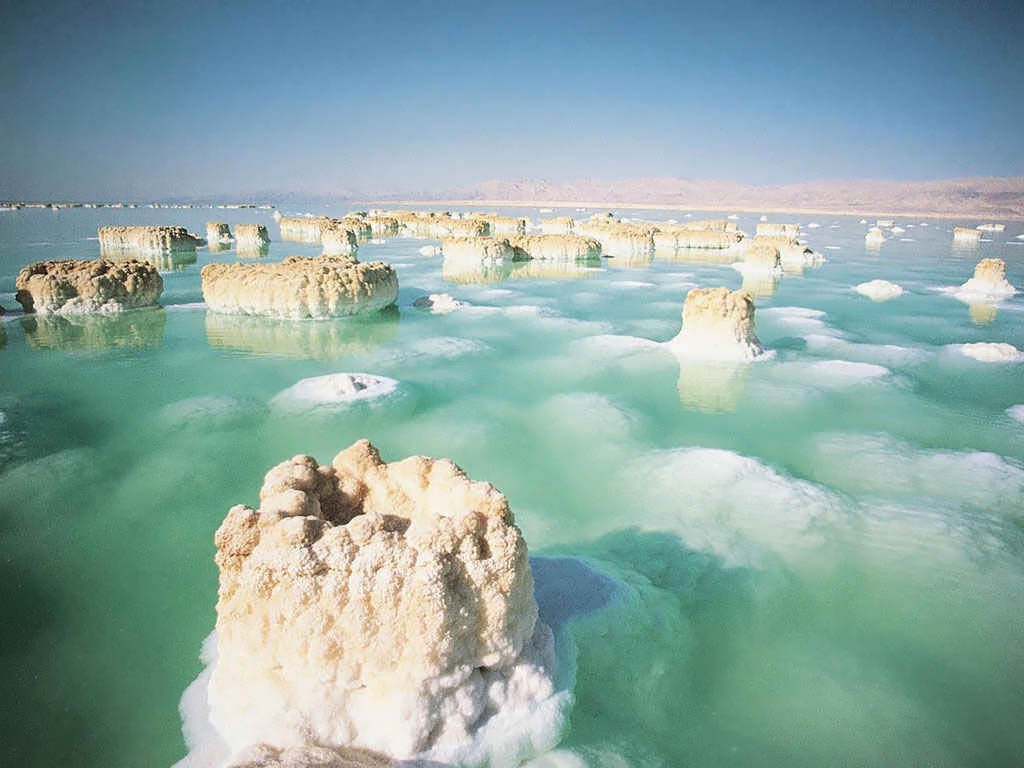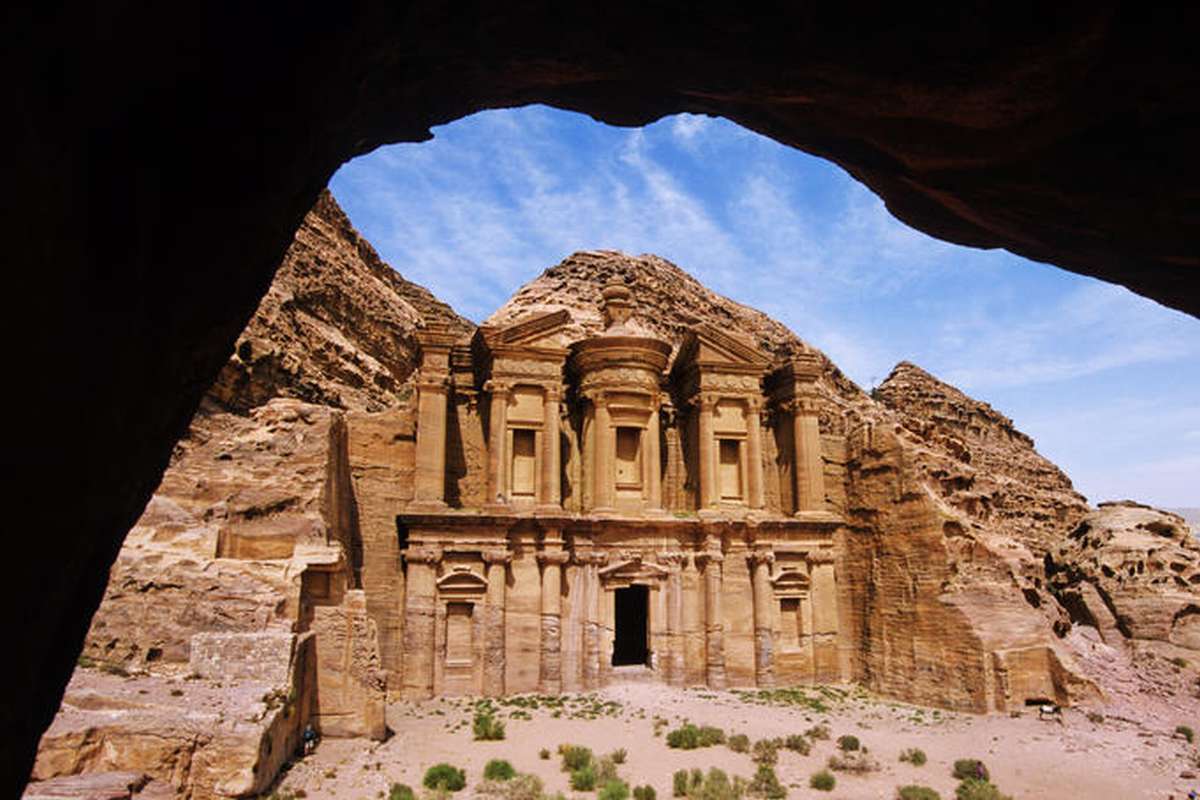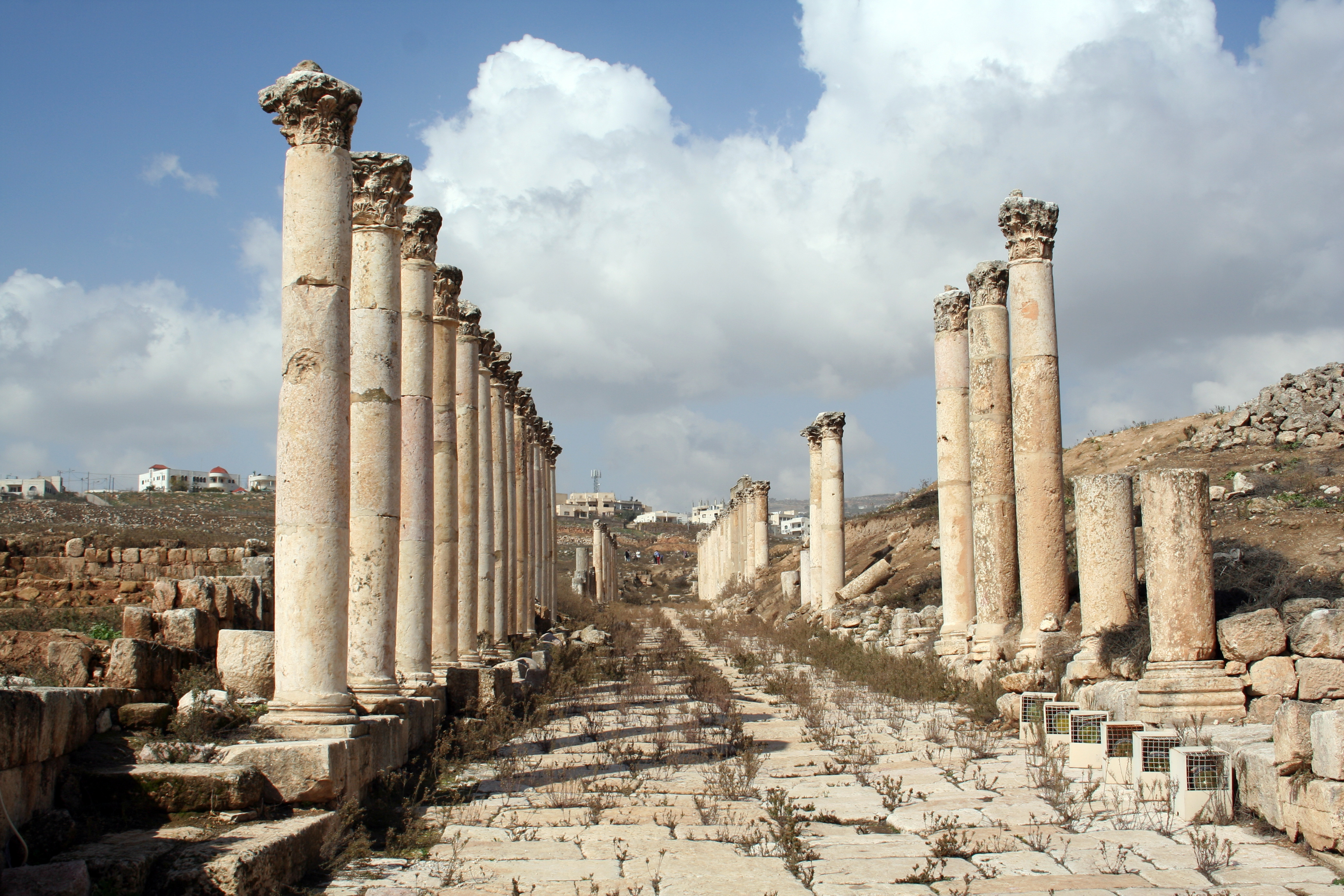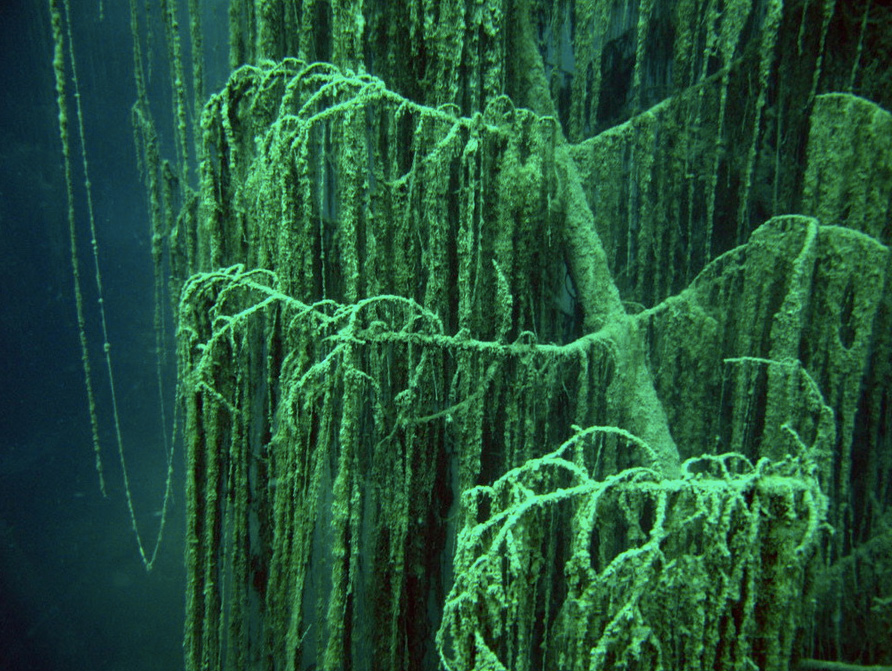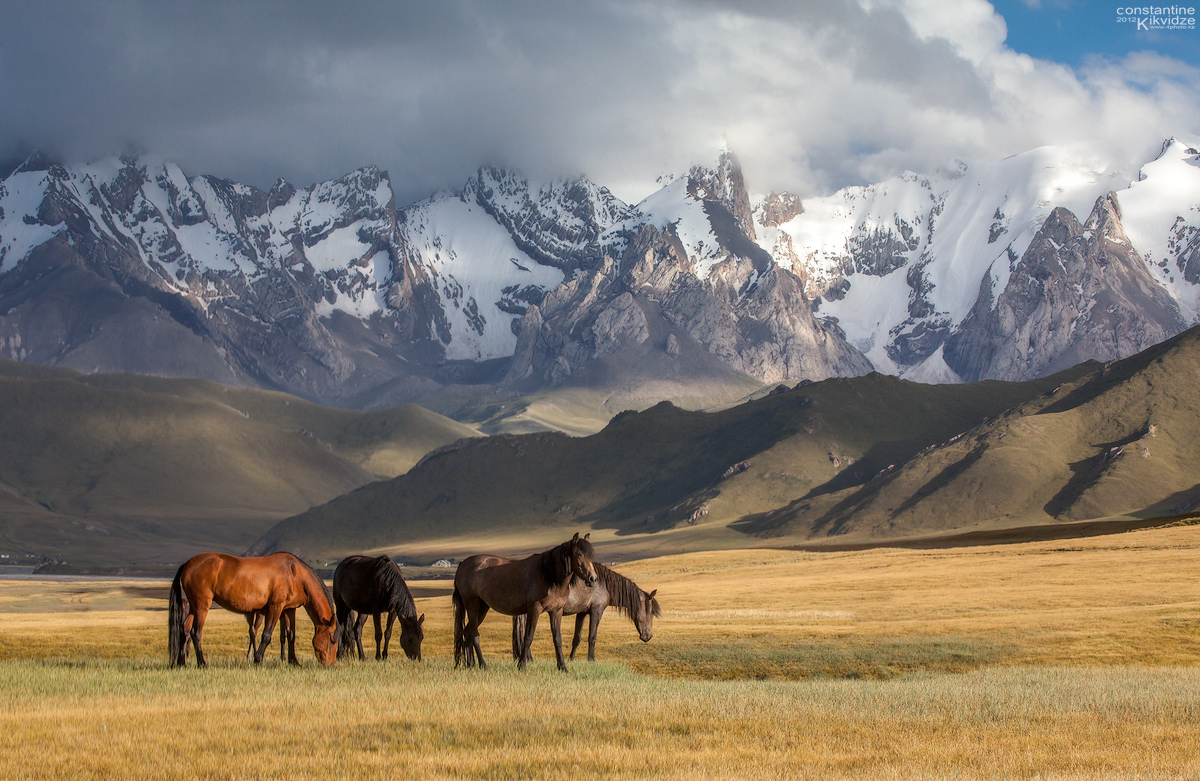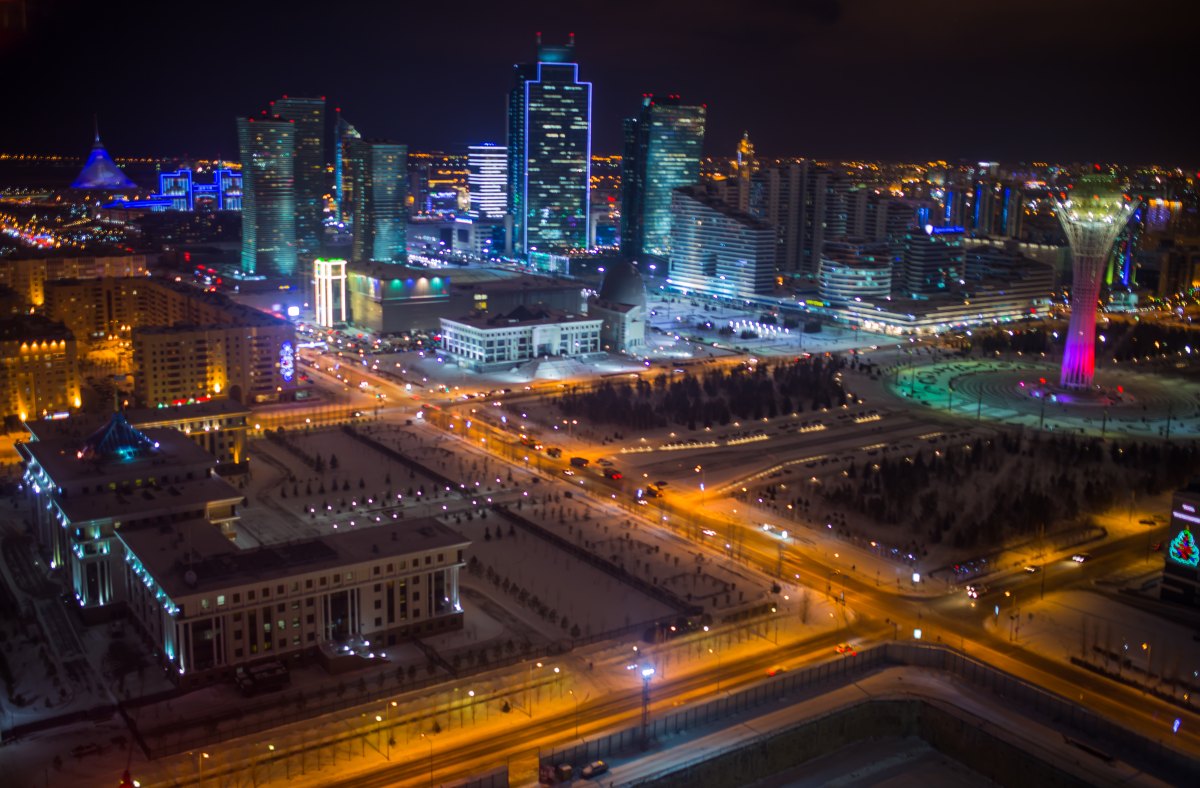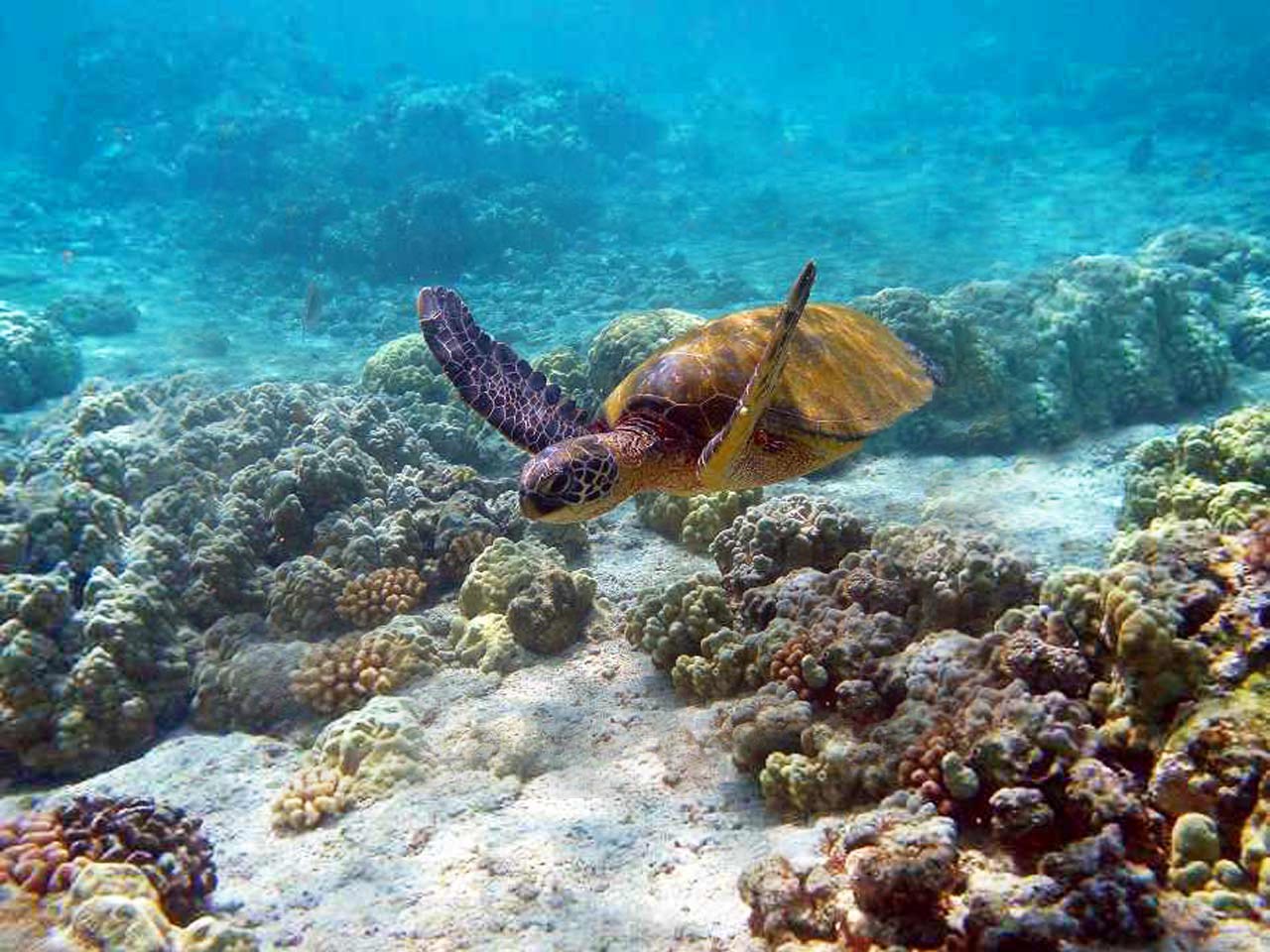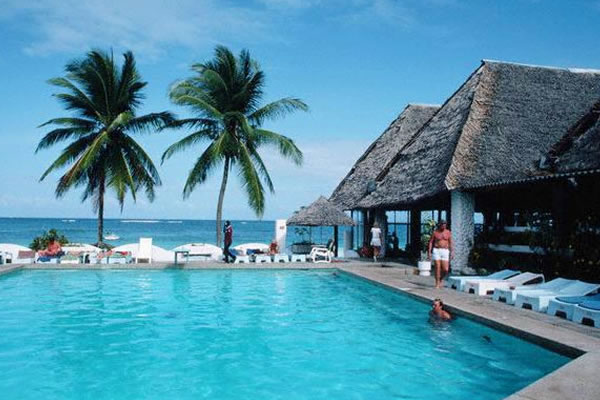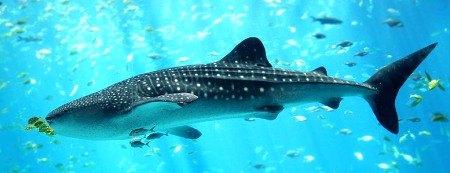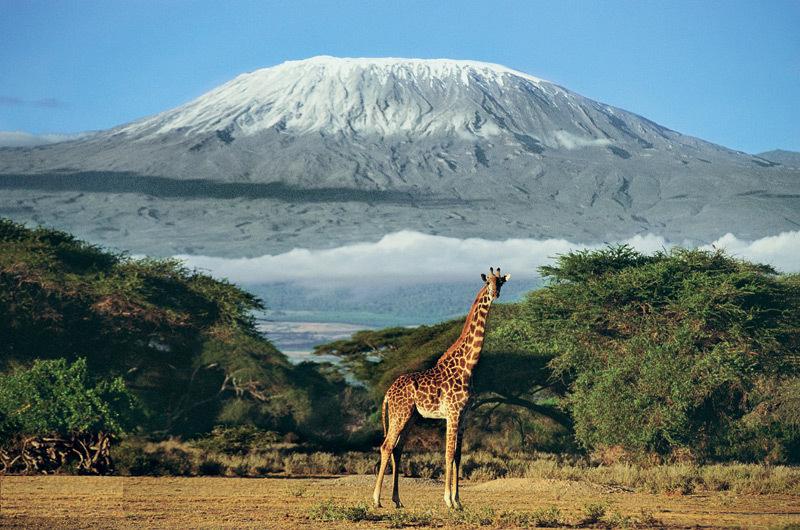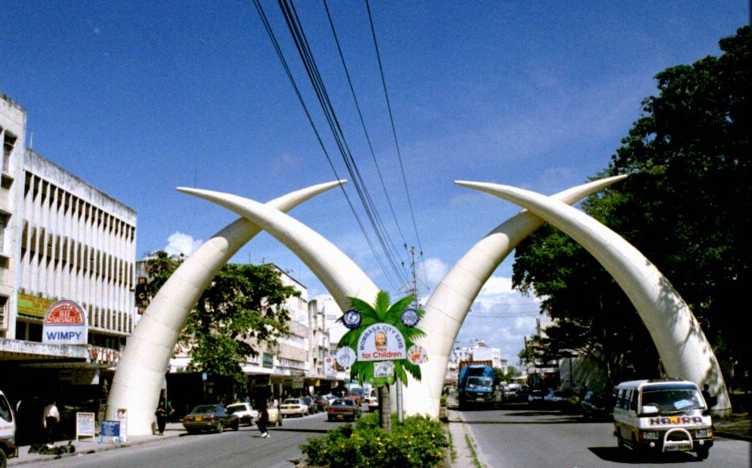Escape for the Weekend
Explore our collection of weekend
Indonesia
What to see inIndonesia? Gorgeous beaches of Bintan and Batam islands; volcanoes of Sumatra; amazing temples of Bali; rich marine fauna and an underwater volcano in Komodo National Park; fabulous coral gardens of Sulawesi; whales and dolphins in the waters of the Banda Islands.
Indonesia, the complete official name is the Republic of Indonesia, is a large country in Southeast Asia. It is located on the islands of the Malay Archipelago and the western part of the island of New Guinea and is washed by the waters of the Pacific and Indian Oceans. The country has land borders with East Timor, Papua New Guinea, and Malaysia. Indonesia is the largest island state in the world. The population is more than 252 million people; the area is almost 2 million square kilometers. The capital of the country is Jakarta. The official language is Indonesian.
Indonesia is situated on an archipelago of 17.8 thousand islands (according to official statistics) stretching for more than five thousand kilometers. The climate is tropical with distinct dry (April to October) and wet (November to March) seasons.
The national currency is the rupiah (Rp). You can exchange money at banks, most hotels and authorized exchange offices. All major cards are accepted in most shops and restaurants.
Indonesia, often called "the land of a thousand islands», is situated at the crossroads of the Pacific and Indian oceans. Its mild tropical climate, unspoiled nature, flourishing wildlife, hundreds of rivers descending from the mountains, beautiful valleys and small traditional villages located in mangrove forests, beautiful white-sand beaches, combined with ruins of ancient temples, lost in the dense tropical jungle and a striking mix of Buddhism, Hinduism and Islam make this country very attractive for tourists.
The main tourist attractions in Indonesia are considered to be the islands of Bintanand Batam(tranquil beaches and first-class service), Kalimantan (huge biodiversity and fantastic diving), Sumatra (majestic volcanoes and endemic orangutans), Bali (stunning nature and lots of amazing temples), Java (pastoral landscapes contrasting with bustling metropolitan areas, situated on a narrow strip of land between two oceans), Lombok (traditional patriarchal atmosphere, not spoiled by emancipation and untouched equatorial forests), and Sulawesi (amazing land and underwater flora and fauna).
Airports
Soekarno–Hatta International Airport (CGK), Jakarta
Juanda International Airport (SUB), Surabaya
Ngurah Rai International Airport (DPS), Bali
Sultan Hasanuddin International Airport (UPG), Makassar
Kualanamu International Airport (KNO), Medan, North Sumatra
Sultan Aji Muhammad Sulaiman Airport (BPN), Kalimantan
Hang Nadim International Airport (BTH) Batam
Adisucipto International Airport (JOG), Yogyakarta, Java Island
Achmad Yani International Airport (SRG), Semarang, Central Java
Sultan Mahmud Badaruddin II Airport (PLM), Palembang, South Sumatra
Diving in Indonesia
Indonesia’s warm and clear waters are home to more than 3 thousand fish species and about 6 hundred coral species – not to mention underwater volcanic mounts, deep trenches, and wrecks of World War II.
In Komodo National Park you can meet mantas, sharks and dolphins, dive over hot springs of an underwater volcano and see the last living dinosaur; in the Bunaken National Marine Park you will see various coral species; off the remote Banda Islands you have a chance to see whales and dolphins and try muck diving; Bali offers opportunities of wall and drift diving, as well as exploring picturesque coral reefs teeming with life and interesting wrecks (such as the 120m long US Liberty wreck); in Cenderawasih Bay you can dive with whale sharks; in the waters of islands Flores and Alor you can admire amazing rhinopias and many other marine critters. Off the southeast coast of Sulawesi there are fabulous coral gardens, while near its northern coast the clear waters are full with various fish species.
Iran
There is a lot to see in Iran. It is one of ten most popular tourist destinations. Iran without exaggeration can be called a unique place on the planet. It harmoniously combines rich culture, ancient history, amazing architecture and breathtaking nature, abundant rainforests and lifeless desert, mountain ski resorts in the north and sunny beaches in the south.
Iran, officially the Islamic Republic of Iran, until 1935 known as Persia, is a country in Southwest Asia. The capital of the country is Tehran. In the west it borders Iraq, in the north-west - Azerbaijan, Armenia, Turkey and the unrecognized Nagorno-Karabakh Republic, in the north - Turkmenistan, in the east - Afghanistan and Pakistan. Iran is washed by the Caspian Sea, the Persian Gulf and the Gulf of Oman of the Indian Ocean. The total area of Iran is 1.6 million square kilometers; the population is 78 millions people. The official language is Persian.
Iran’s climate is mostly arid. The terrain of the country consists of mountains, which surround interior highland plains.
The national currency is the Iranian rial. Cards generally are not accepted in Iran, even the major ones; but you can pay in US dollars, pounds or euros or exchange currency at banks or exchange offices.
If you are interested in the history of the ancient East, Iran is a place which keeps 5 thousand years of history. Here you can see the ruins of ancient Persepolis and Pasargadae, ancient inscriptions and tombs of the Achaemenid kings, the fantastic Taj Mahal in Agra, stunning Golestan Palace, the former residence of the Qajar dynast, Jameh Mosque, the biggest mosque in Iran. Most women undoubtedly would like to visit National Jewels Museum, where you can see more than 50 thousand various precious stones. In Yazd and Tabriz you will be able to immerse into the atmosphere of the old Persia: noisy and bright bazaars, majestic ancient mosques and palaces, winding narrow streets and rose gardens. Do not miss the chance to visit a real oasis village – Garmeh, located around a spring in a desert; to buy a Persian rug and to smoke a narghile.
Mehrabad International Airport (THR), the primary airport of Tehran
Mashhad International Airport or Shahid Hashemi Nejad Airport (MHD) serves flights to 57 destinations.
Imam Khomeini International Airport (IKA) is the main international airport of Iran.
Shiraz International Airport (SYZ) the largest airport in the southern part of Iran.
Kish International Airport (KIH) situated on Kish Island.
Ahvaz International Airport (AWZ) serves regional international destinations.
Isfahan International Airport (IFN)
The most popular diving destination in Iran is Kish Island. In its warm waters you fill see beautiful corals, inhabited by lots of marine creatures. On the southeast side of the island there is a dolphin park, where you can see not only dolphins, but also cactus garden, butterfly garden, bird garden, silkworm compound, orchid garden, artificial rain forest, and a volcanic mountain. Off Kish coast you can explore the wreck of the Greek ship, a cargo steamship built in Scotland in 1943 and sunk in 1966. Not far from Kish Island there is Hengam Island, whose waters boast bright soft corals and rich fauna, which includes jack fish, rainbow fish, fusiliers, angel fish, sting rays, bat fish, lobsters, and dolphins.
Ireland
What to see in Ireland? the Cliffs of Moher; the Blarney Castle; the Ring of Kerry; St. Patrick's Cathedral; Trinity College; the Kowloon Bridge wreck and the U-260 wreck.
Ireland is an island in the North Atlantic to the west of Great Britain. Politically the island is divided between the Republic of Ireland and Northern Ireland, a part of the United Kingdom. The first official language is Irish (Gaeilge), though English is also spoken everywhere. The national currency is the Euro.
The climate is mild oceanic, due to which the island boasts lush vegetation, praised in poetry. Rain is a very often occasion even in the middle of summer.
Ireland is beloved by tourists from all over the world. Here you can see such wonders as
the Cliffs of Moher - one of Ireland's largest and most popular tourist attractions. The Cliffs are 230-meter-high and tower over the Atlantic Ocean;
the historic Blarney Castle, situated in County Cork and famous for its Blarney Stone. Legend says that those who kiss it will be blessed with great eloquence;
the Burren - a national park in the west of Ireland, well-known for rocky Martian landscapes, ancient burials and interesting underground caves;
Rock of Cashel, a castle and a royal residence, erected in the fourth century. After Cromwell's invasion Cashel became a symbol of the resistance of Irish people. Here you can still see many picturesque historic buildings and the ruins of a cathedral;
the Ring of Kerry with its ancient monuments, superb romantic castles, amazing gardens and bright towns and villages;
Lough Corrib - the second largest lake in Ireland, where in May you can enjoy the Mayfly festival -- an interesting fisherman tradition;
Newgrange or the Hill of Tara in County Meath, captivating by their ancient history and unrevealed mysteries.
And of course there is a lot to see in Dublin, including Trinity College, St. Patrick's Cathedral and the Guinness Storehouse.
Airports
The Republic of Ireland has 4 international airports:
Dublin (DUB),
Shannon (SNN),
Cork (ORK)
and Ireland West, Knock (NOC).
Diving in Ireland
The North and Northwest coasts of Ireland feature a wealth of wrecks. The rugged coastlines of Cork and Kerry can boast sheer rock faces and stunning topography under water. And the west coast has very colorful walls.
The marine life in Irish waters is very rich. While diving, you can meet lobsters, crayfish, conger eels, cuckoo wrasse, pipefish and even seals, dolphins and basking shark.
Near Baltimore, County Cork, you can explore the Kowloon Bridge, the largest wreck by tonnage in the world, sunk in 1986. The depth is from 6 to 36 meters.
Another popular wreck is the U-260, German submarine, sunk in uncertain circumstances in 1942.
Israel
What to see in Israel? Sacred places of ancient Jerusalem; bustling Tel Aviv; majestic Judean Desert and healing waters of the Dead Sea; the Sea of Galilee; the Coral Beach Nature Reserve; the Satil wreck; the Achziv Canyon; an underwater archaeological park of Caesarea.
Israel, officially called the State of Israel, is a country in Western Asia, lying on the southeastern shore of the Mediterranean Sea. It is bordered by Lebanon to the north, Syria in the northeast, Jordan to the east, the Palestinian territories to the east and southwest, Egypt and the Red Sea to the south. The capital and the most populous city is Jerusalem; while the financial center is Tel Aviv. The area of Israel is more than 20 thousand square kilometers; the population is about 8.2 million people. The official languages are Hebrew and Arabic.
The national currency is the Israeli new shekel (NIS). You can exchange currency at airports, post offices, banks, licensed exchange agencies and hotels. Major credit cards are widely accepted.
Israel’s small terrain contains various landscapes: coasts, mountains, valleys and deserts. The climate of the country is very diverse too. The coastal and northern areas of Israel have a typical Mediterranean climate, whereas the southern and eastern areas are characterized by an arid climate.Israel is a wonderful country, which is extremely popular among all categories of tourists. Despite its small size, Israel possesses very rich geographical and recreational resources, as it is washed by four seas: the Mediterranean Sea, the Dead Sea, the Red Sea and the Sea of Galilee. Here you get everything at once: the oriental charm and European gloss, beaches and archeological ruins, history and first-class service. The capital of the country, Jerusalem, is the heart and cradle of Christianity and a highly revered site for Jews and Muslims. Its meandering narrow streets are filled with the cry of muezzins, the Christian monks singing and rhythmic prayers of religious Jews.
The cultural capital of Israel and its business center is Tel Aviv. It is the birthplace of the Israeli elite ruling class.
Thosewho seek for spiritualsilence will like Judean Desert with its pearl, the Dead Sea, whose water takes away tiredness and heals diseases.
In Galilee you will see a large freshwater lake, called the Sea of Galilee, where many Bible wonders took place. You also can swim in the Jordan and visit the three famous marine cities – Caesarea, Haifa and Acre.
Airports
Ben Gurion Airport (TLV), the main international airport of Israel. It is located 19 kilometers from the center of Tel Aviv.
Ovda Airport (VDA) is located around 60 kilometers from Eilat.
Haifa International Airport (HFA)
Diving in Israel
Visiting Israel you can enjoy the sunny beaches of on the Mediterranean Sea and picturesque coral reefs of the Red Sea.
Off Eilat, in the Red Sea you will find around 300 species of corals, including brain, stony, fire, table, and branching ones, as well as gorgonians and myriad sea fans. Diving here is possible all year round.
In the Coral Beach Nature Reserve you go wall diving and see the amazing Japanese Gardens.
Those who are attracted by underwater beauty but cannot dive will like Eilat Underwater Observatory, where you can see marine life without getting wet.
Those who like wreck diving can explore the Satil, a 30-meter missile ship, sunk in 1994 and situated at a depth of 25-30 meters, only 20 meters off the coast.
At the Dolphin reef you can see these friendly animals at their natural habitat.
In the Mediterranean Sea you will meet various sea inhabitants, such as octopuses, sea urchins, sponges, crabs and sea turtles.
In the Achziv Canyon, whose depth is 30 meters, you will see sea turtles, rays and other fish, gracefully swimming near walls, covered with soft corals and sponges.
Those who are interested in archeology should dive at Caesarea, an underwater archaeological park, where you can see the remains of a 2000-year-old breakwater and explore the guard towers at the port entrance.
The average water temperature in the Mediterranean Sea is 17 degrees Celsius in winter and 29 degrees in summer. In the Red Sea the water temperature ranges from 20 to 30 degrees Celsius. The visibility is from 15 to 40 meters; in summer it is usually lower.
Italy
What to see in Italy? Unforgettable Venice, breathtaking Vatican City; the Leaning Tower of Pisa; charming Florence; majestic Rome; Punta-di-Fetovaia; Talolara Island; the national park Circeo.
It is hard to find a person who has never heard of Italy. This country gave to the world a lot of beautiful things: top-of-the-line cars Ferrari and Lamborghini, fashion brands Armani, Gucci, Valentino and others, wine Chianti and liqueur Amaretto. And this is Italy which taught the entire planet to cook spaghetti and pizza.
The Italian Republic is situated on the south of Europe. It occupies the entirety of the Italian Peninsula, Sicily and Sardinia, and many other smaller islands. Five seas, surrounding Italy, give perfect opportunity to have a rest at numerous resorts, and enjoy history and culture of one of the most popular and attended European countries (ranks No.4 in the world). The official language is Italian, the national currency is euro. You can exchange currency in exchange offices, banks or post offices. In airports exchange rate is less beneficial, but there exchange offices work round-the-clock. While exchanging the currency in banks or exchange offices, pay attention not so much to the rate as to the exchange parity. It is important to remember that from 12.00-1.00 pm to 3.00-4.00 pm there is siesta in Italy and during this time a lot of cafes, bars, shops and museums are closed, even taking a taxi can be a problem. If you want to buy some souvenirs or other things, keep in mind that on Sundays all the shops in Italy are closed and on Thursday they work only till afternoon.
Italian cuisine is acknowledged to be one of the best and the most fashionable at present. First of all, Italian cuisine includes thousands of pastries and each of them has its own peculiar taste. National dish is pasta, but Italy is equally well known by its cheese. Italy is also a country of vineyards. More than 3000 wine brands are produced here. Dinner in Italian restaurants continues from 12.00 pm to 3.00 pm, and supper starts at 7.00 pm and do not last after midnight (unless it is preconditioned with the staff). Coffee, ice-cream or juice at the bar counter will be twice cheaper than at the table. So if you drop at a bar to have a cup of coffee or a glass of juice, do not hasten to a table – you can have a bite standup and save some money.
As for public transport, Italy has a developed railway and bus system. Orange buses and trams work from 6.00 pm to 00.00 am, night buses are marked with letter “N”. You should get on a bus through the back door and get off it through the middle door. In Venice public transport consists of water buses, river taxi and, of course, gondolas. In Rome the fastest means of public transport is underground. The best way of travelling among remote cities is going by domestic flights
Main airports of Italy:
FCO - Leonardo da Vinci International (Fiumicino), RomeCIA - Ciampino, Rome
MXP - Malpensa, Milan
BGY - Orio Al Serio, Milan
LIN - Linate, Milan
NAP - Capodichino, Naples
VCE - Marco Polo, Venice
PSA - Aeroporto Internazionale Galileo Galilei, Florence
FLR - Peretola, Florence
TRN - Sandro Pertini (caselle), Turin
PSA - Galileo Galilei, Pisa
PMF - Giuseppe Verdi, Parma
PEG - Sant Egidio, Perugia
PMO - Punta Raisi, Palermo
Italy, washed by five seas and having deep lakes, is very popular among divers. There are a lot of opportunities for those who love diving in this country. The most comfortable period for diving lasts from May till October. Main diving places are islands Elba, Sardinia, Sicily, the Pontines. They are of interest for those who like rich underwater world and for explorers of sunken ships.
The most popular diving region of Elba is Punta-di-Fetovaia, famous for its bright and rich underwater world, red corals, pelagic fish and going into the depth steep walls. In Italy you can take up various kinds of diving on the coast of Sardinia. It is said that this region of Italy has the clearest water. Here, near Sardinian coast, incredibly beautiful bays give place to cliffs and snow-white beaches. Local diving centers also suggest tours to Talolara Island, where deeps allow exceeding recreational limits.
Sicily Island is considered to be one of the most famous and fascinating diving regions in the country. In clear coastal waters of Syracuse, Taormina, Pantelleria, Lampedusa and Ustica there are sunken ships referring to Ancient Rome and both World Wars. Islands Ponza and Ventotene are associated with legendary Odysseus. This is a wonderful corner, where you can go in for diving in the clearest waters of the national park Circeo, and explore Ancient Roman wrecks and tangled fish breeding tunnels.
Jamaica
Jamaica is an island country situated in the Caribbean Sea, consisting of the third-largest island of the Greater Antilles.
Jamaica is an island country situated in the Caribbean Sea, consisting of the third-largest island of the Greater Antilles. The island, 10,990 square kilometres (4,240 sq mi) in area, lies about 145 kilometres (90 mi) south of Cuba, and 191 kilometres (119 mi) west of Hispaniola (the island containing the countries of Haiti and the Dominican Republic). Jamaica is the fourth-largest island country in the Caribbean, by area.
Inhabited by the indigenous Arawak and Taíno peoples, the island came under Spanish rule following the arrival of Christopher Columbus in 1494. Many of the indigenous people died of disease, and the Spanish transplanted African slaves to Jamaica as labourers. Named Santiago, the island remained a possession of Spain until 1655, when England (later Great Britain) conquered it and renamed it Jamaica. Under British colonial rule Jamaica became a leading sugar exporter, with its plantation economy highly dependent on slaves forcibly transported from Africa. The British fully emancipated all slaves in 1838, and many freedmen chose to have subsistence farms rather than to work on plantations. Beginning in the 1840s, the British utilized Chinese and Indian indentured labour to work on plantations. The island achieved independence from the United Kingdom on 6 August 1962.
With 2.9 million people,Jamaica is the third-most populous Anglophone country in the Americas (after the United States and Canada), and the fourth-most populous country in the Caribbean. Kingston is the country's capital and largest city, with a population of 937,700. Jamaicans predominately have African ancestry, with significant European, Chinese, Indian, and mixed-race minorities. Due to a high rate of emigration for work since the 1960s, Jamaica has a large diaspora around the world, particularly in Canada, the United Kingdom, and the United States.
Jamaica is a Commonwealth realm, with Queen Elizabeth II as its monarch and head of state. Her appointed representative in the country is the Governor-General of Jamaica, an office held by Sir Patrick Allen since 2009. Andrew Holness has served as the head of government and Prime Minister of Jamaica from March 2016. Jamaica is a parliamentary constitutional monarchy with legislative power vested in the bicameral Parliament of Jamaica, consisting of an appointed Senate and a directly elected House of Representatives.
There are three international airports in Jamaica with modern terminals, long runways, and the navigational equipment required to accommodate the large jet aircraftused in modern and air travel: Norman Manley International Airport in Kingston; Ian Fleming International Airport in Boscobel, Saint Mary Parish; and the island's largest and busiest airport, Sir Donald Sangster International Airport in the resort city of Montego Bay. Manley and Sangster International airports are home to the country's national airline, Air Jamaica. In addition there are local commuter airports at Tinson Pen (Kingston), Port Antonio, and Negril, which cater to internal flights only. Many other small, rural centres are served by private fields on sugar estates or bauxite mines.
Jamaica is not known as a world-class scuba diving destination like Cozumel, Grand Cayman or The Bahamas, but that does not mean visitors cannot enjoy underwater exploration. Eels, stingrays and schools of tropical fish can be found in Jamaica's Caribbean waters, as well as the occasional turtle or shark. Plus, the many shallow dives make Jamaica a great place to learn to scuba dive.
Visitors to bustling Montego Bay will find several beginner-level dives, including “The Canyons,” an easy 40-foot dive to a reef wall with plenty of swim-throughs. The “Little Drop Off” is another top choice for newcomers because the depth changes, giving them the opportunity to practice buoyancy.
Scuba divers should be aware that the coral reefs are not nearly as vibrant in Jamaica's waters, and many have been over-fished – leaving little marine life behind in some parts if the island. Sharks are not uncommon, but they aren’t a guarantee. Most of the aquatic life consists of smaller schools of colorful fish (versus large marine life).
 A swim-through off the coast of Montego Bay — Photo courtesy of Amber Nolan
A swim-through off the coast of Montego Bay — Photo courtesy of Amber Nolan
There are exceptions, such as the “Colosseum” dive site (discovered by Dressel Divers and named because the reef looks like an amphitheater), where larger, oceanic triggerfish are spotted on nearly every dive, along with hawksbill turtles and schools of barracudas. This site is better suited for intermediate divers, since it reaches a depth of 100 feet.
Another daring dive in Montego Bay is "Widowmakers Cave," which begins at 80 feet before divers make their way back up the 10–foot–wide chimney. This dive is also part of the Montego Bay Marine Park.
As a popular cruise port, Ocho Rios also sees many divers (but there are dive sites all over the island), and scuba diving makes a perfect way to spend time while the ship is docked. Garfield Diving is a reputable option for those seeking an operator in this area.
A few interesting dives here include the "North Wall" (80 to 100 feet in depth); "Barracuda Reef" (60 to 100 feet), with trenches and caverns; and "Kathryn Reef" (50 feet), where a 140-foot WWII minesweeper rests on the bottom.
One thing to keep in mind – particularly for cruise passengers with a short time in port – is that you should set up a dive and have a confirmation ready before you arrive. Depending on the time of year, you might be the only one diving, so don't expect that there will be a group going out that you can join after arrival.
Make sure you know how to get to the dive shop, line up transportation beforehand and allow extra time to get back to the ship.
Japan
Awesome sakura blossoming; hot springs of Shikoku and Ibusuki; traditional tea ceremony; sumo wrestling; Tokyo, Kyoto and Osaka; an underwater pyramid of Yonaguni Island; ama divers of Mikimoto Island; and the Ogasawara Islands.
Land of the future, land of incredible technologies, amazing customs, tasty food, ancient culture and traditions, freaks, and, of course, land of the rising sun. But first things first! Japan consists of nearly seven thousand islands, but vast majority of Japanese people live on four biggest islands: Honshu, Hokkaido, Kyushu and Shikoku. 80 per cent of the population live on Honshu, where the capital – Tokyo – is located. The world famous showplace of Japan is Fujiyama. It is the biggest volcano of two hundreds situated in the country. In spite of the fact that the last volcanic explosion was at the beginning of the 17th century, scientists reckon Fujiyama among active volcanoes. On the average there are 1500 earthquakes a year in Japan, so earth wobble is nothing out of the ordinary for the Japanese. By the way, Fujiyama is private – not state – property. Many years ago a Japanese emperor made such a generous gift to one temple.
Japanese cuisine is notable for its ingredients. It is not customary here to store food – there is no need because you can buy fresh products every day. If you wait till afternoon, you can buy some ready-to-eat food in a shop at half-price. There are so many kinds of fish and meat on counters that it's more than the eyes can take in, and how they are cooked! In many cafés they cook food in front of you; sometimes you can even take part in this process. During all the day the Japanese eat rice, for them it is an indispensable thing. As for sushi, in Japan it is undoubtedly better. It is not only their variety; it is the quality of cooking: pieces of fish are much bigger, quantity of rice is lesser. Everywhere there are food and drink machines, shops with sweet potato, bananas in chocolate and strawberries in caramel. Fruit in Japan are not cheap.
Walking along the streets you can see a vast number of unconventionally dressed people – so called freaks. They buy costumes of their favorite anime heroes in special shops and organize cosplay festivals to demonstrate them. The size of these shops amazes: they occupy not floors but the entire shopping centers! The Japanese are very hardworking people: it is demonstrated by the development of technologies. Robots and gadgets are literally on every corner. When you just come here, everything seems to be ultramodern, even a bit extraterrestrial, but you soon get used to it and easily immerse into this atmosphere. In Japan there are a lot of traditions, some of which can be incomprehensible for you but absolutely natural for the Japanese. For example, you should not point you finger at an object (use your palm for this); you had better not put sticks in the food vertically (in such a way food is served for the dead); hieroglyph “4” looks like hieroglyph “death” that is why it is often avoided in buildings; you should wear slippers while visiting toilet (even a public one); and if you do not pour beer to your friend when his glass becomes empty, you will be considered rather rude. What surprised me most is that the present emperor is a direct heir to the first emperor, founder of Japan.
National currency is yen (JPY).
Cherry blossom period is one of the most beautiful Japanese festivals.
In Japan there are 99 airports and international flights are served by the following ones:
Japanese climate is very diverse within one country. It is connected with great length of the islands. So scientists mark out four main seasons which depend on winds. The Pacific Ocean coast is characterized by snowy winter and hot summer; the Japanese Sea coast is notable for frosty winter and cool summer, on south-western islands it is warm in winter and hot in summer. Japan is washed by the Japanese Sea and the East China Sea in the west, by the Pacific Ocean in the east and by the Sea of Okhotsk in the north.
- Tokyo International Airport (Haneda) (HND)
- Narita International Airport (NRT)
- Kansai International Airport (KIX)
- Akita Airport (AXT)
- Aomori Airport (AOJ)
- Kitakyūshū Airport (KKJ)
- Nagasaki Airport (NGS)
- Chūbu International Airport (Centrair) (NGO)
- Niigata Airport (KIJ)
- Oita Airport (OIT)
- Okayama Airport (OKJ)
- Hiroshima Airport (HIJ)
- New Chitose Airport (CTS)
- Sendai Airport (SDJ)
- Fukuoka Airport (FUK)
- Hakodate Airport (HKD)
- Kagoshima Airport (KOJ)
- Komatsu Airport (KMQ)
- Shizuoka Airport (FSZ)
- Yonaguni Island – an underwater pyramid. Available both for experienced divers and for beginners.
- Ishigaki Island – here you can look at devilfish (how wrasses clear their skin from vermin), huge cuttlefish and hot underwater springs.
- Izu Peninsula
- The Ogasawara Islands – warm climate and warm water. Here you can dive deeper than in other places.
- Mikurajima – an island of dolphins.
- Mikimoto Island – show of the Ama (female pearl divers).
Jordan
Amman Citadel; ancient Jerash; ancient mosaics of Madabala; rock city of Petra; Wadi Rum Desert; Ma'in Hot Springs; amazing reefs of Aqaba; King Abduallah Reef; the Cedar Pride wreck; and Kiwi Reef.
Jordan, officially called the Hashemite Kingdom of Jordan, is an Arab state in the Middle East, which is bordered by Syria to the north, by Iraq to the northeast, by Saudi Arabia to the east and south, and Israel and the Palestinian National Authority (PNA) to the west. Jordan shares coastlines of the Dead Sea with Israel and the PNA and the Gulf of Aqaba with Israel, Saudi Arabia and Egypt. The capital of the country is Amman. The official language is Arabic.
The national currency is the Jordanian dinar. You can exchange money on arrival at the airport, at most banks (remember that they are closed on Fridays and Saturdays), or in the hotel. Most shops, hotels and restaurants accept cards and travellers cheques, but commission can be rather high.
About 90% of Jordan’s territory is covered with deserts and semi-deserts. The climate is Mediterranean-style with dry, hot summers and mild winters.
Jordan is a country of culture, beauty and striking contrasts. It is an ancient kingdom, but at the same time – a modern state, offering great variety of attractions, safety of travelling and traditional hospitality that surprise even experienced tourists.
You can start your journey with Amman, the capital of Jordan. it is the commercial and administrative center of the country with many high-class hotels, restaurants, art galleries and museums. The most popular attraction here is Amman Citadel - the mountain with the ruins of the Temple of Hercules, Umayyad Palace and the Byzantine church. Then you can visit the 4500-year-old Jerash, one of the best preserved ancient Roman cities with stone paved streets and colonnades, temples, theaters, plazas, fountains and swimming pools. In Madaba you can see hundreds of amazing ancient mosaics; in Pella there are interesting ruins of Stone-Bronze Age settlements (about 2000 BC).
Do not forget about the inimitable rock city of Petra, one of the seven new wonders of the world, Wadi Rum Desert with its picturesque rocks and Bedouins; the healing Ma'in Hot Springs, where Roman soldiers treated their ailments; Mount Nebo, from which Moses looked over the Promised Land and where he was buried; and the rich in mineral salts Dead Sea, where you can lie on the water surface without fear of drowning.
Queen Alia International Airport (AMM) the largest airport in Jordan. It is located 30 kilometers from Amman.
King Hussein International Airport (AQJ) located not far from Aqaba.
Shore diving is possible off Aqaba where you will see amazing reefs just at the shoreline. In the Japanese Gardens, besides fancy rocks, stones and corals, you can enjoy watching sea turtles, barracudas, and sergeant majors. The most popular ones are King Abduallah Reef, where you can meet Hawksbill turtles; Blue Coral, whose namespeaks for itself; Rainbow Reef, inhabited by bright lobsters and Moray Eels; and Kiwi Reef, beloved by emperor fish, moral eels, damsel fish, lionfish, and burr fish. In Paradise you will find lots of red soft corals teeming with lionfish, humphead wrasses, octopuses and unicorn fish. Those who like wreck diving can explore the Cedar Pride, intentionally sunk in 1985 and covered with picturesque soft corals; she is lying at a depth of 10-26 meters.
Kazakhstan
The singing barkhan in Altyn-Emel national park; crystal clear lakes of Burabai National Park; the Tien Shan Mountains; modern Astana; Baikonur; fantastic underwater landscape of Kaindy Lake.
Kazakhstan, officially the Republic of Kazakhstan, is a country located in central Eurasia, whose bigger part is situated in Asia, and smaller - in Europe. It is located between the Caspian Sea, the Lower Volga region, the Urals, Siberia, China and Central Asia.
Kazakhstan is the 9th biggest country in the world (it occupies 2.7 million square kilometers). The population of Kazakhstan is about 18 million people. It is bordered by Russia to the north and west, by China to the east, and by Kyrgyzstan, Uzbekistan, and Turkmenistan to the south. Kazakhstan is the largest landlocked country; however, it has two inland seas – the Caspian Sea and the Aral Sea. The capital of the country is Astana. The official languages are Kazakh and Russian.
About three-quarters of Kazakhstan’s terrain consist of deserts and semideserts. The country has a continental climate, with cold winters and warm summers.
You will inevitably fall in love with Kazakhstan – the country of beautiful and diverse landscapes, endless plains and ancient history. Its unique nature, flora and fauna will capture your imagination. In Altyn-Emel national park you can see a wonderful huge singing barkhan; in Burabai National Park you can enjoy breathtaking landscapes, reflected by crystal clear lakes and breathe the air heavy with pine trees scent; those who like climbing and hiking should go to the majestic Tien Shan Mountains, or go skiing in Medeo and Chimbulak mountain resorts and take a trip to Charyn canyon and Tamgaly Tas, where you can see the images of Buddha and Bodhisattvas and amazing Tibetan inscriptions carved in stone.
Connoisseurs of modern architecture will like Astana, the third millennia city, built by the best architects of the world. Those who dreamed to become cosmonauts will be glad to visit Baikonur, the place of launching the first satellite and 1.5 thousand more spaceships.
Beside all these interesting activities you will take much pleasure in Kazakh cuisine, spa and shopping.
Diving in Kazakhstan
In Kaindy Lake, situated 2 thousand meters above sea level and surrounded by picturesque forest, you can take up ice diving. On the bottom of the lake you can see drowned trees, which create fantastic underwater landscape (the lake appeared as a result of limestone landslide and part of the forest was submerged)Almaty International Airport (ALA), the largest international airport in Kazakhstan
Astana International Airport (TSE)
Shymkent International Airport (CIT)
Diving in KazakhstanIn Kaindy Lake, situated 2 thousand meters above sea level and surrounded by picturesque forest, you can take up ice diving. On the bottom of the lake you can see drowned trees, which create fantastic underwater landscape (the lake appeared as a result of limestone landslide and part of the forest was submerged)
Kenya
The Malindi Marine National Park; Mount Kenya; volcanoes and lakes of the Great Rift Valley; bustling Nairobi; green sea turtles in Watamu Marine National Park; Moray Reef; and fabulous marine life in Mombasa Marine Park.
Kenya, the complete official name is the Republic of Kenya, is a country in Africa. Kenya is situated on the equator and is washed by the Indian Ocean to the south-east. It borders Tanzania to the south, Uganda to the west, South Sudan to the north-west, Ethiopia to the north and Somalia to the north-east. The total area of the country comprises 581 thousand square kilometers; the population is around 45 million people. The capital and largest city of Kenya is Nairobi. The official languages are English and Swahili.
The national currency is the Kenyan shilling. You can withdraw the local currency at most ATMs or exchange money at a bank or exchange office. The US dollars are accepted almost everywhere.
Kenya’s climate is tropical near the coast, temperate inland and arid in the north of the country. The terrain consists of low plains which rise to central highlands.
The main tourist attraction of Kenya is its fantastic nature. Here you will find deserts and mountain snows; plains and forests; bustling urban life Nairobi and traditional tribal cultures; picturesque coral reefs and crystal clear lakes.
In Malindi you can go surfing, deep-sea fishing and snorkeling, or just enjoy gorgeous beaches and clear water of the Malindi Marine National Park.
Mount Kenya, the second highest mount in Africa, offers an impressive view. Some of its lower peaks are easy for trekking.
Nature enthusiasts will undoubtedly like Samburu National Reserve, where you can see lush forests and grasslands inhabited by lions, buffalos, cheetahs, elephants, leopards and hippos;; Hell’s Gate National Park, which can be visited without a guide; Tsavo National Park, the largest in Kenya, where you can enjoy majestic savanna and volcanic landscapes; and the Masai Mara National Reserve, where the annual migration of wildebeest and zebra can be watched from a hot air balloon.
In the Great Rift Valley you can see twelve volcanoes and seven lakes, the most famous of which is Lake Nakuru, where you have a chance to see a million of flamingos at once.
Diving in Kenya
Diving in Kenya is possible all the year round, though in July and August the water visibility becomes worse.
In Watamu Marine National Park you can see green sea turtles, come out to the beaches to lay their eggs.
Near Moray Reef there is a stunning 28-meter steep overhang. The reef is inhabited by octopuses, eels and large morays. From October to February you have a chance to see whale sharks passing through.
In Kisite Mpunguti Marine Reserve you can meet very large manta rays.
Mombasa Marine Park features an amazing coral reef and rich marine life; which makes diving and snorkeling here truly fabulous.
In the Malindi Marine Park you can see barracudas and explore picturesque reefs.
Those who are fond of wreck diving will praise the Dania, which is said to be the best Kenya’s wreck. This cargo vessel sank in 2003. Now she is lying at a depth of 12-32 meters and is teeming with groupers, barracudas, batfish and moray eels.
Eldoret Airport (EDL), located in Eldoret.
Moi International Airport (MBA), situated in Mombasa.
Jomo Kenyatta International Airport (NBO), an international airport in Nairobi.
Diving in Kenya is possible all the year round, though in July and August the water visibility becomes worse.
In Watamu Marine National Park you can see green sea turtles, come out to the beaches to lay their eggs.
Near Moray Reef there is a stunning 28-meter steep overhang. The reef is inhabited by octopuses, eels and large morays. From October to February you have a chance to see whale sharks passing through.
In Kisite Mpunguti Marine Reserve you can meet very large manta rays.
Mombasa Marine Park features an amazing coral reef and rich marine life; which makes diving and snorkeling here truly fabulous.
In the Malindi Marine Park you can see barracudas and explore picturesque reefs.
Those who are fond of wreck diving will praise the Dania, which is said to be the best Kenya’s wreck. This cargo vessel sank in 2003. Now she is lying at a depth of 12-32 meters and is teeming with groupers, barracudas, batfish and moray eels.

